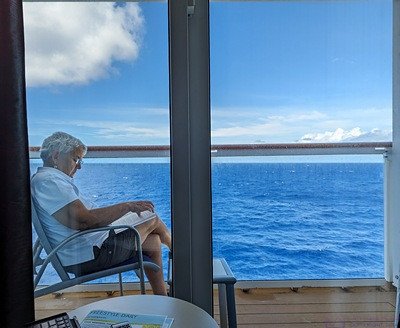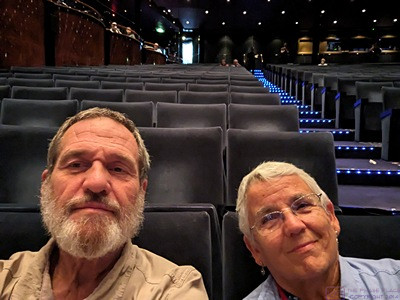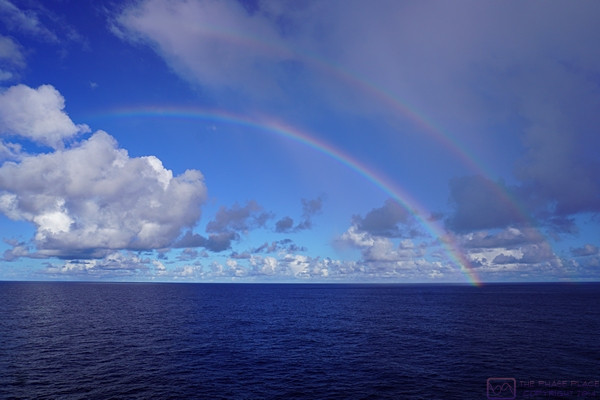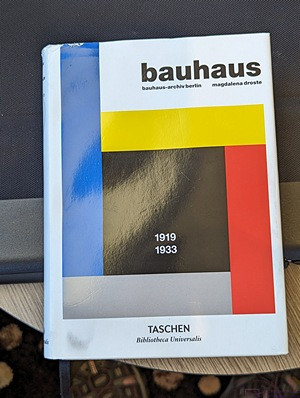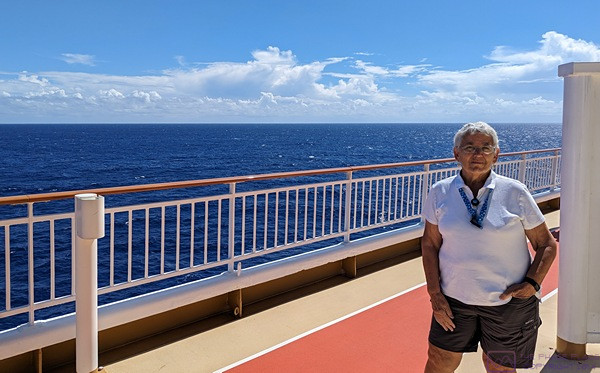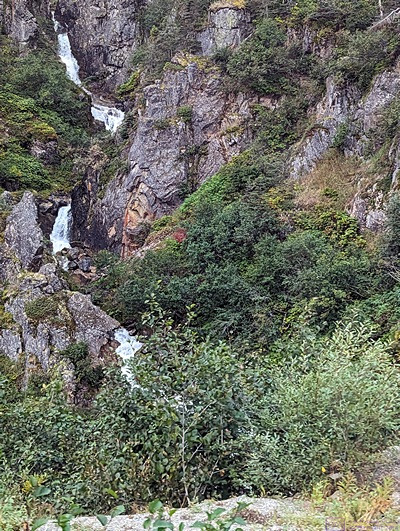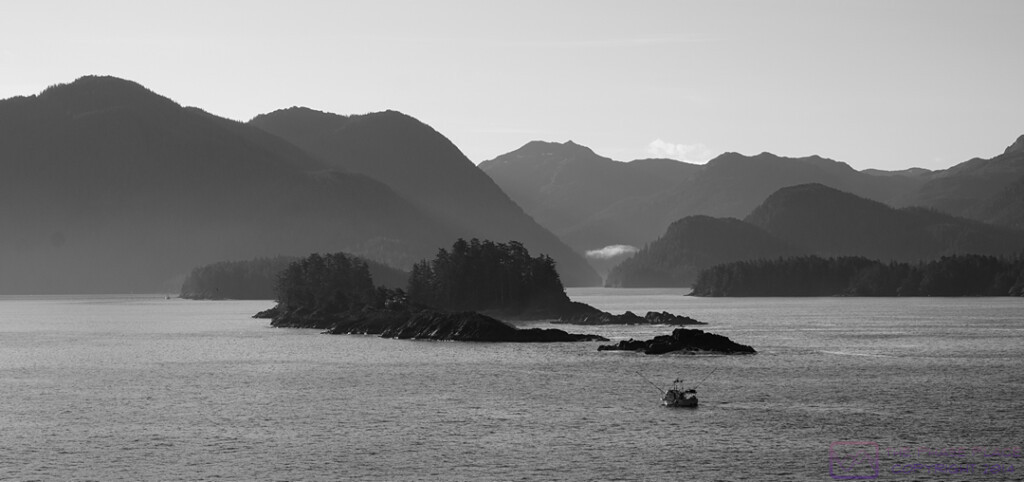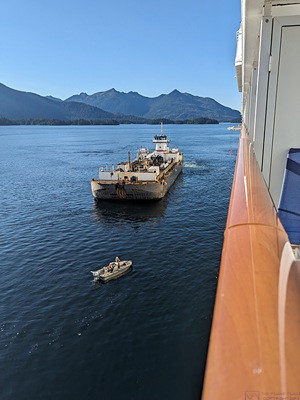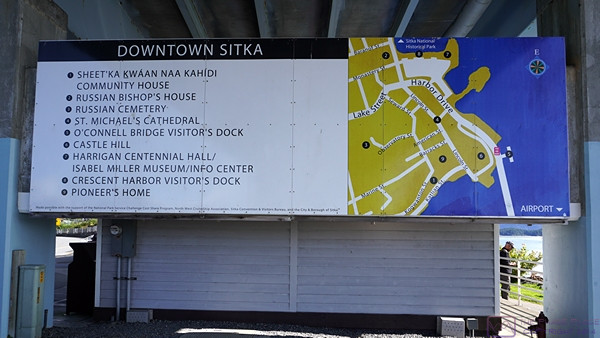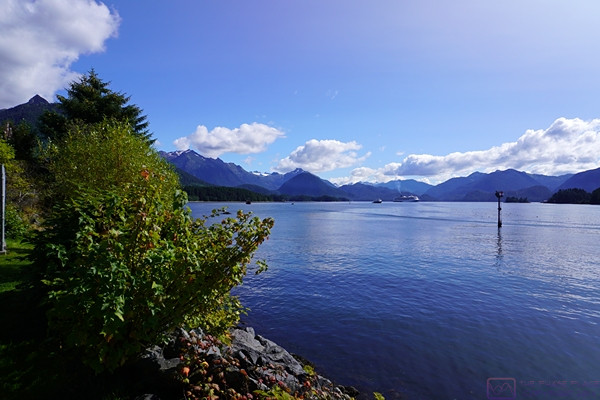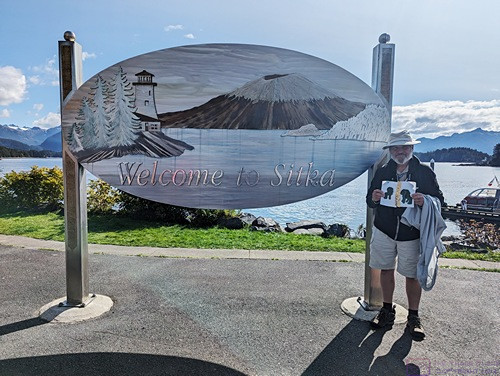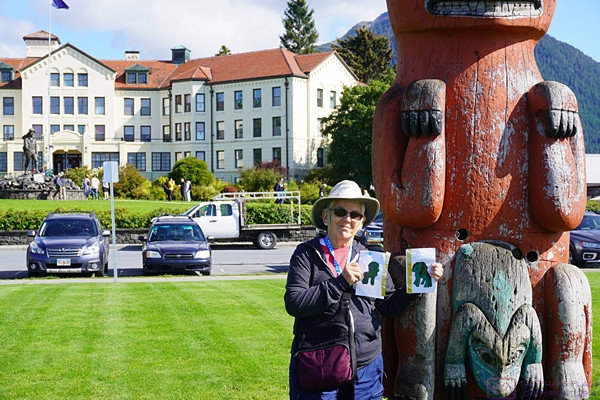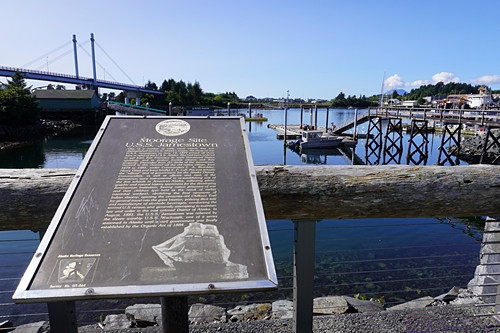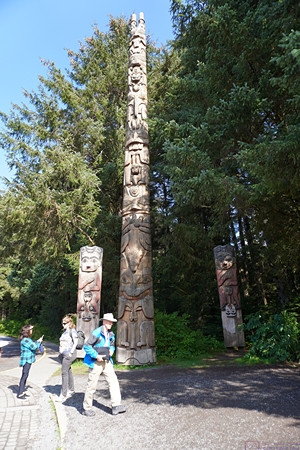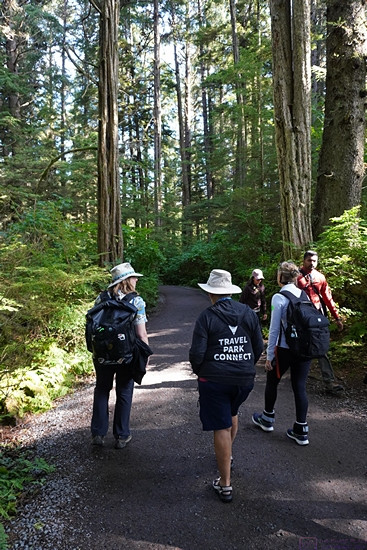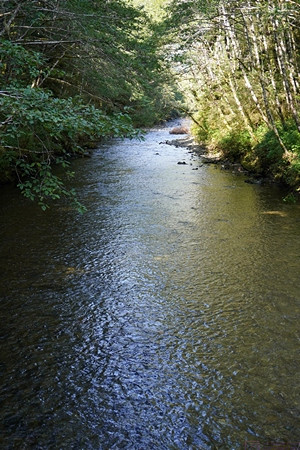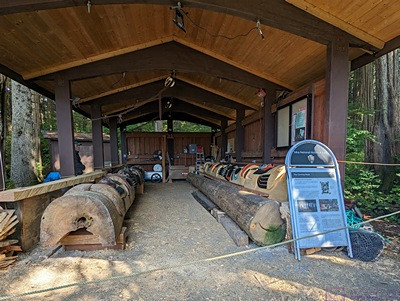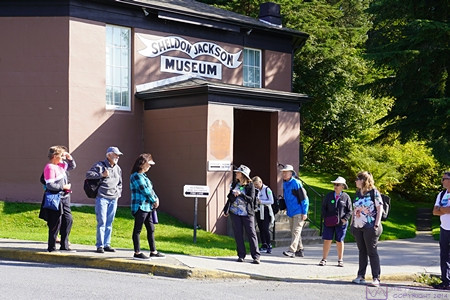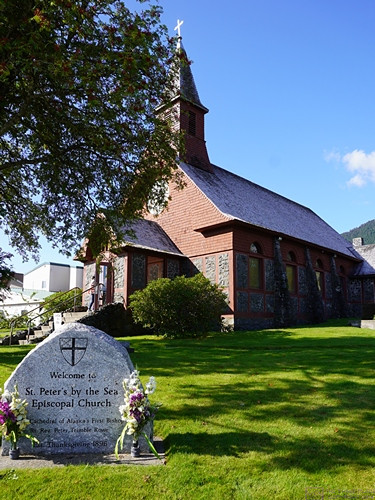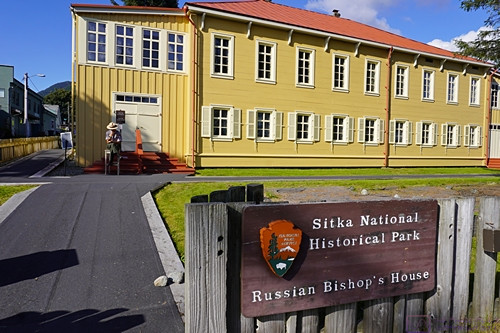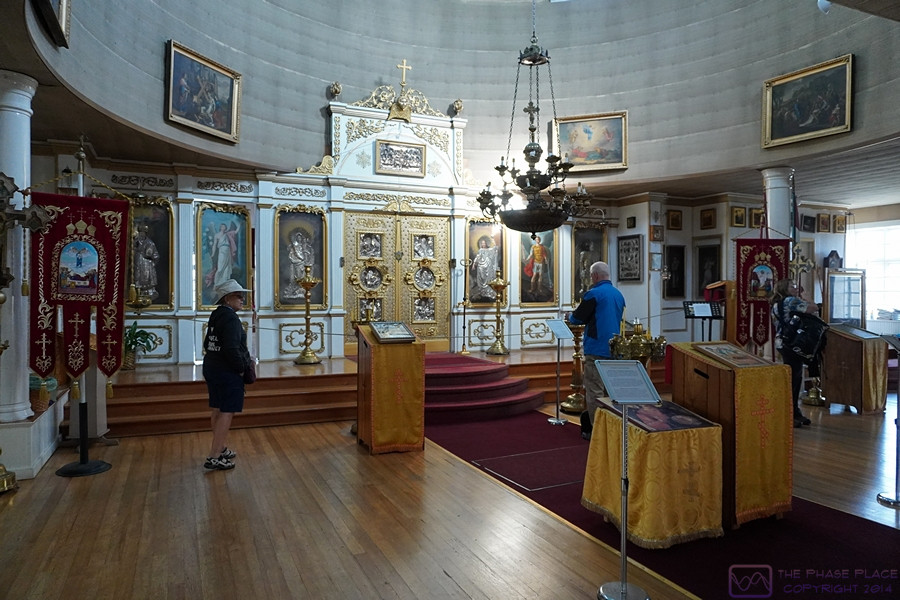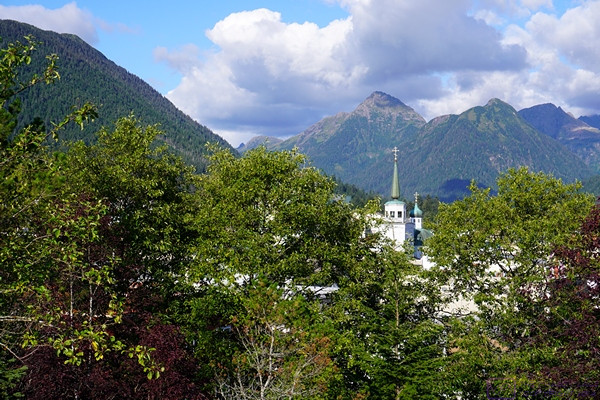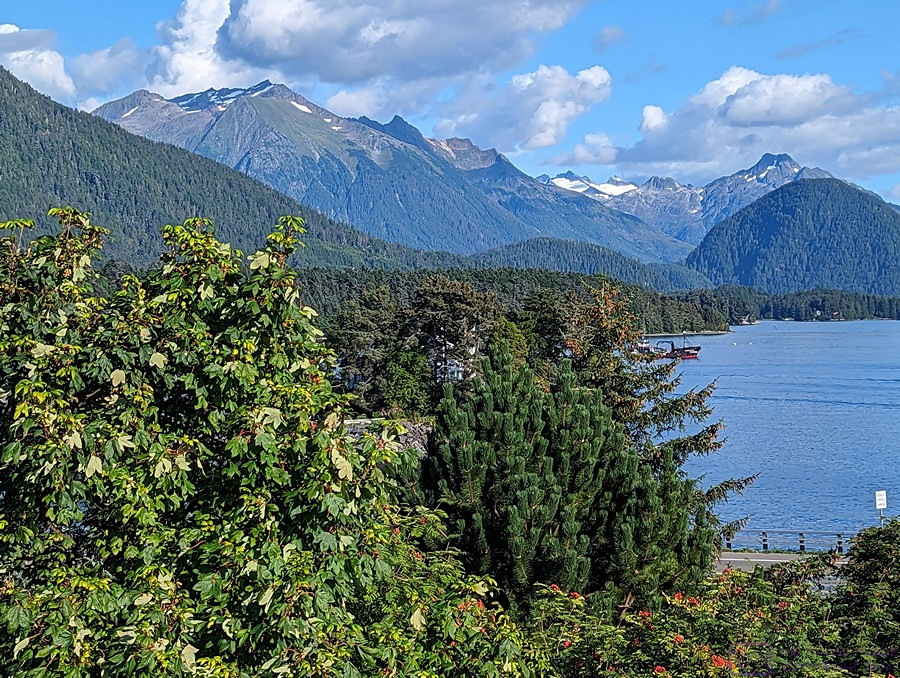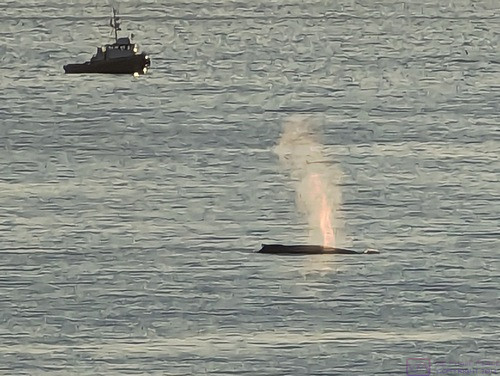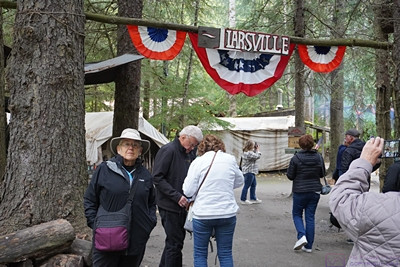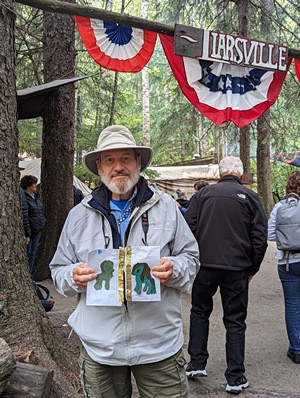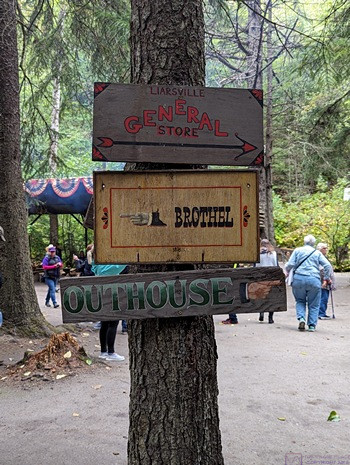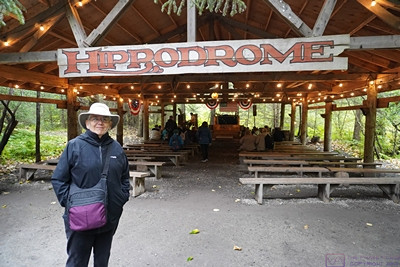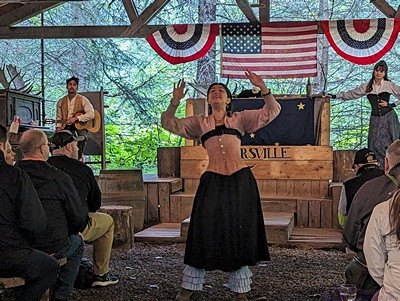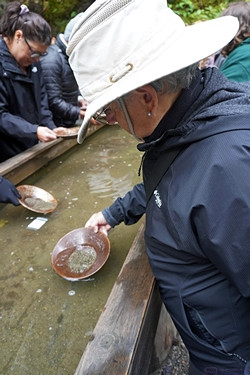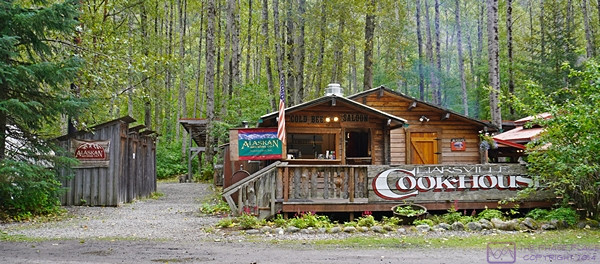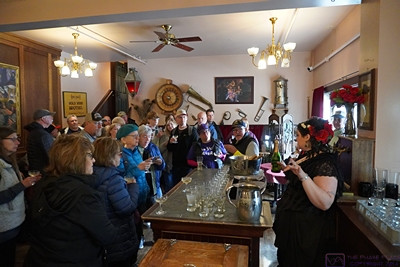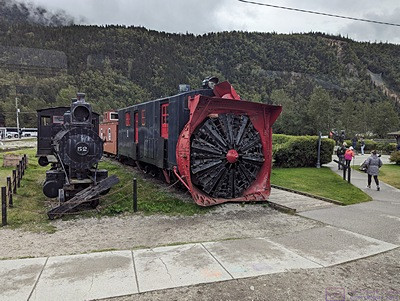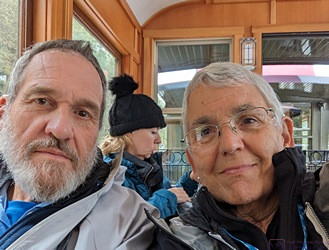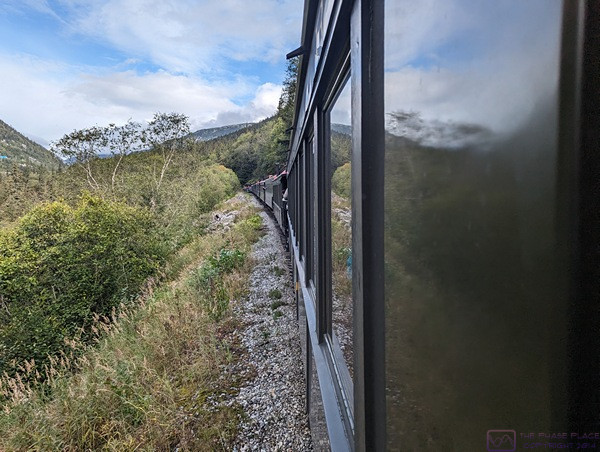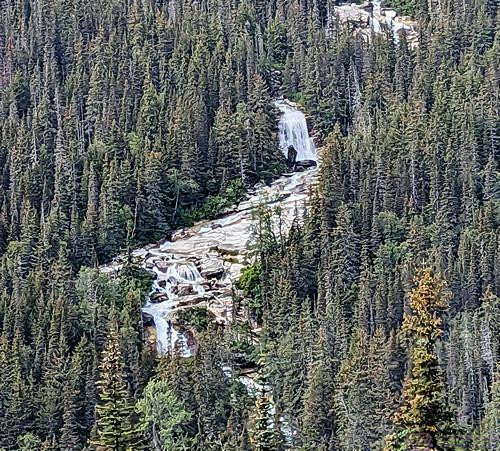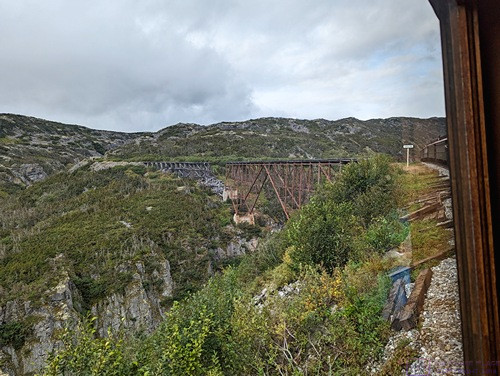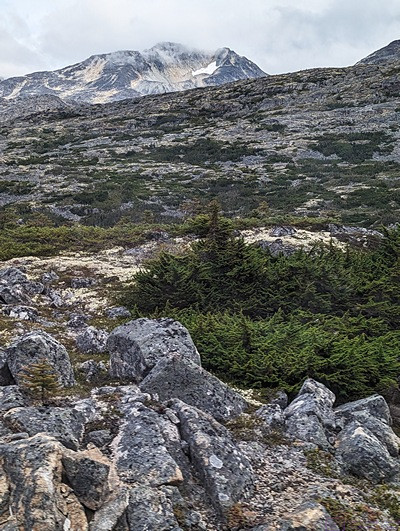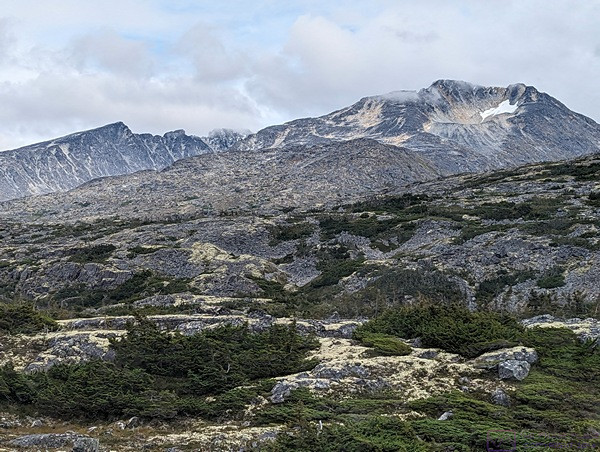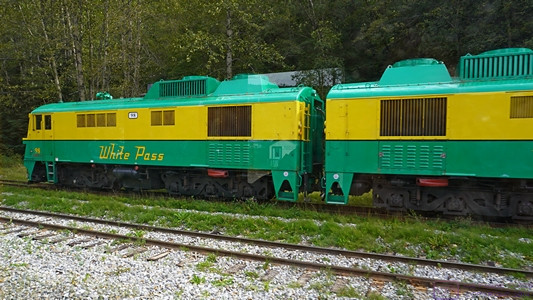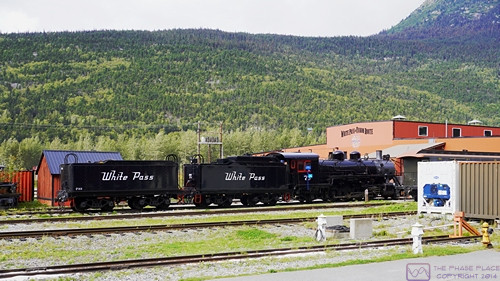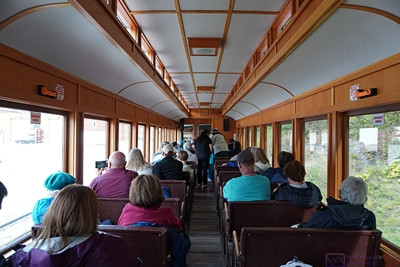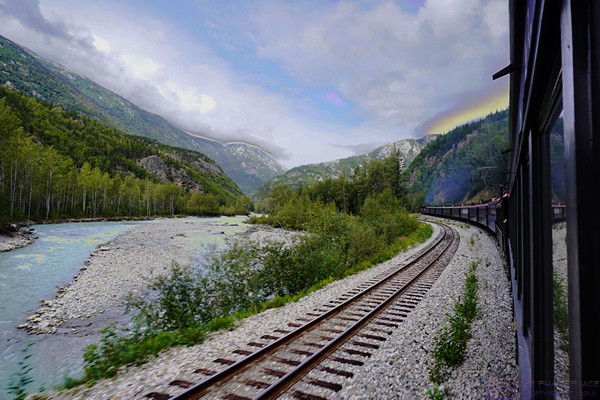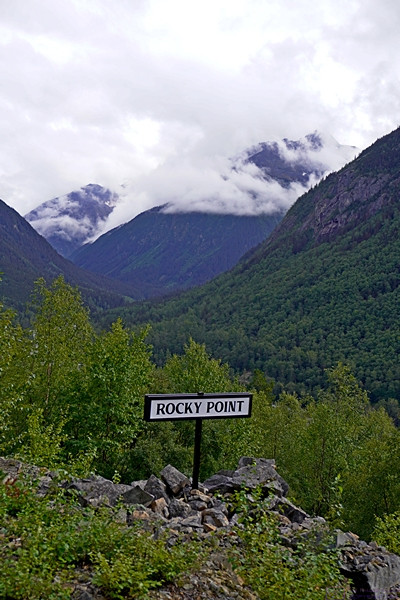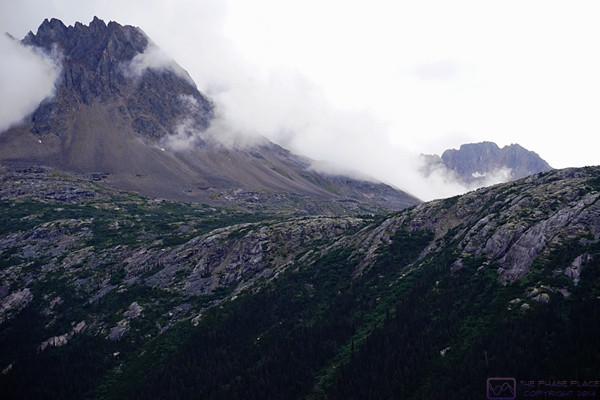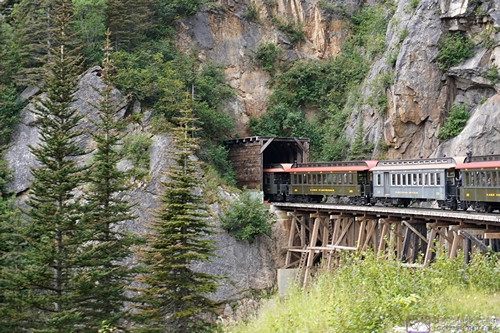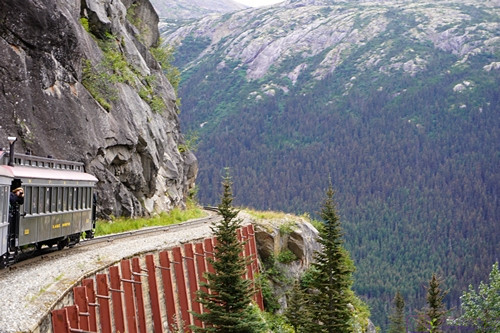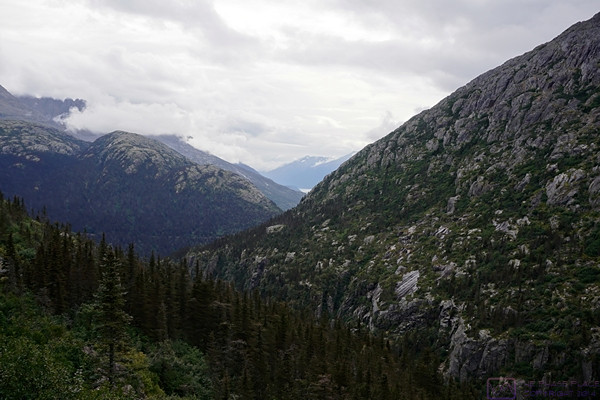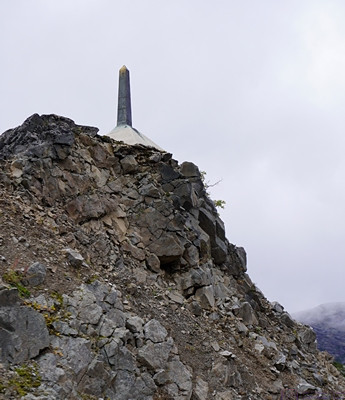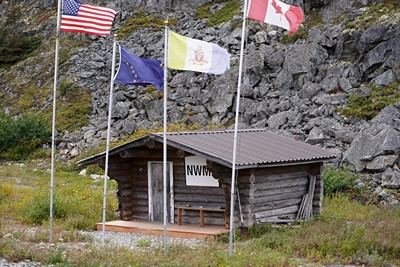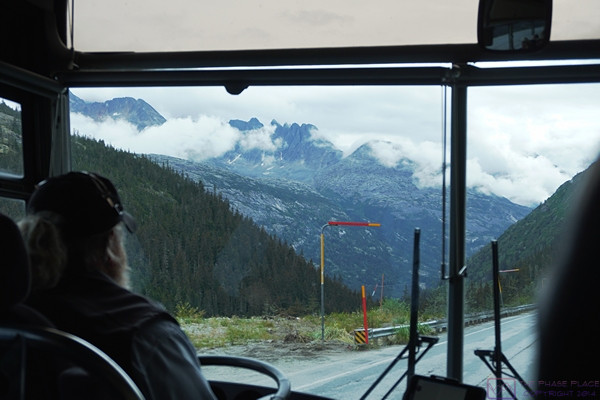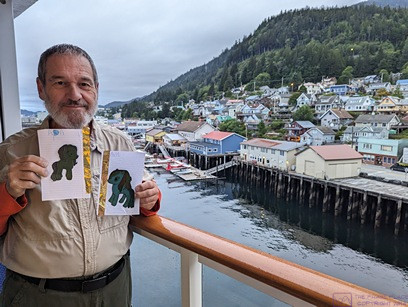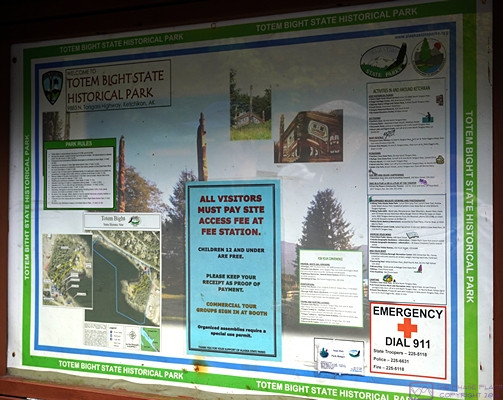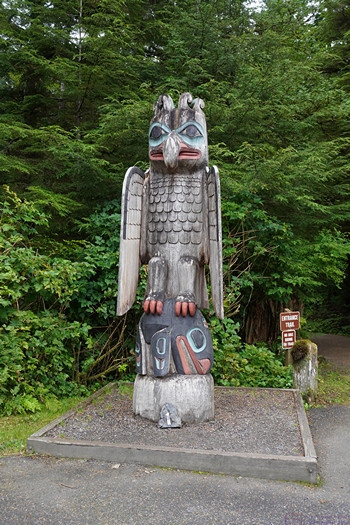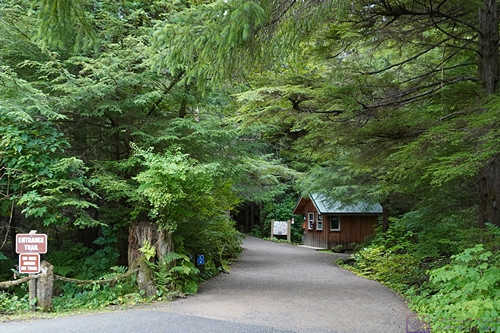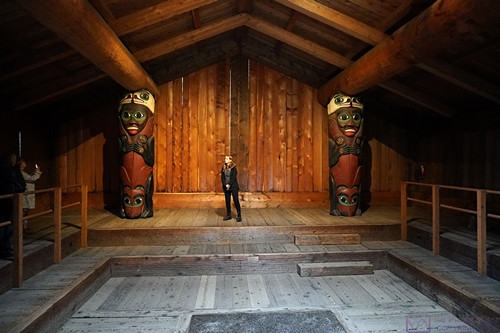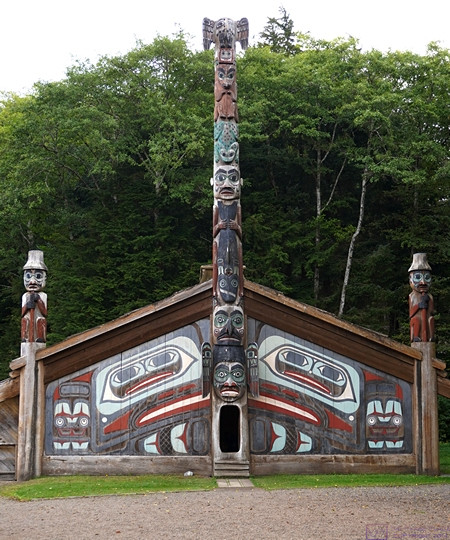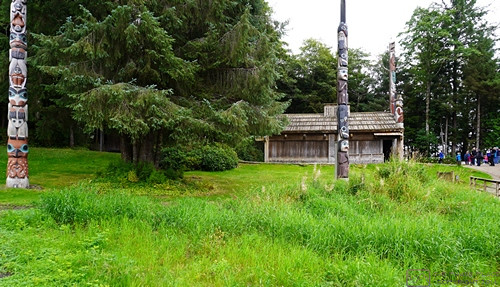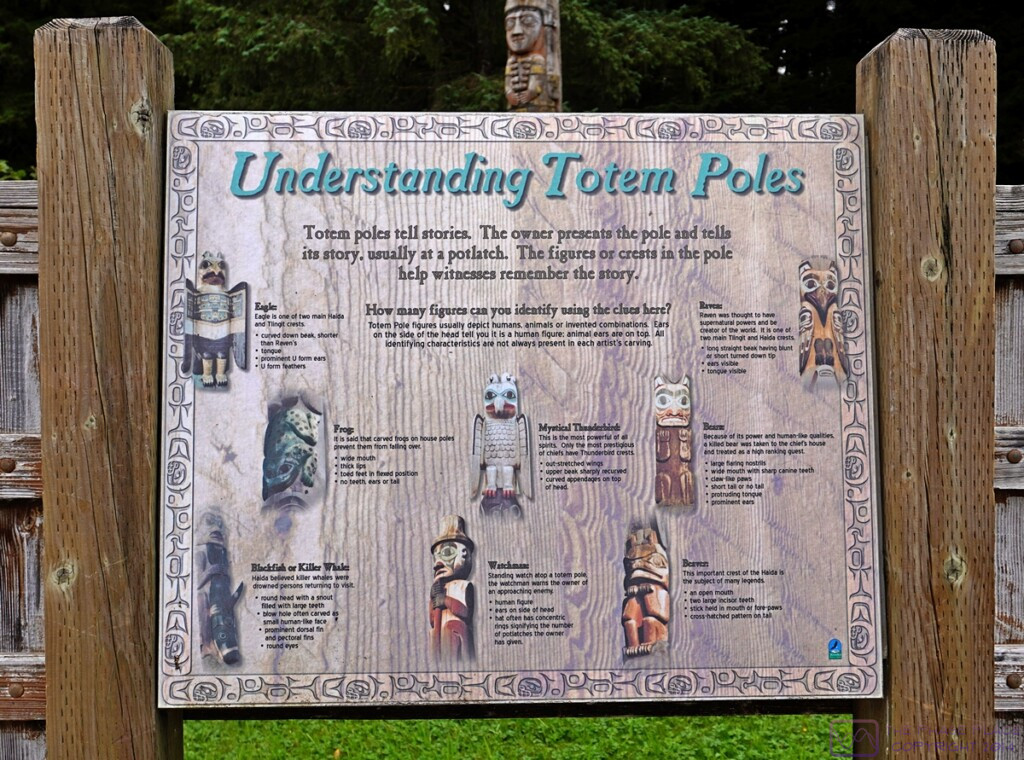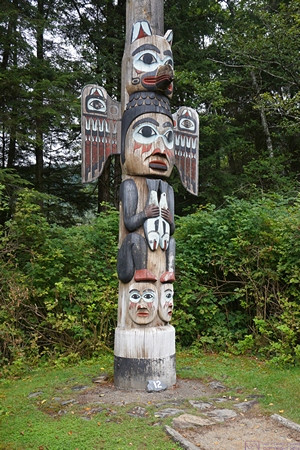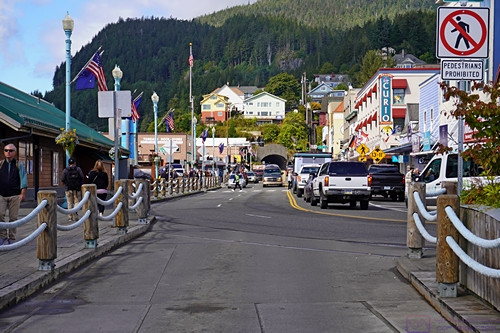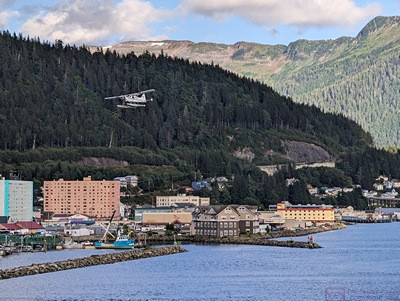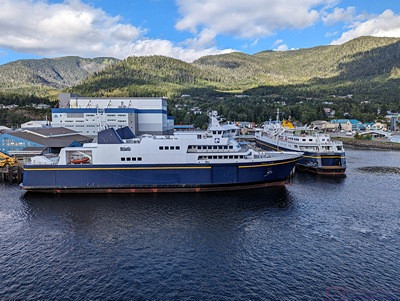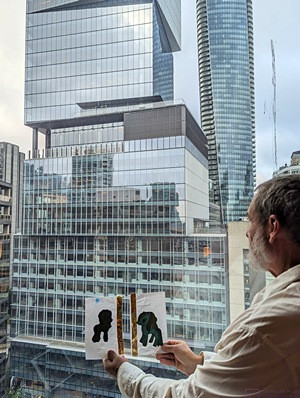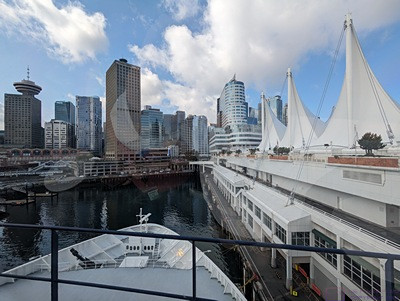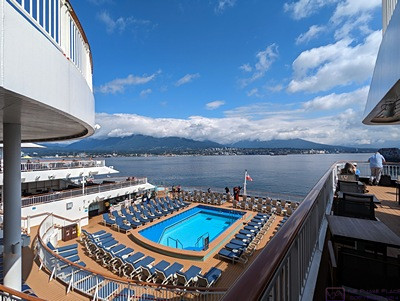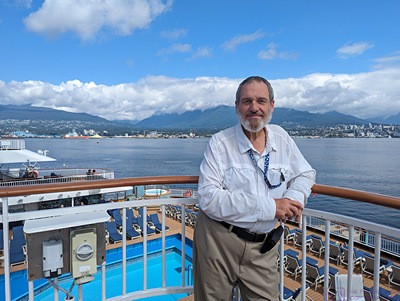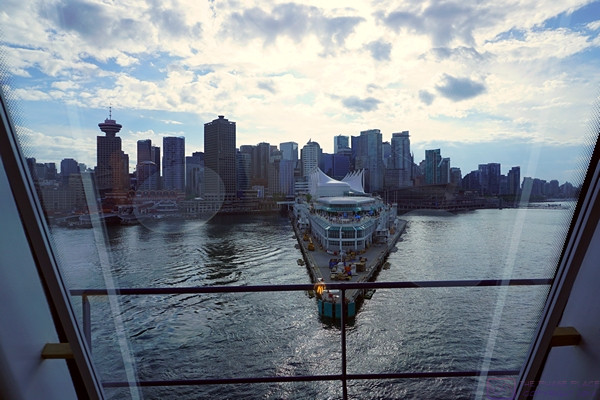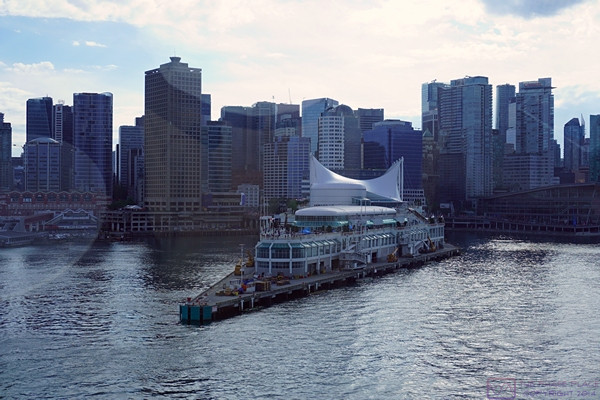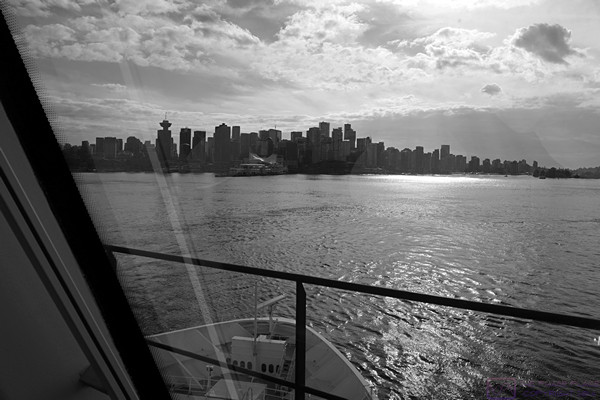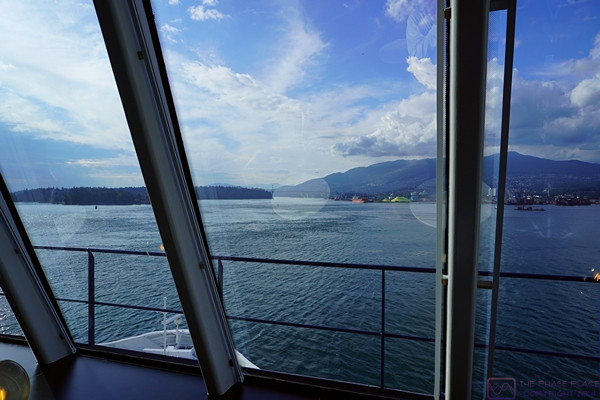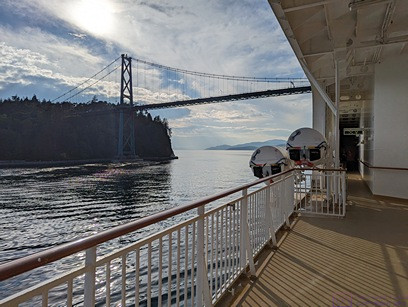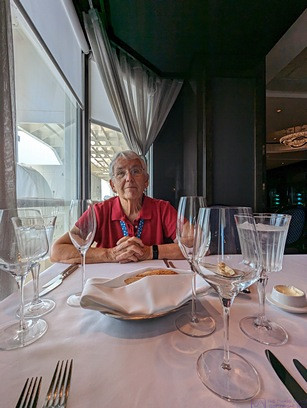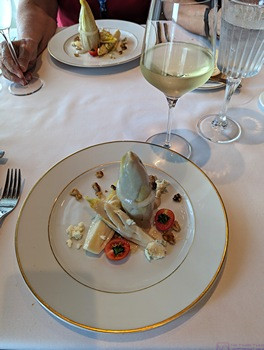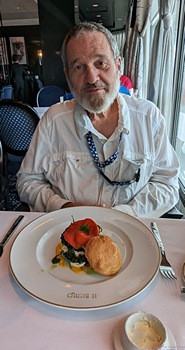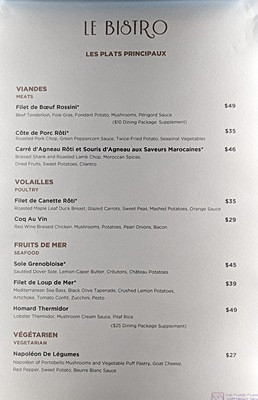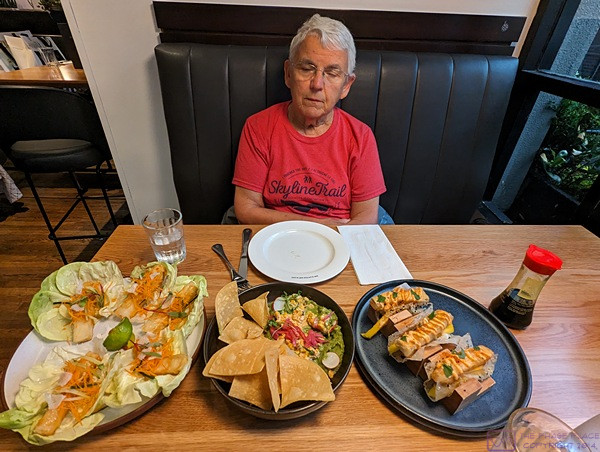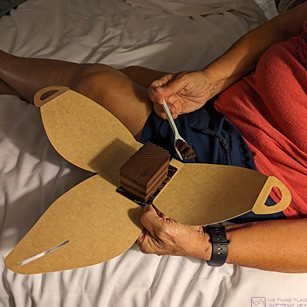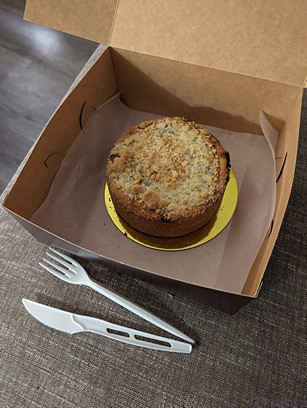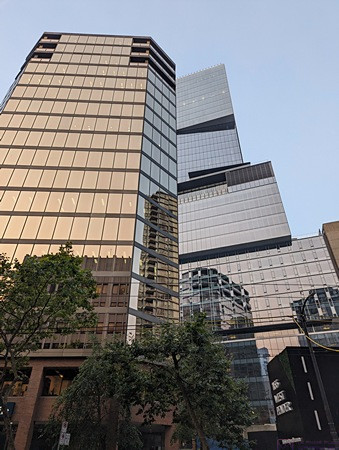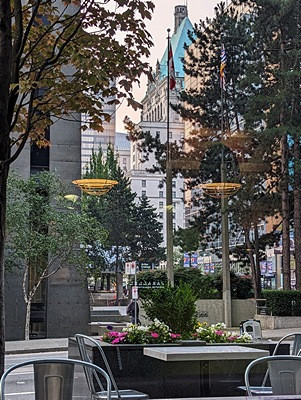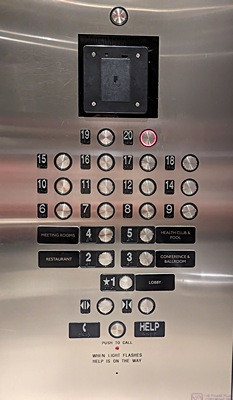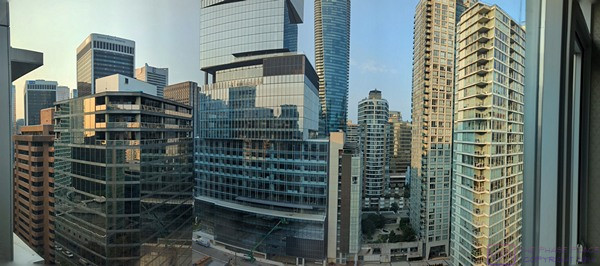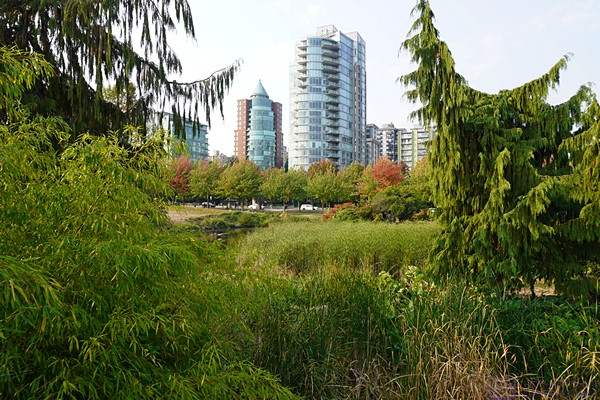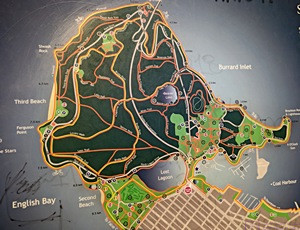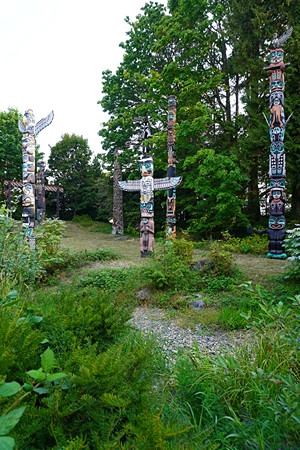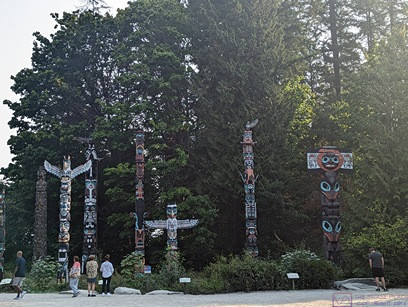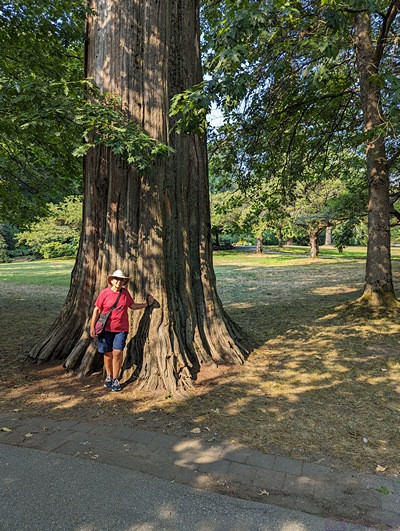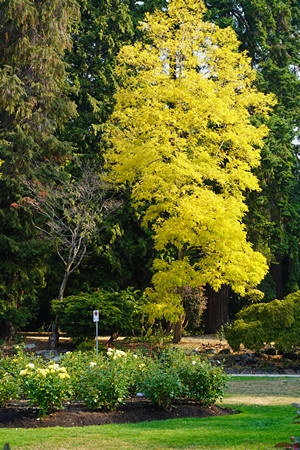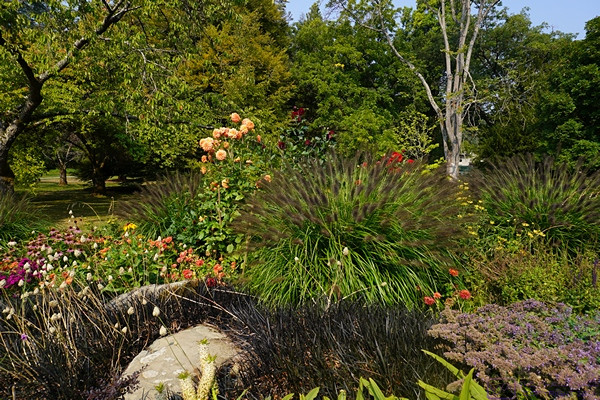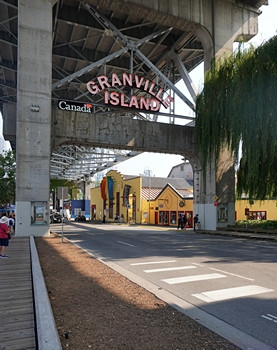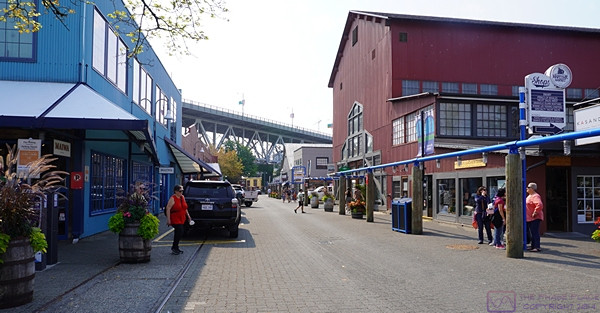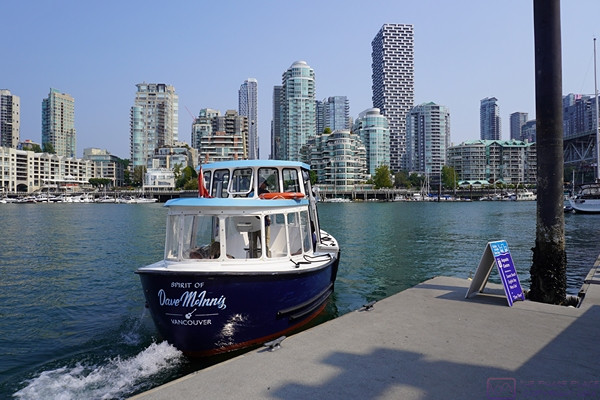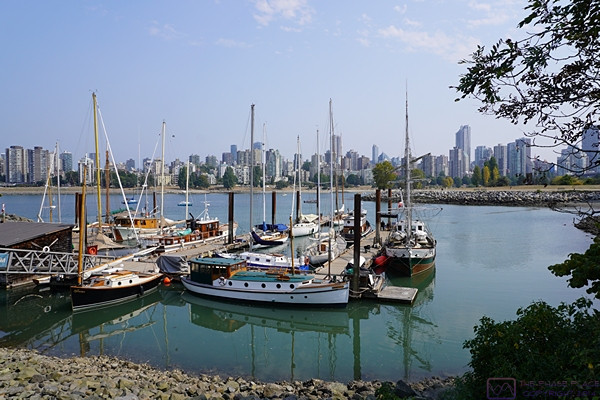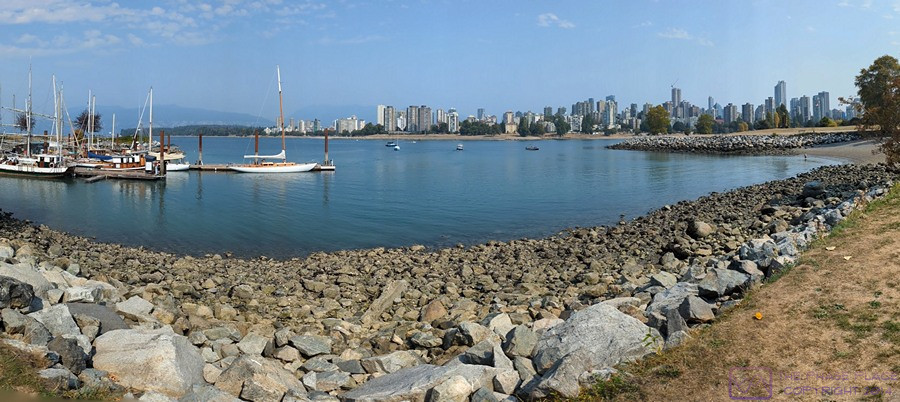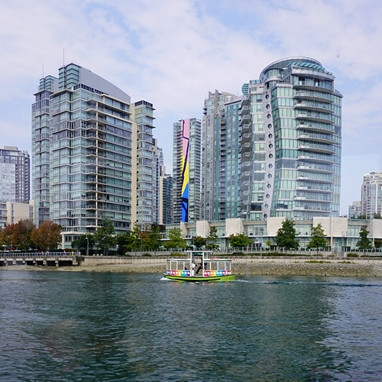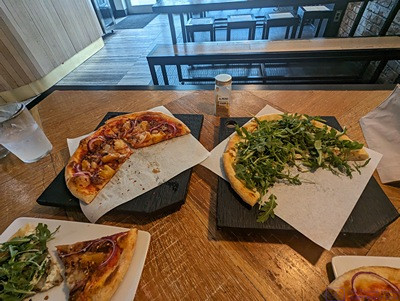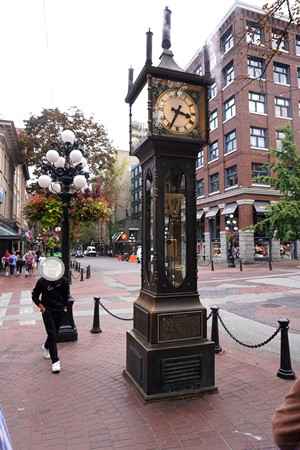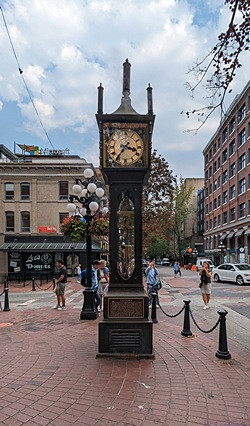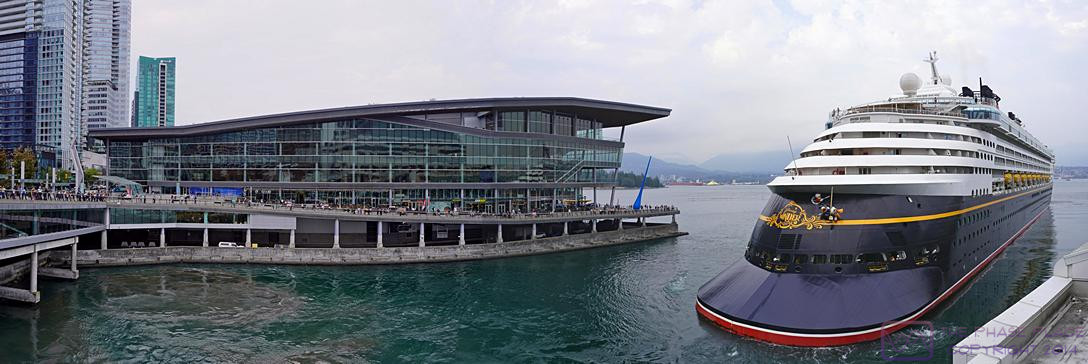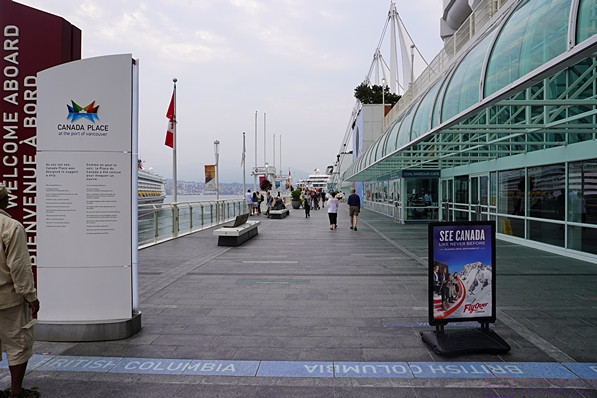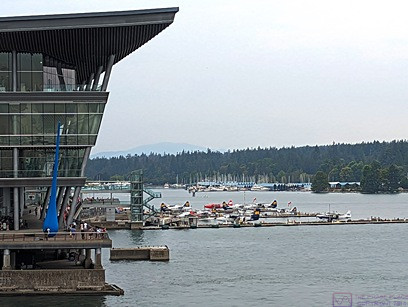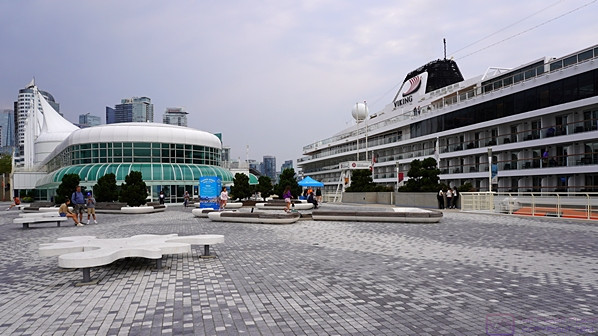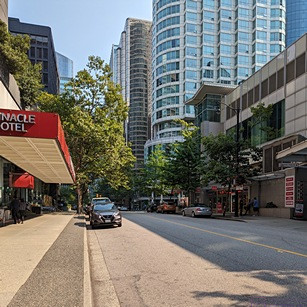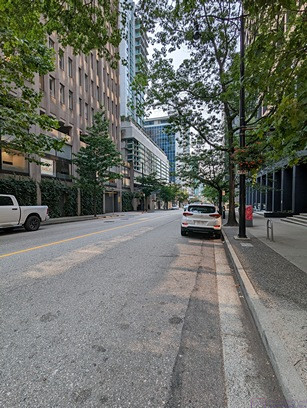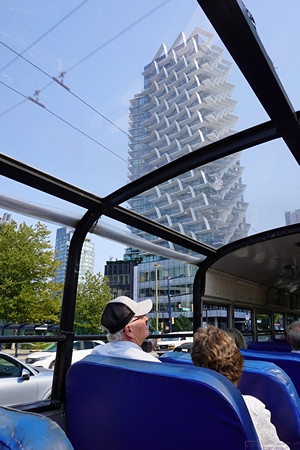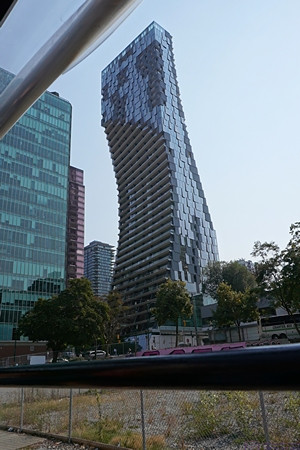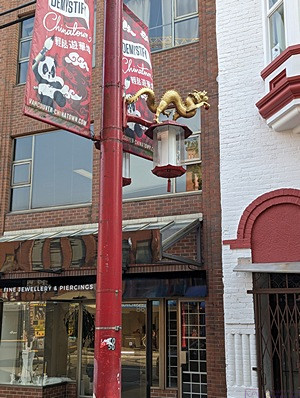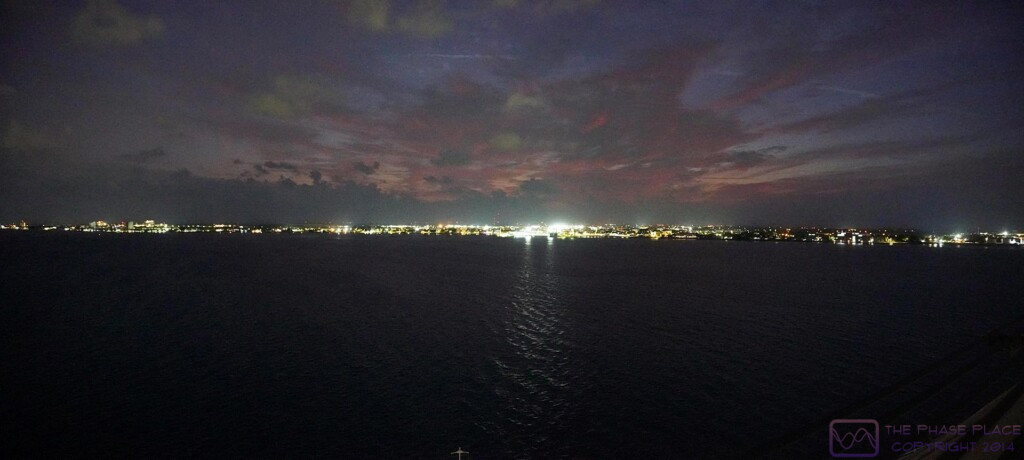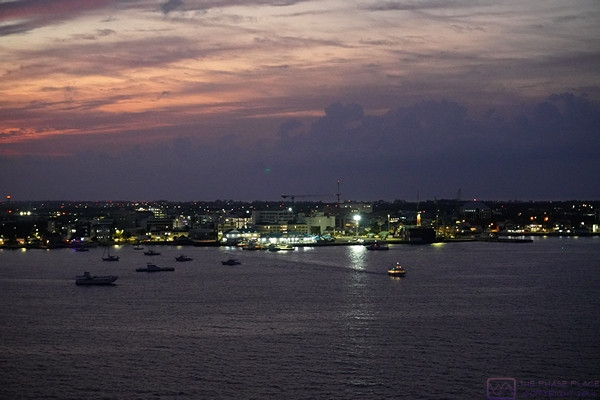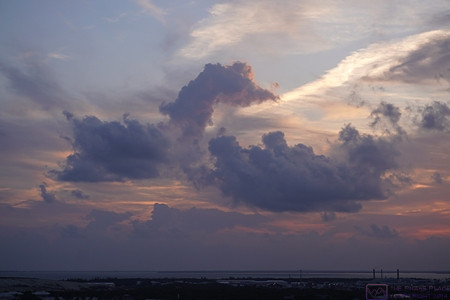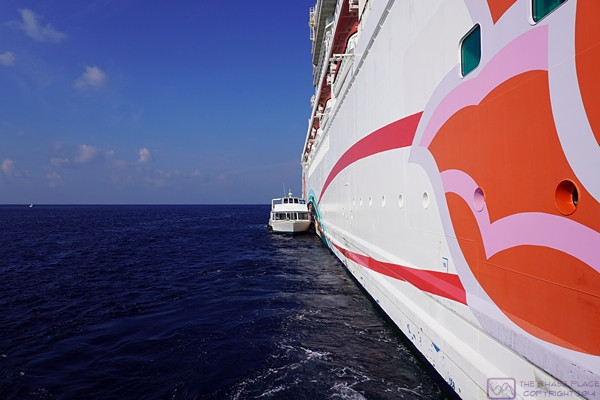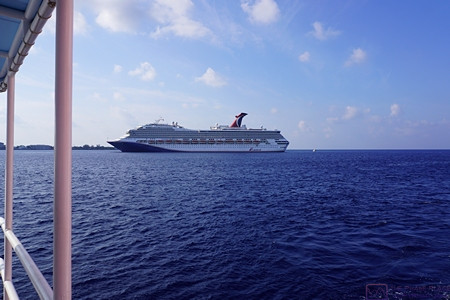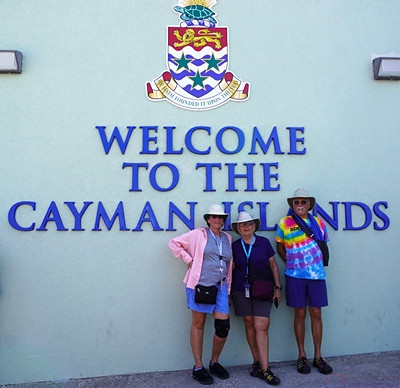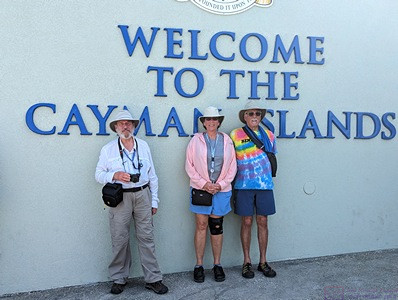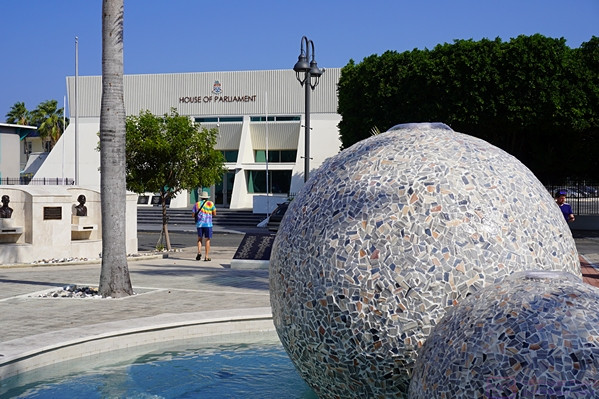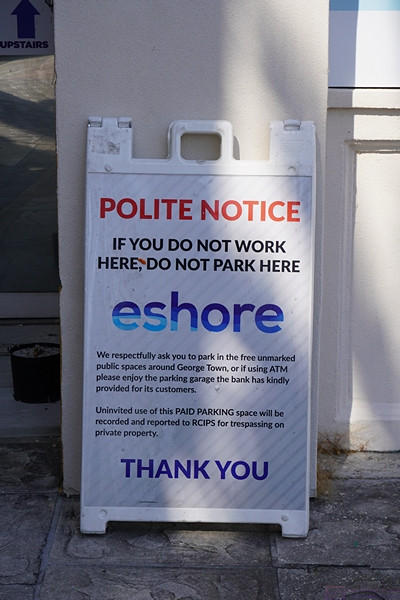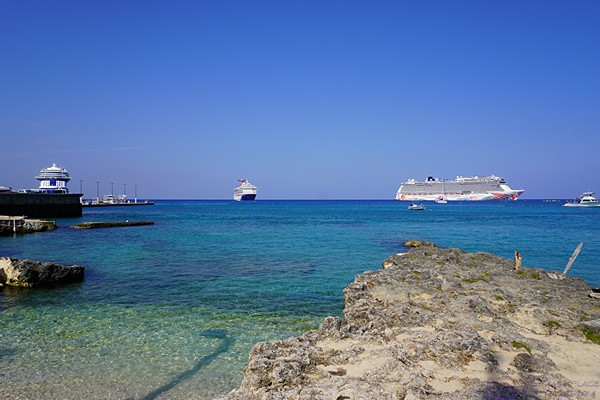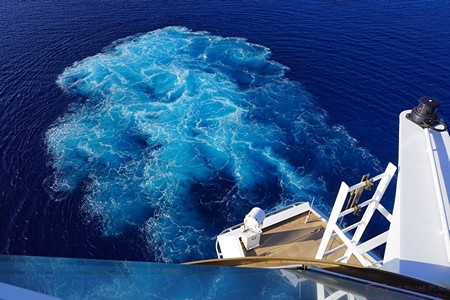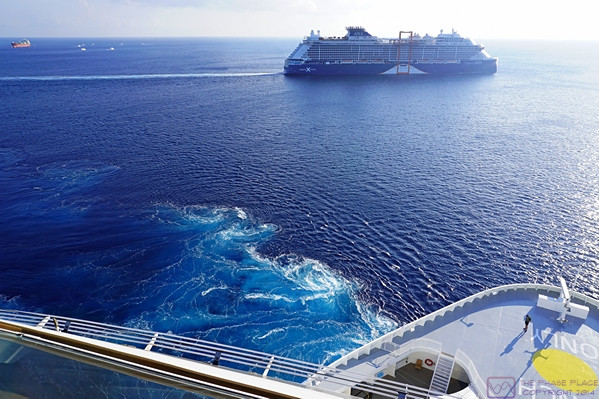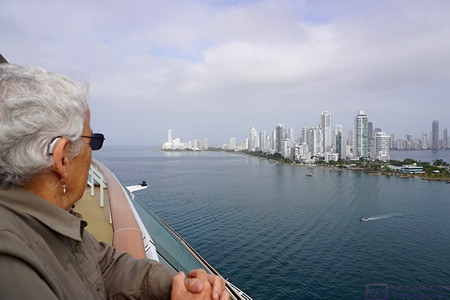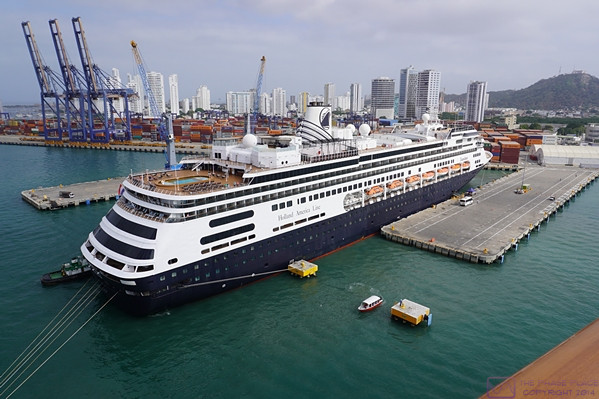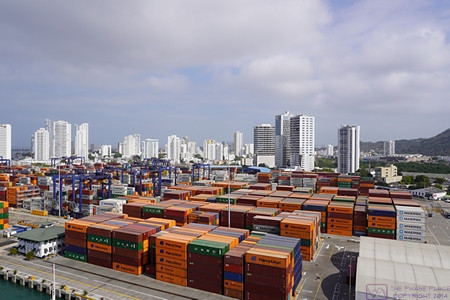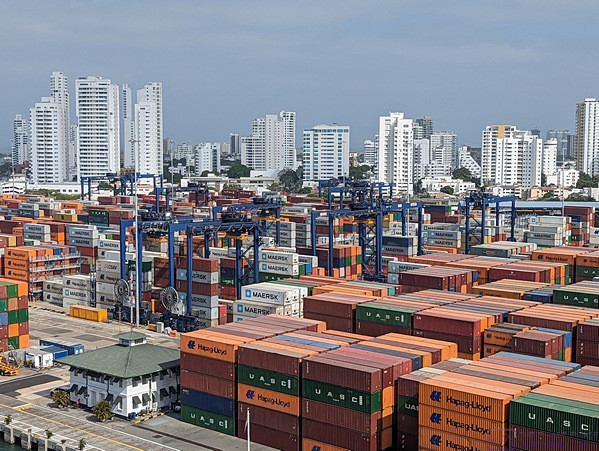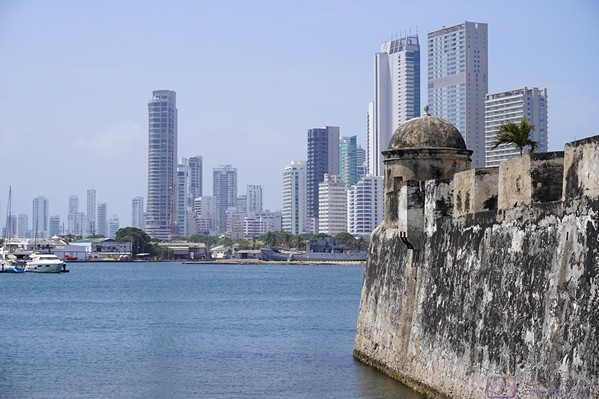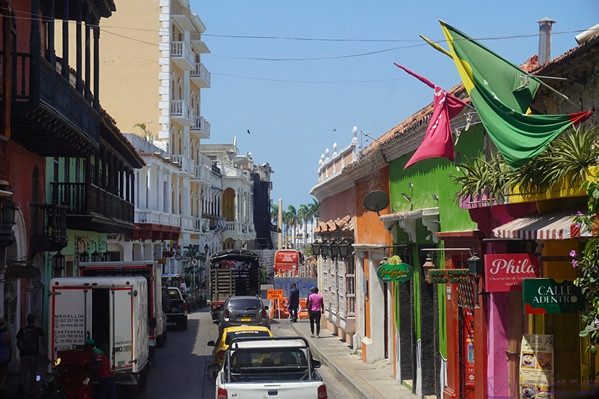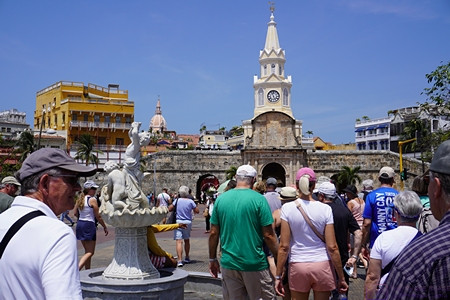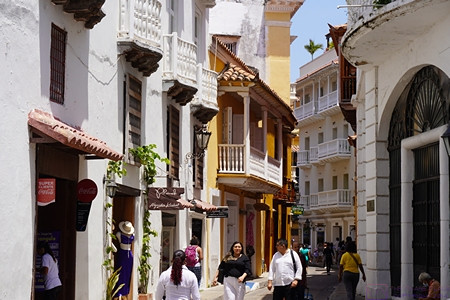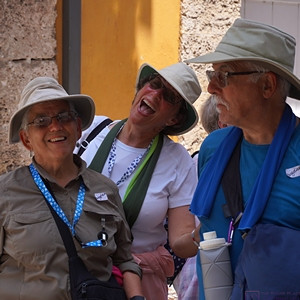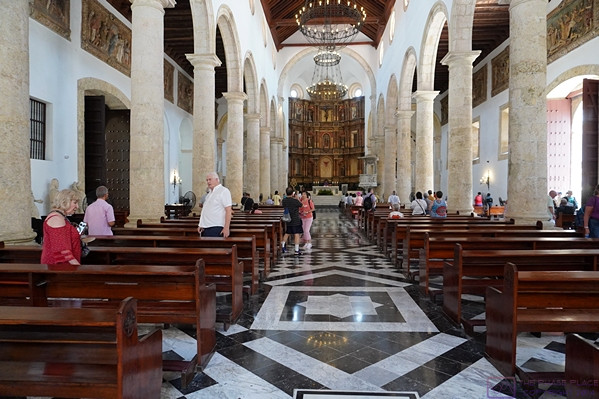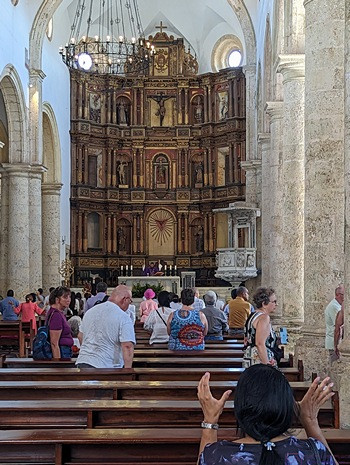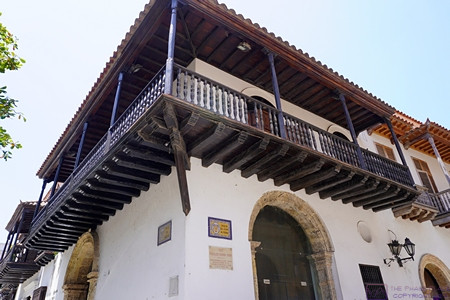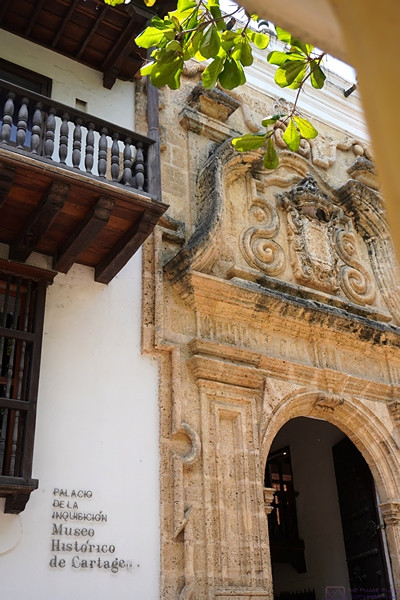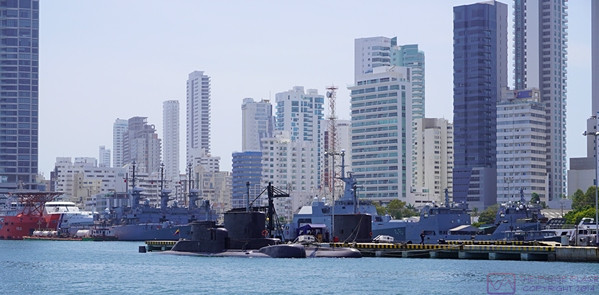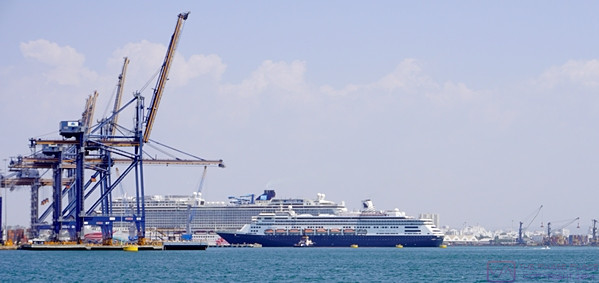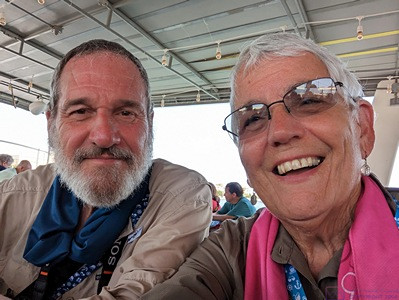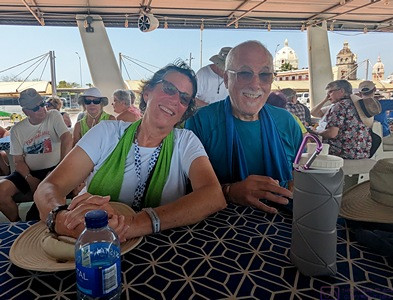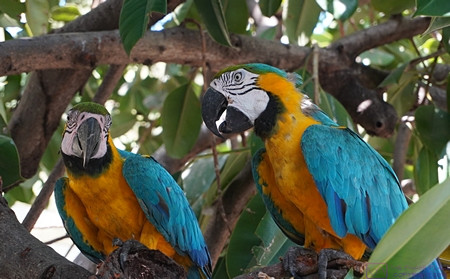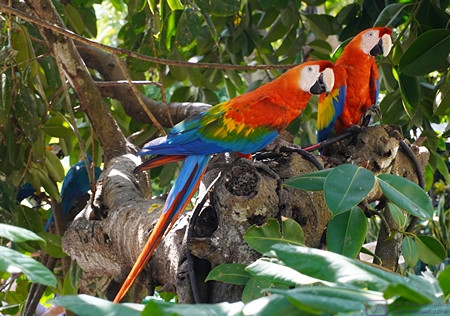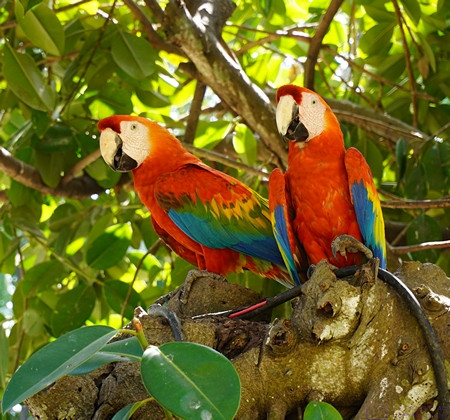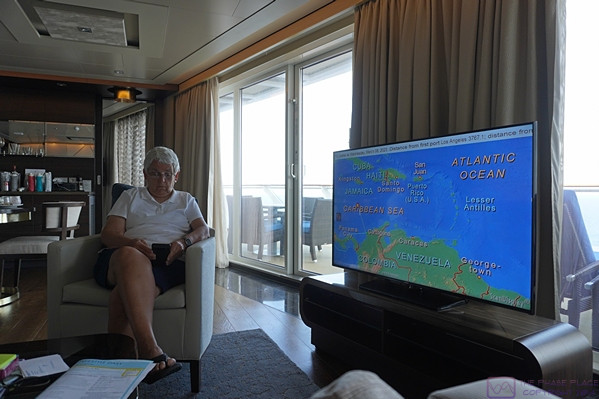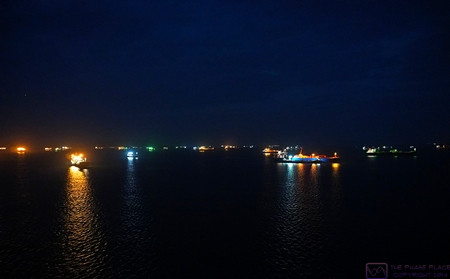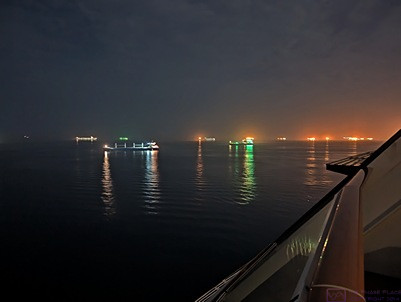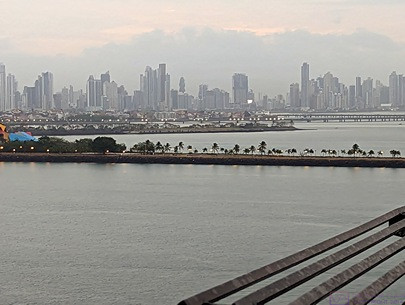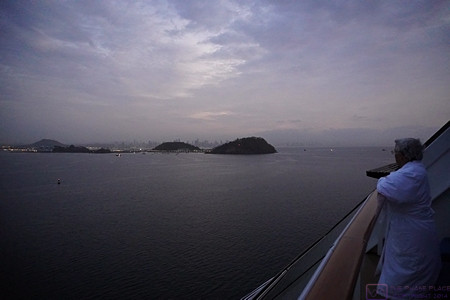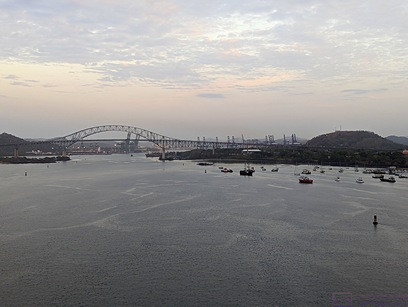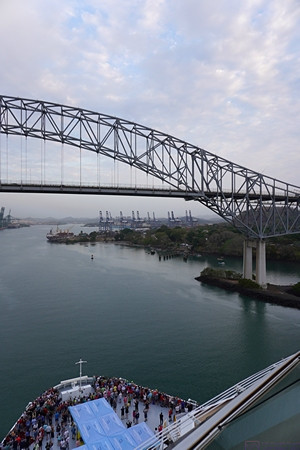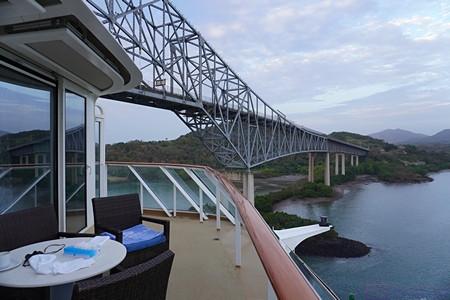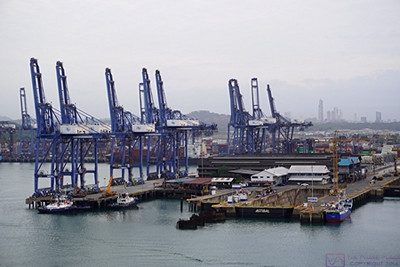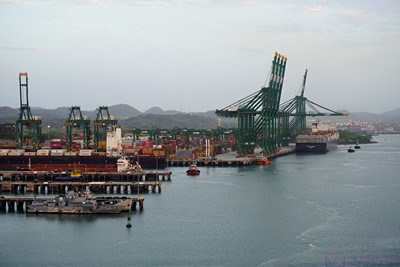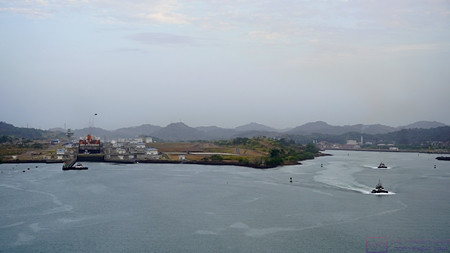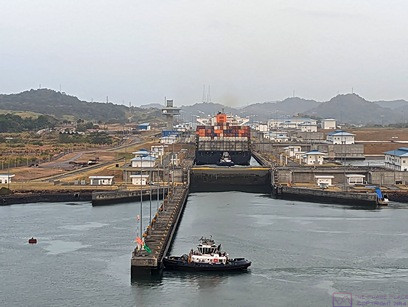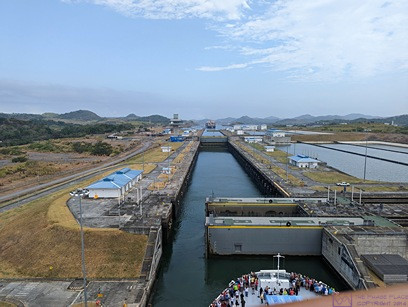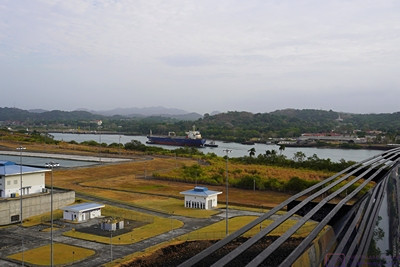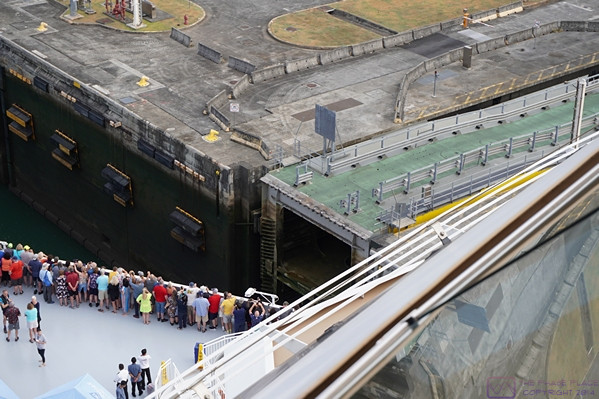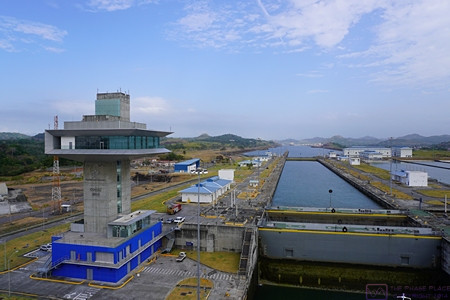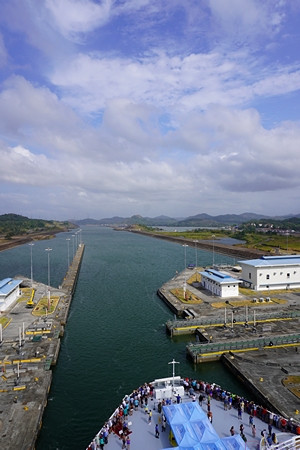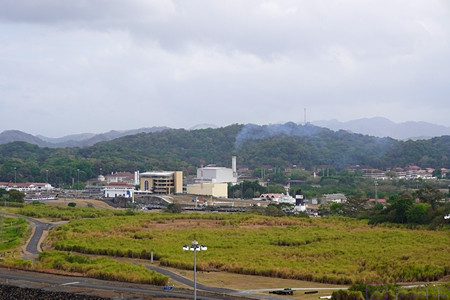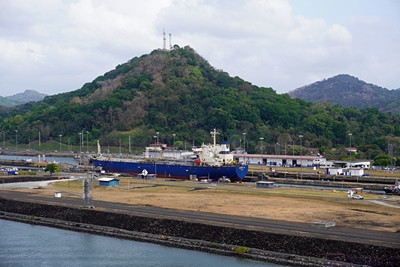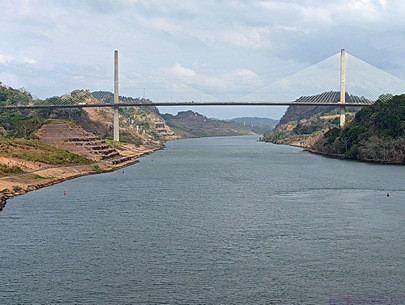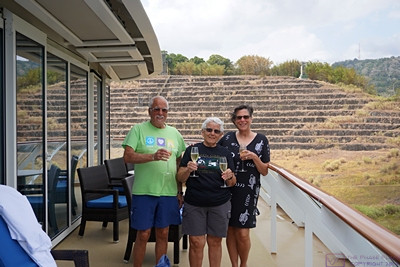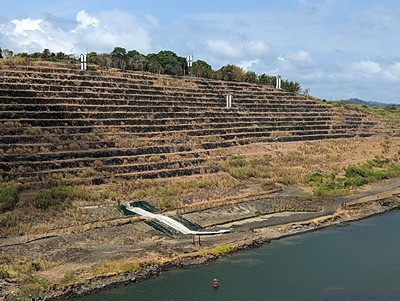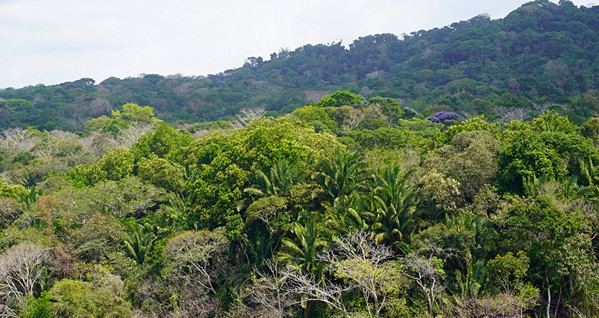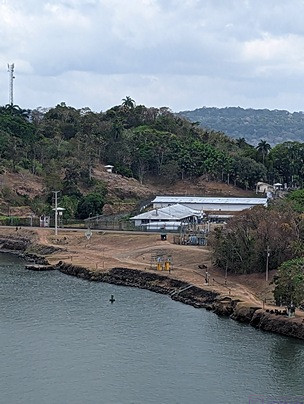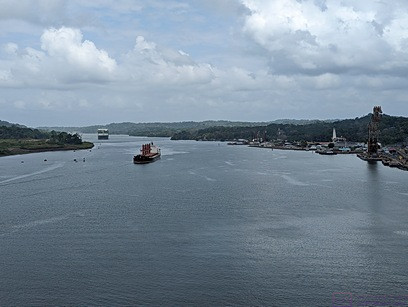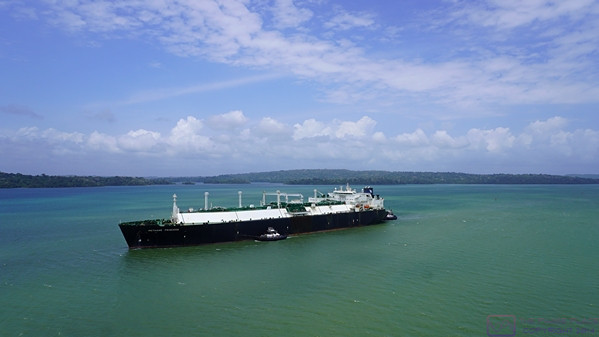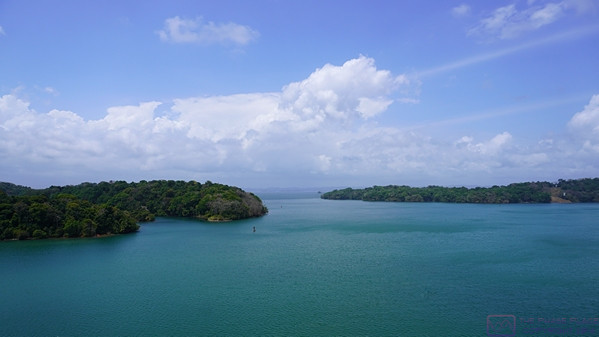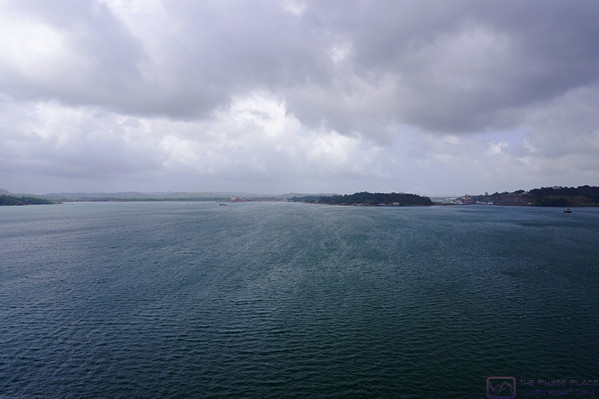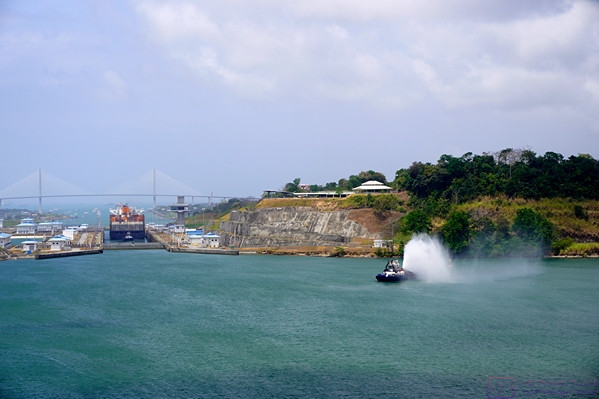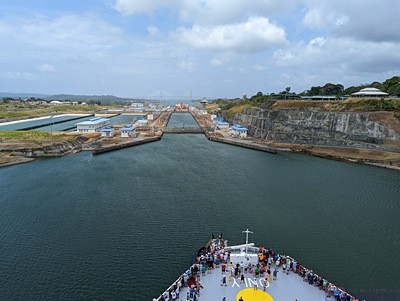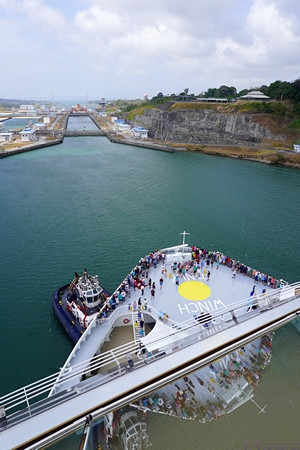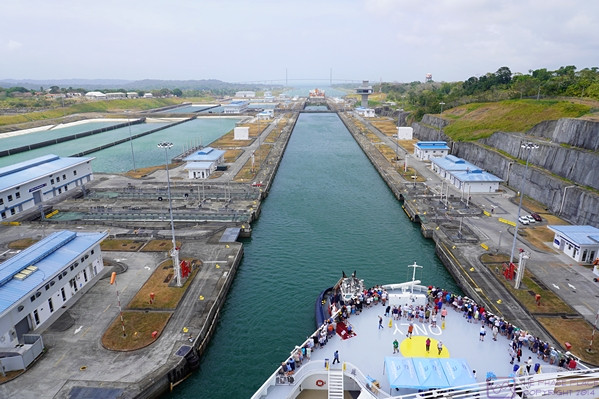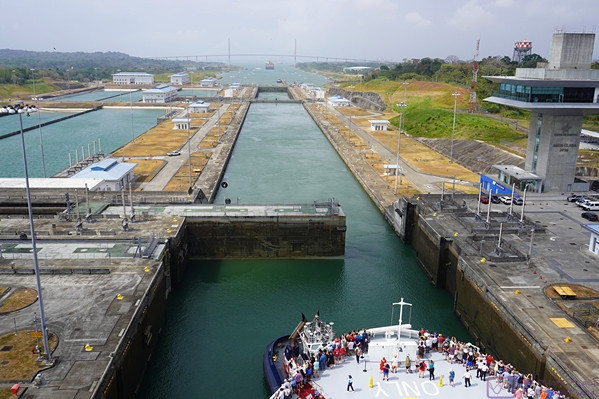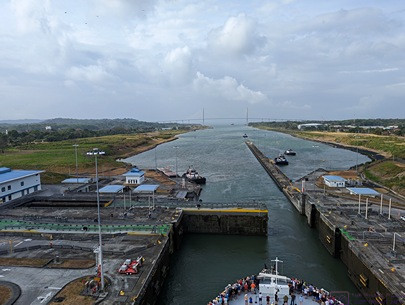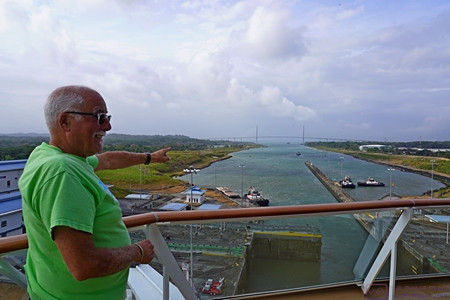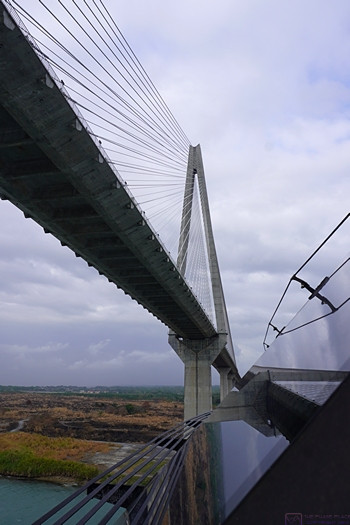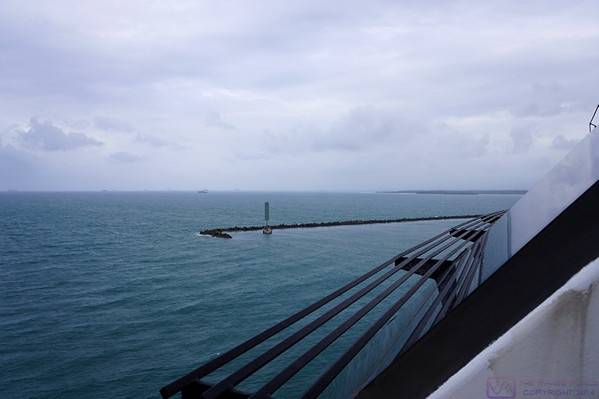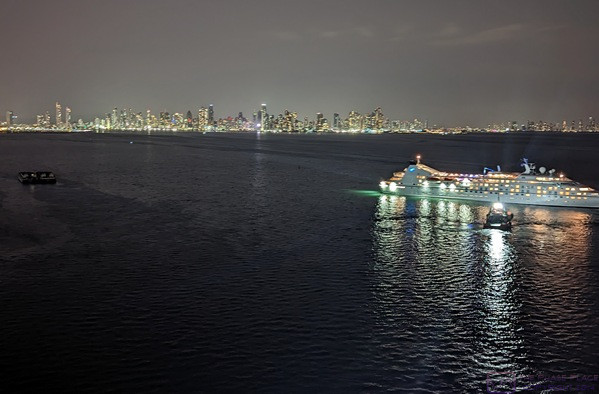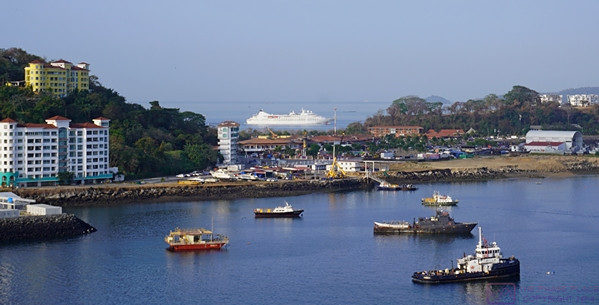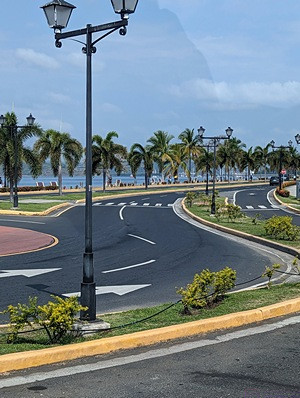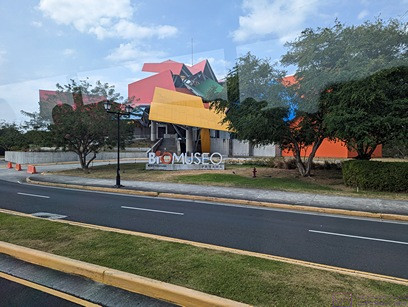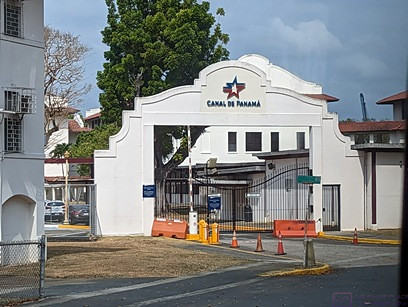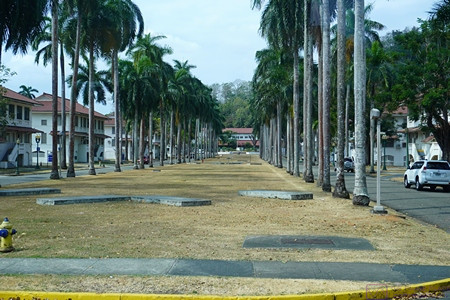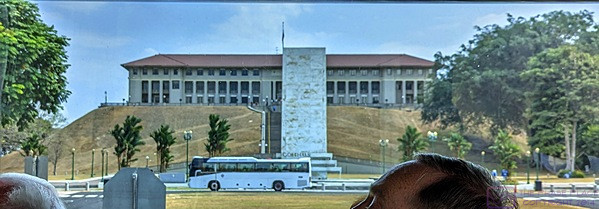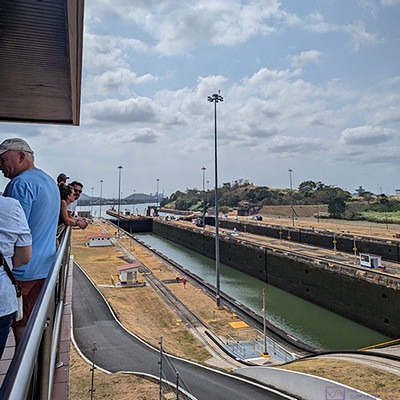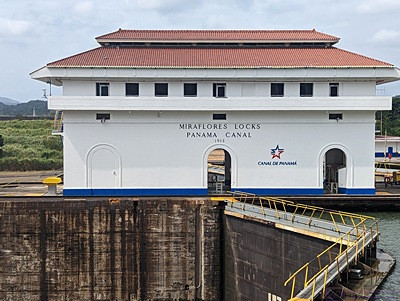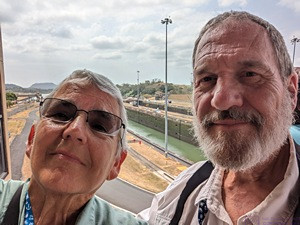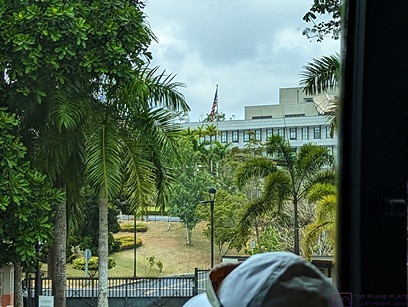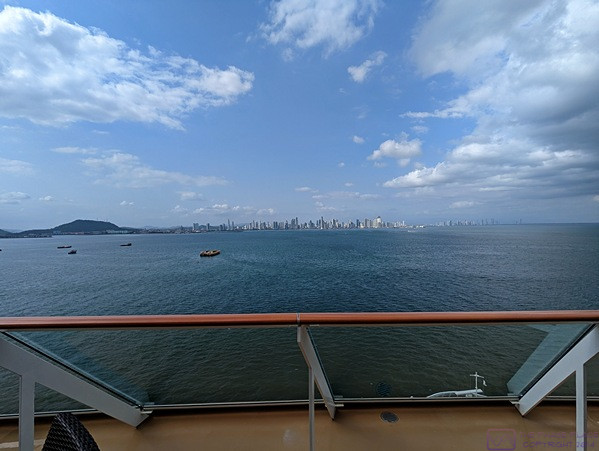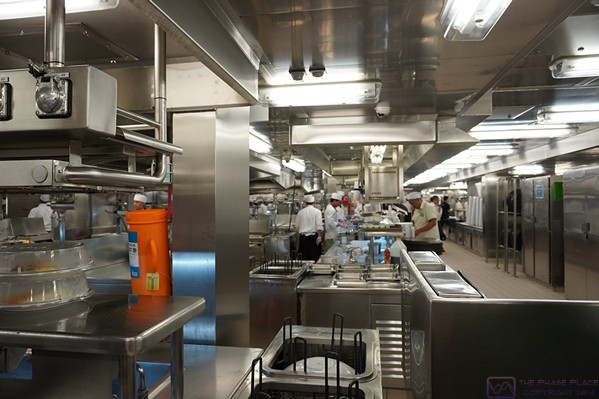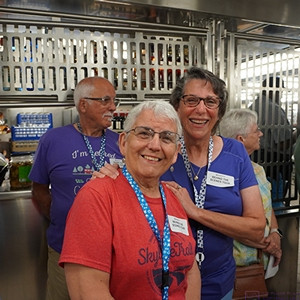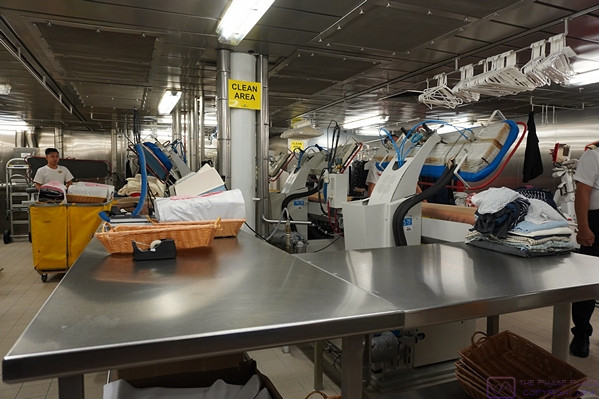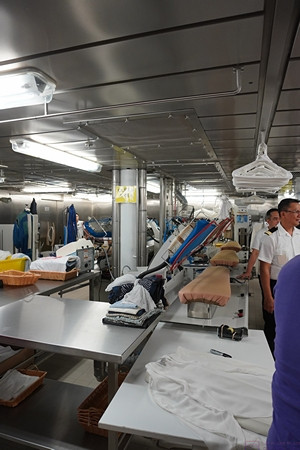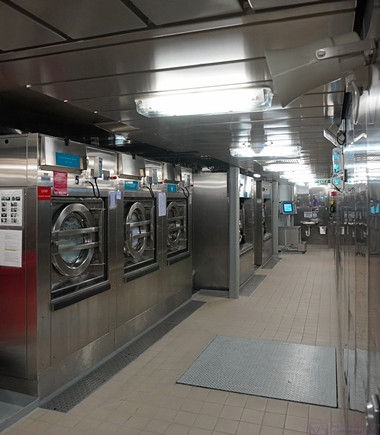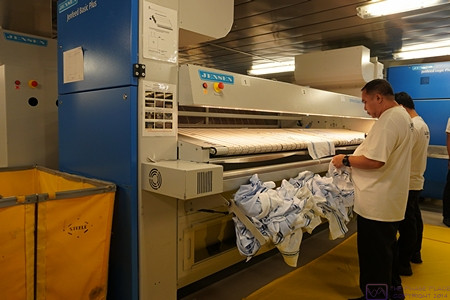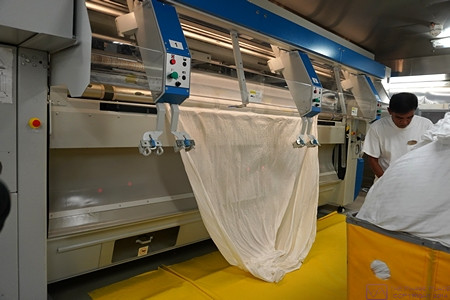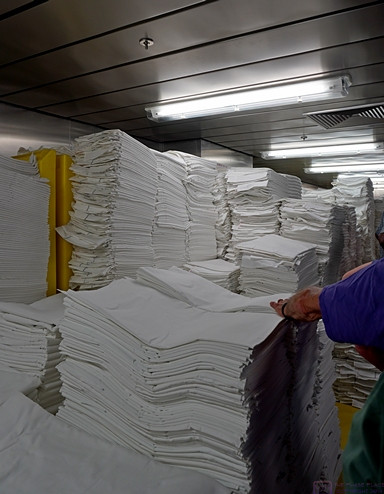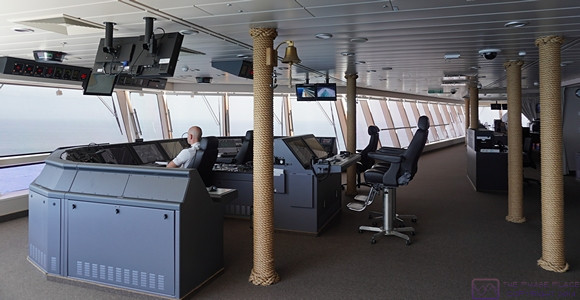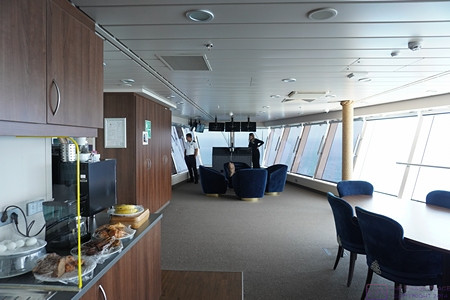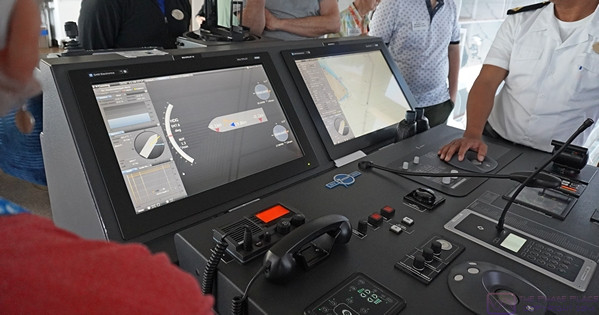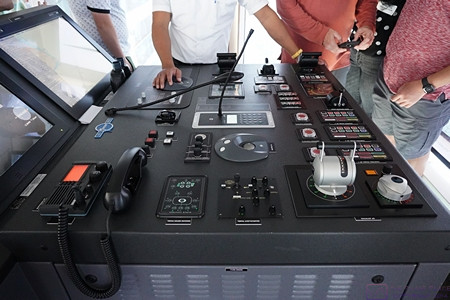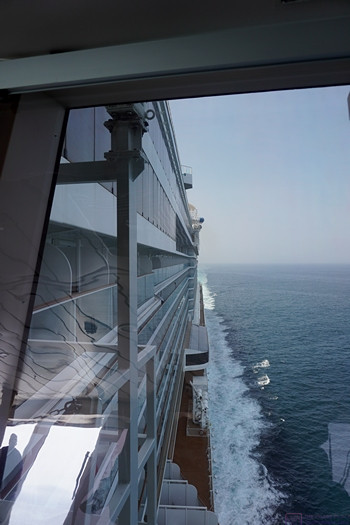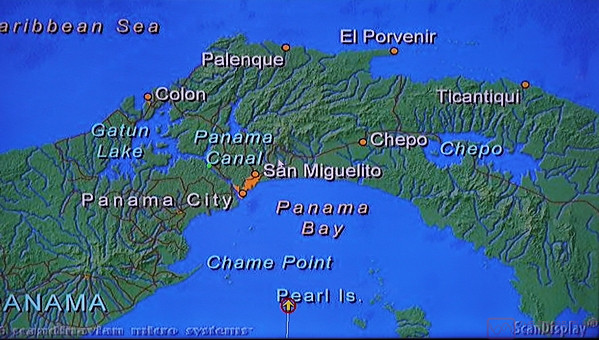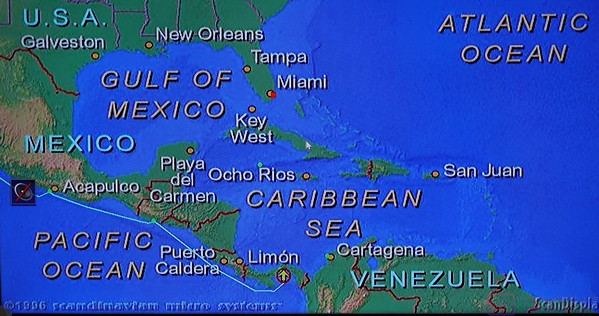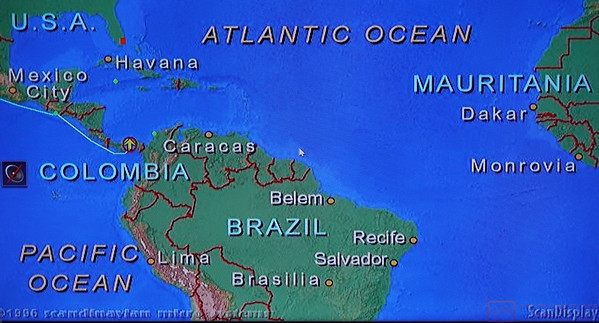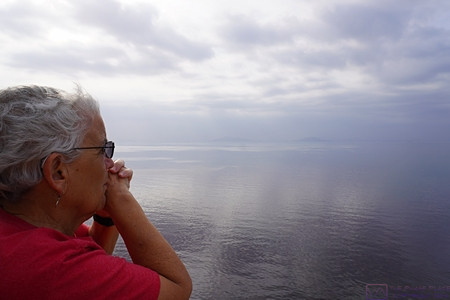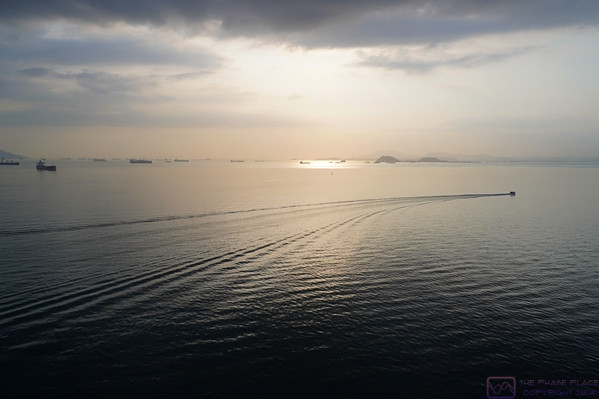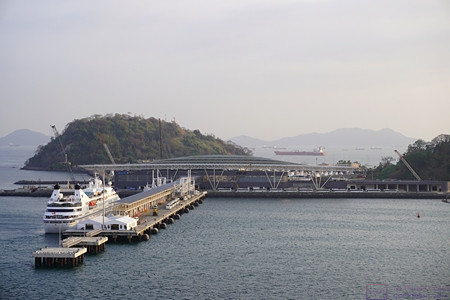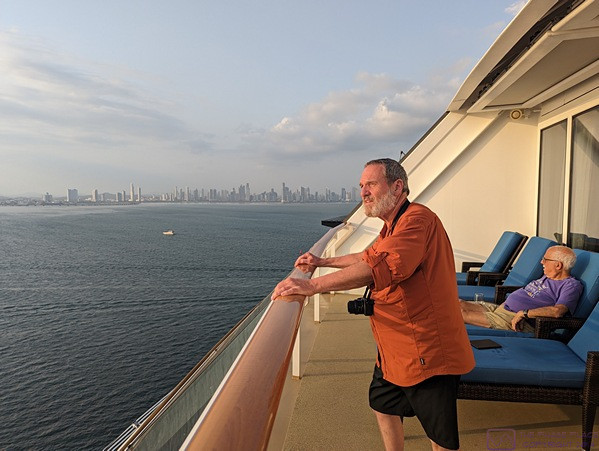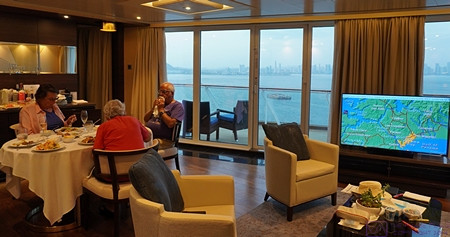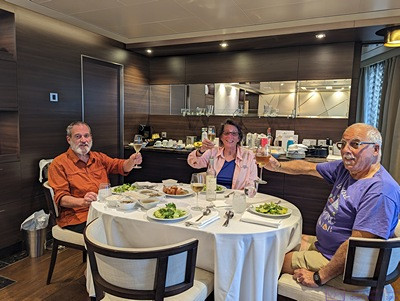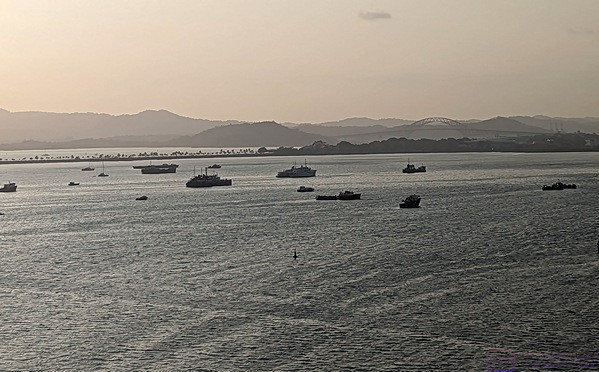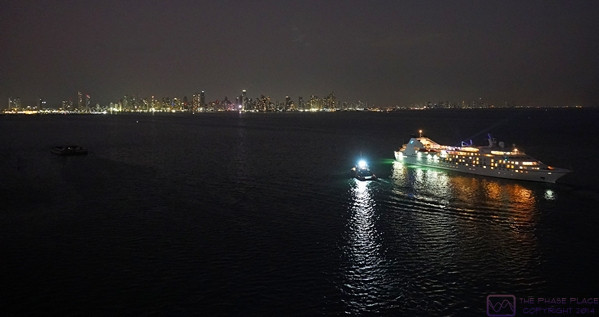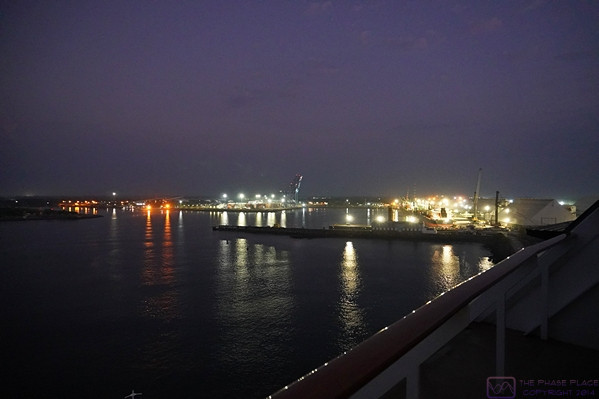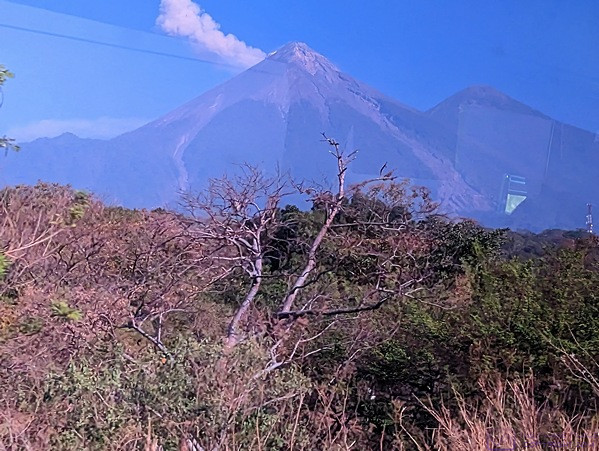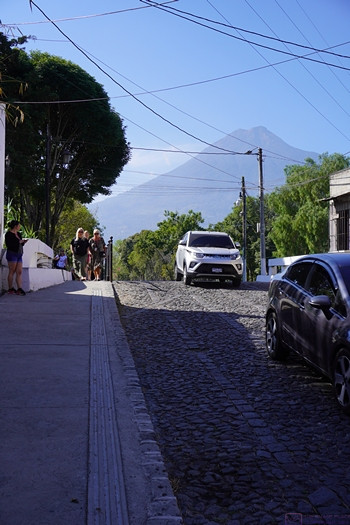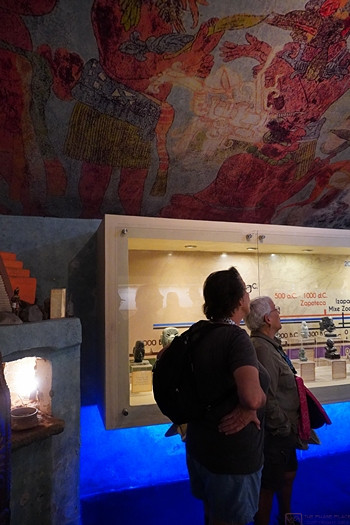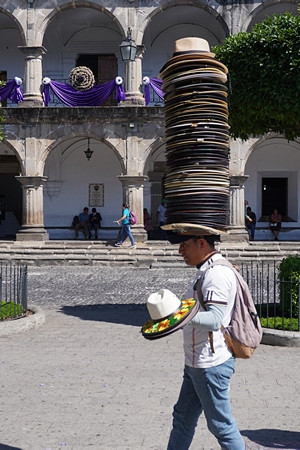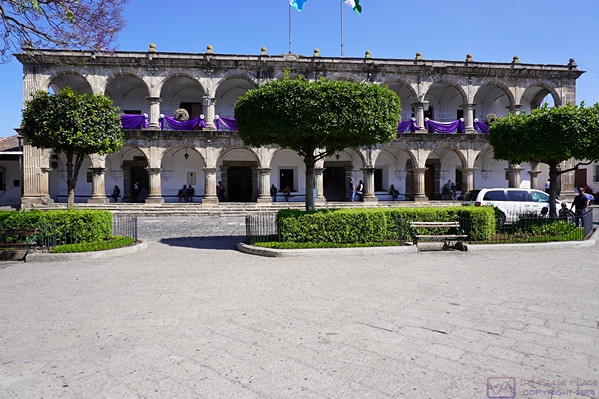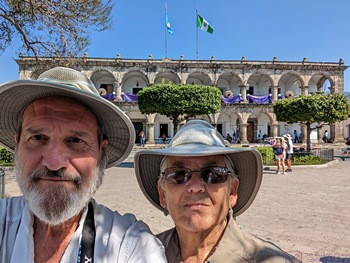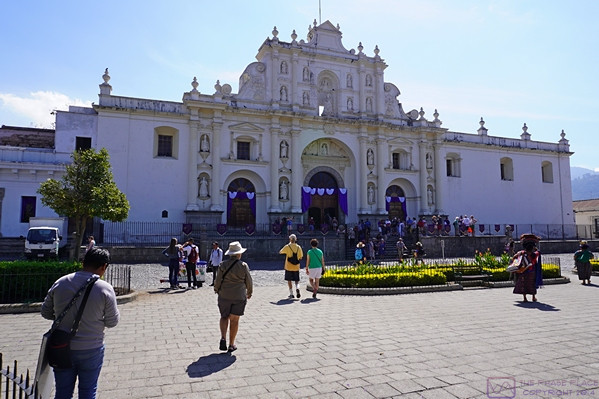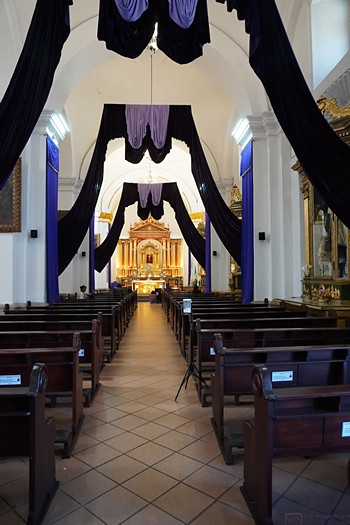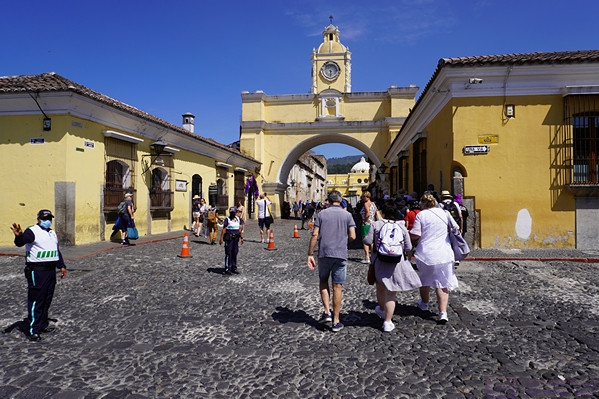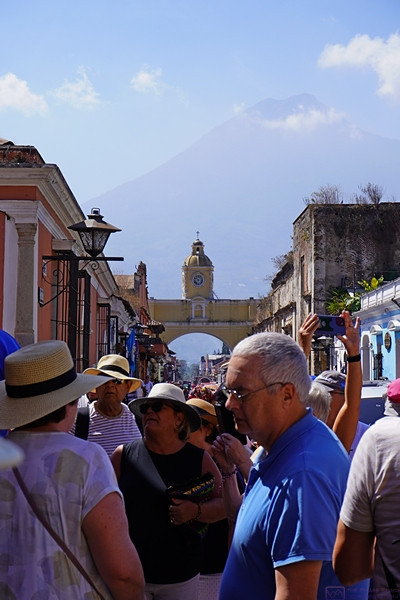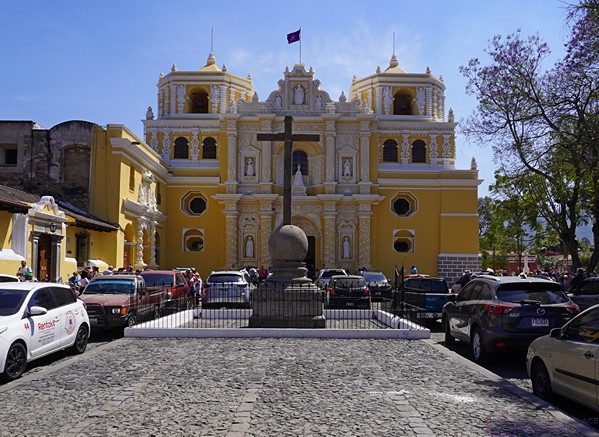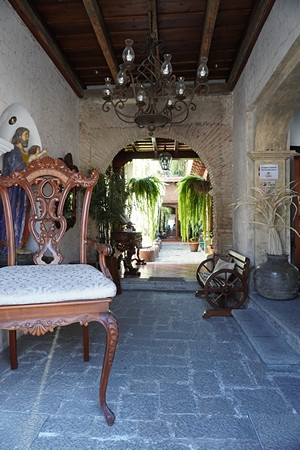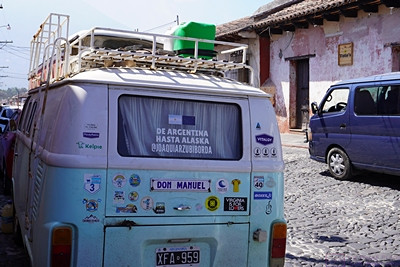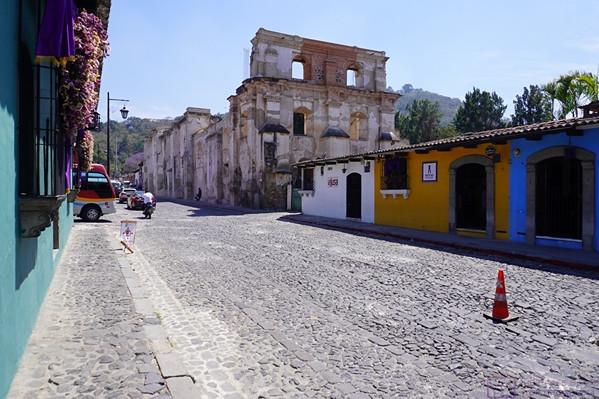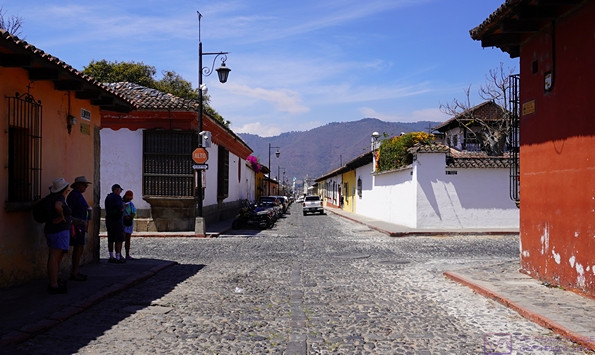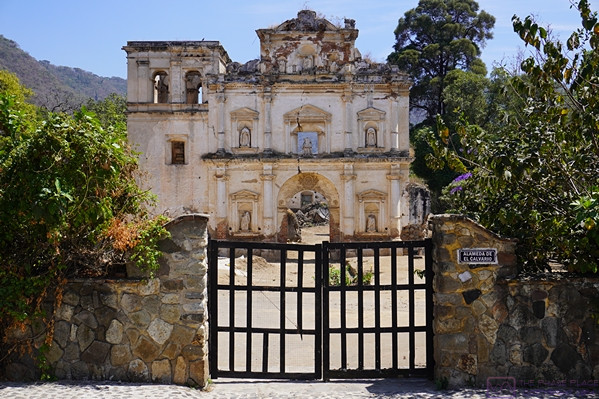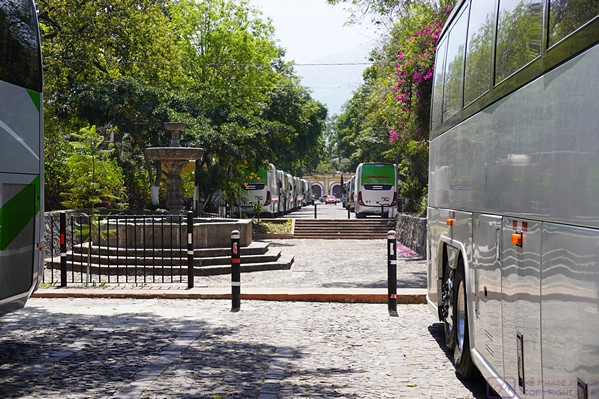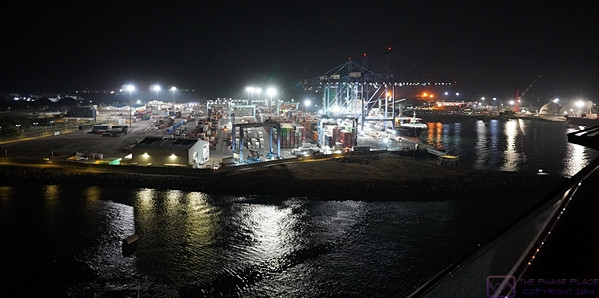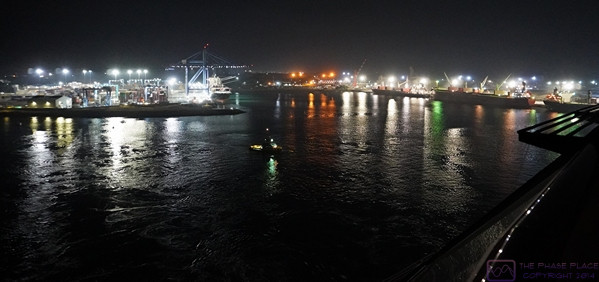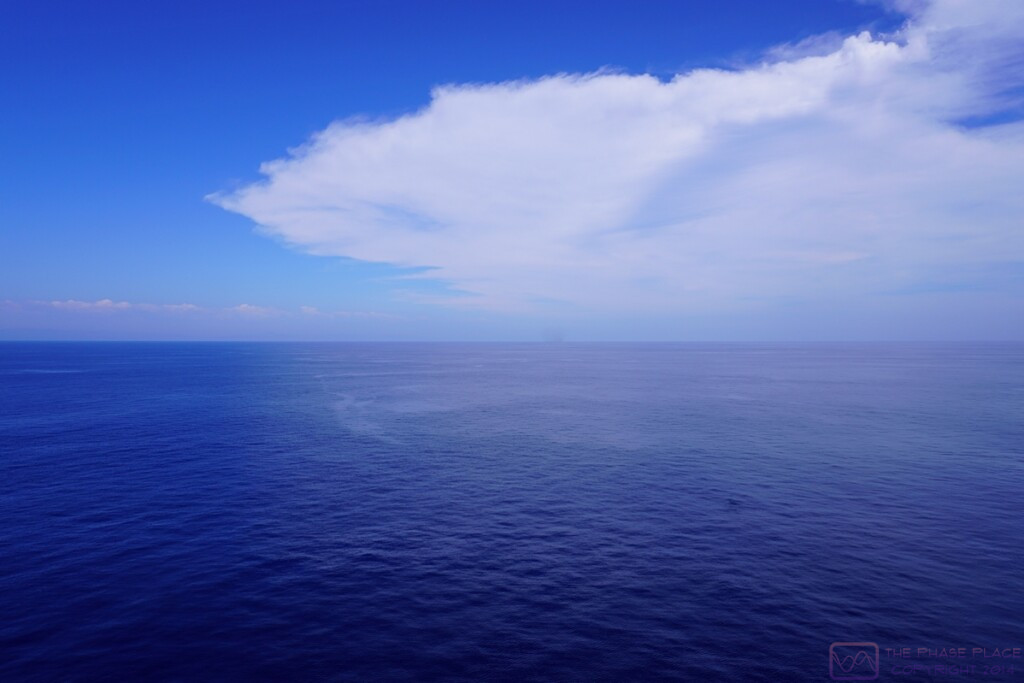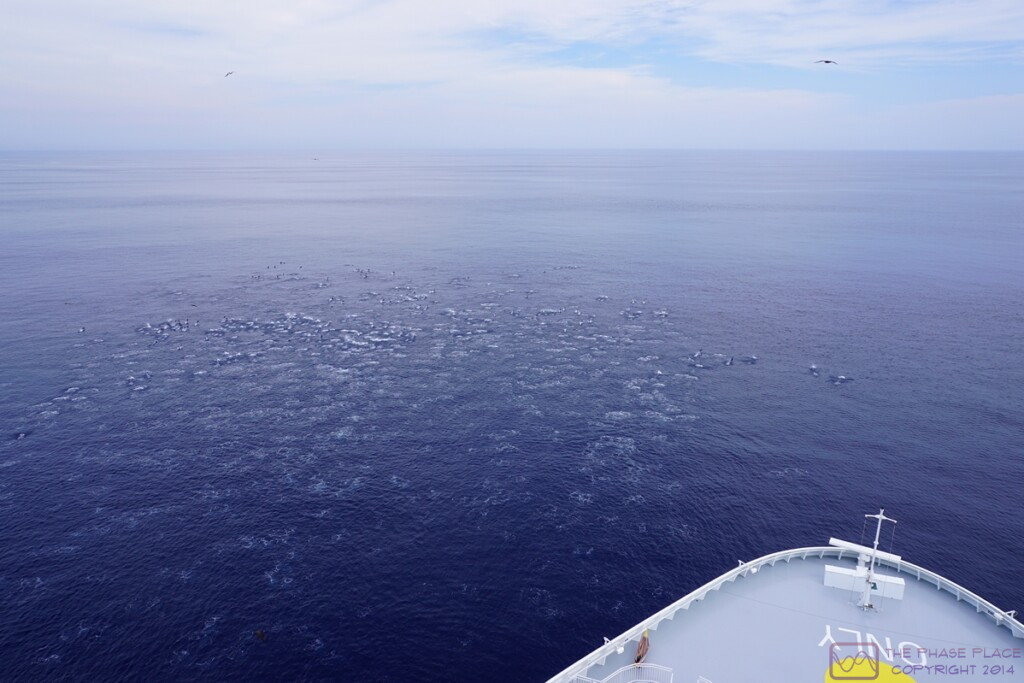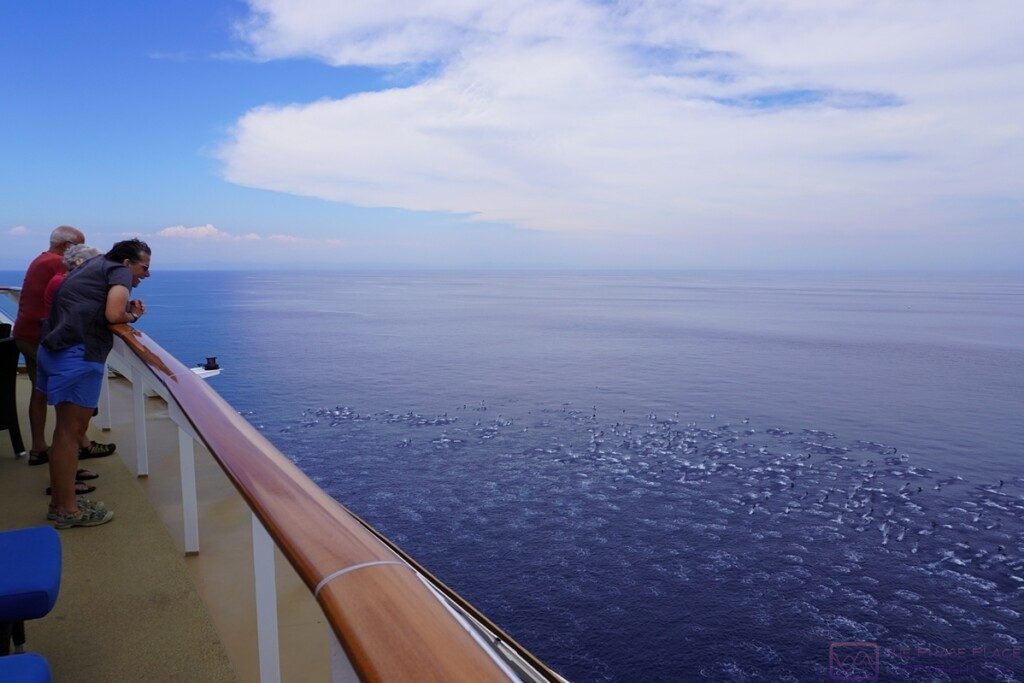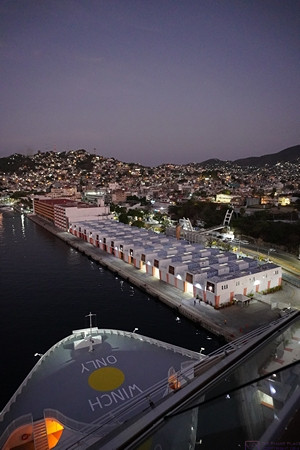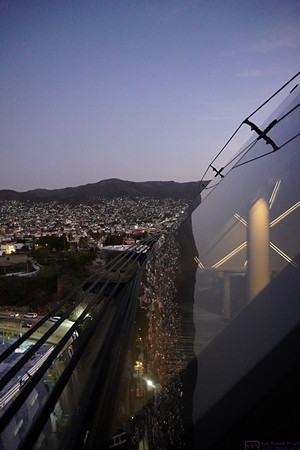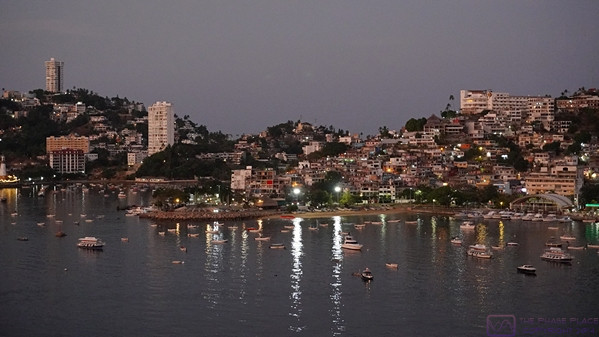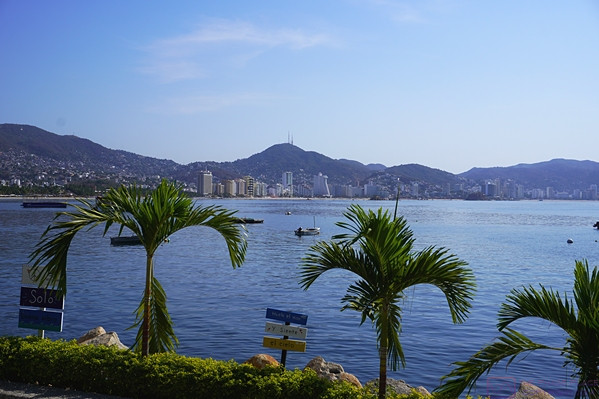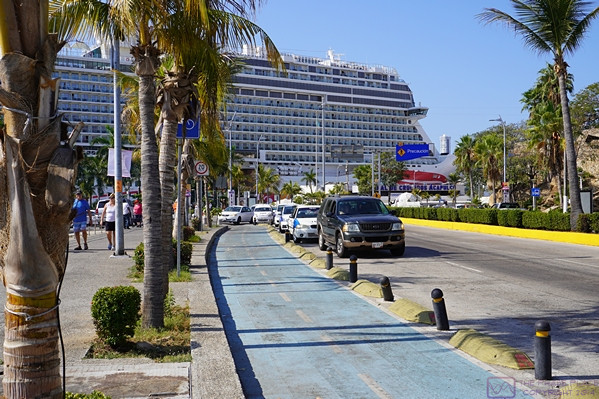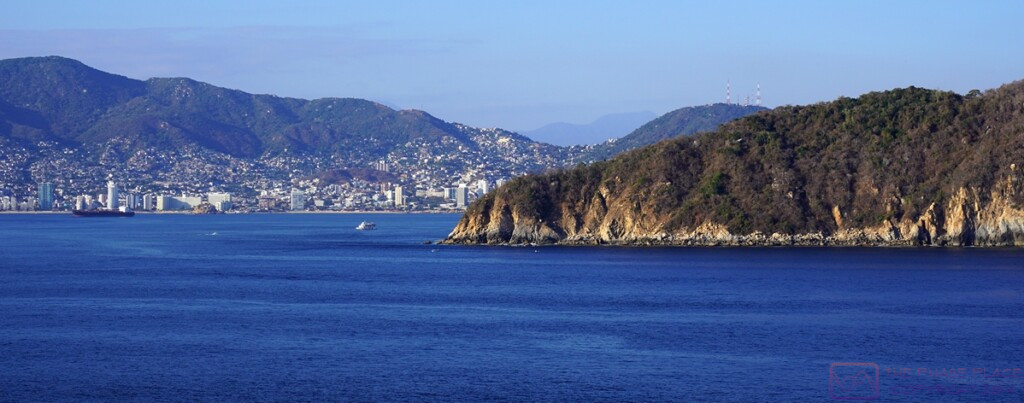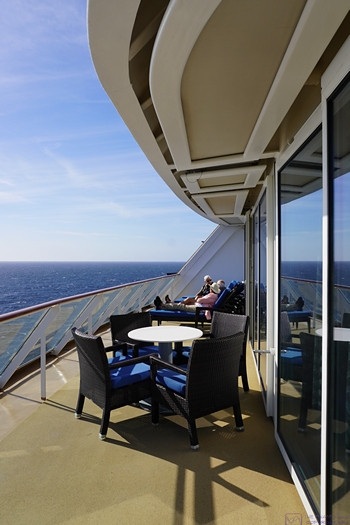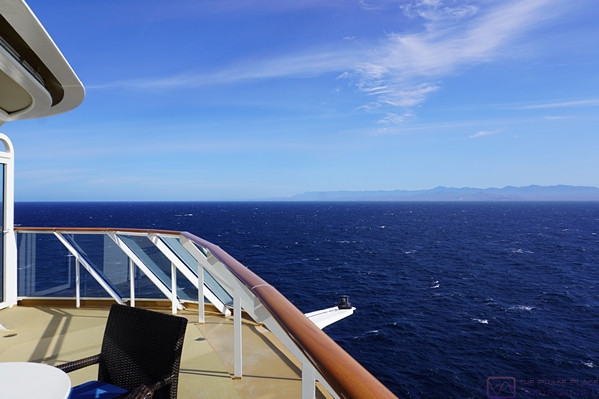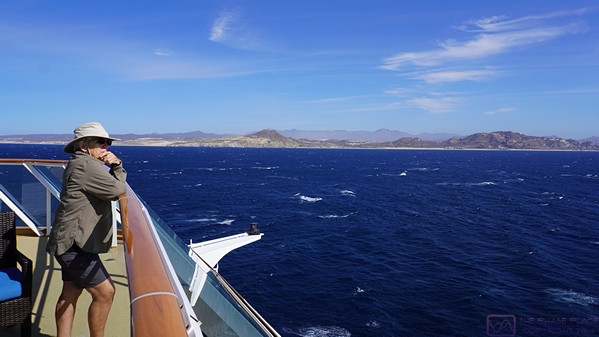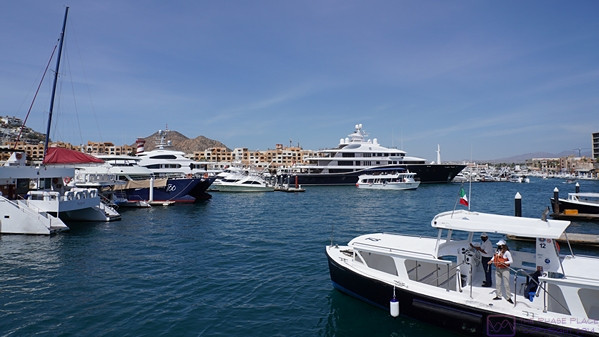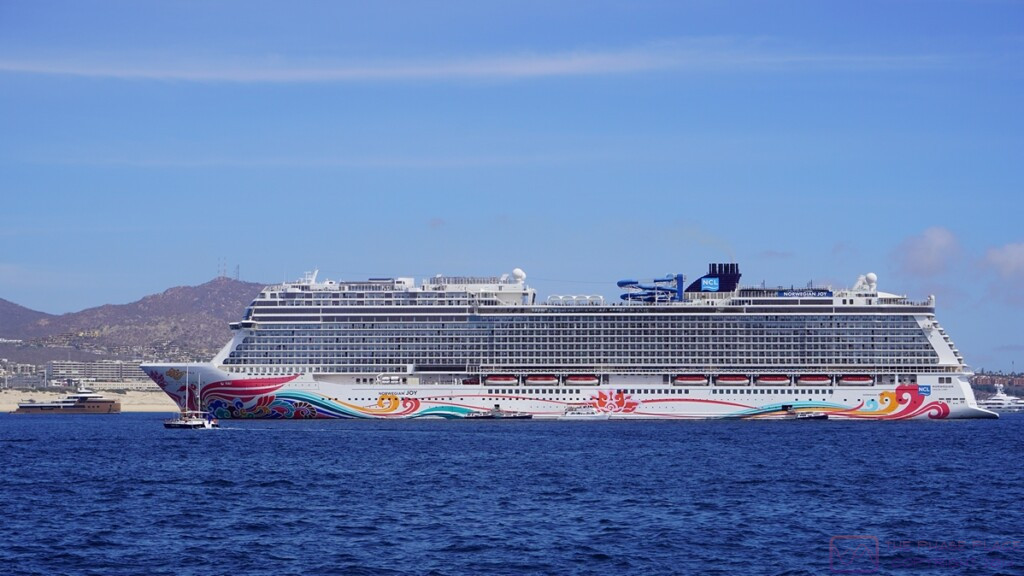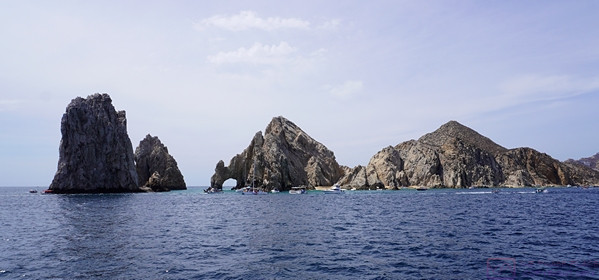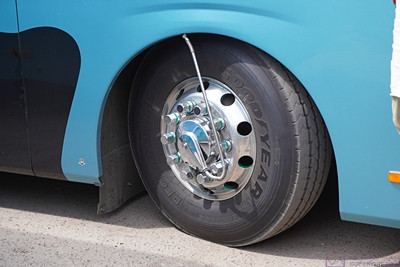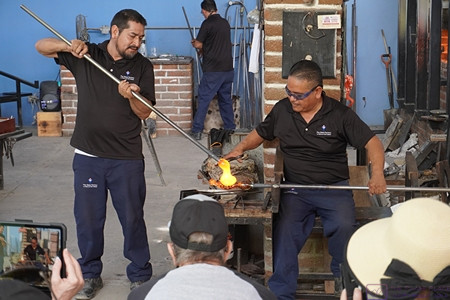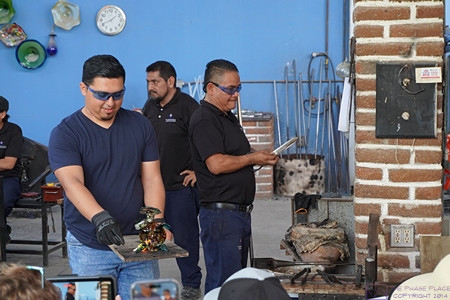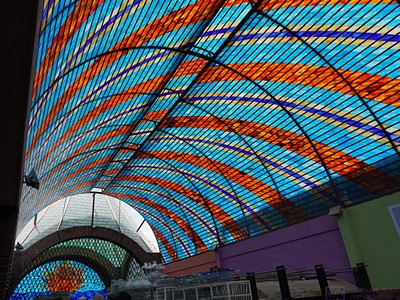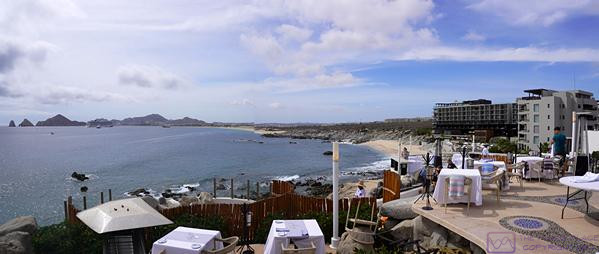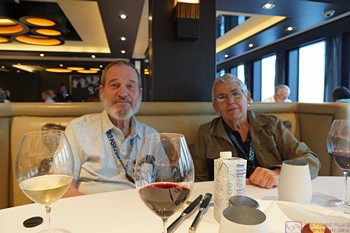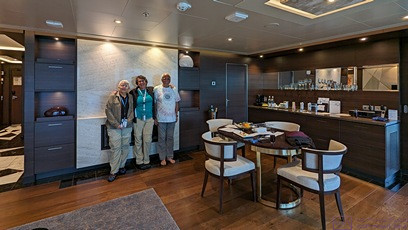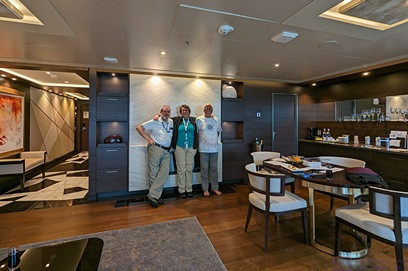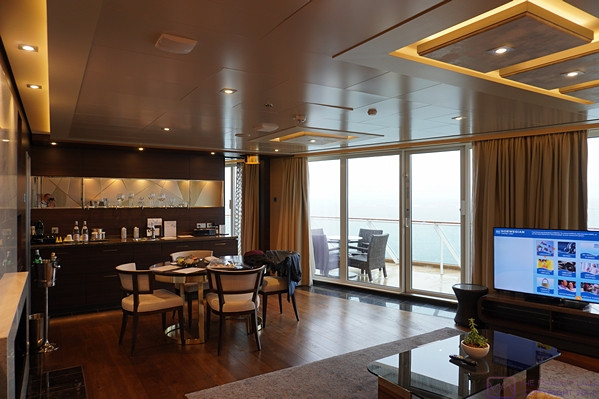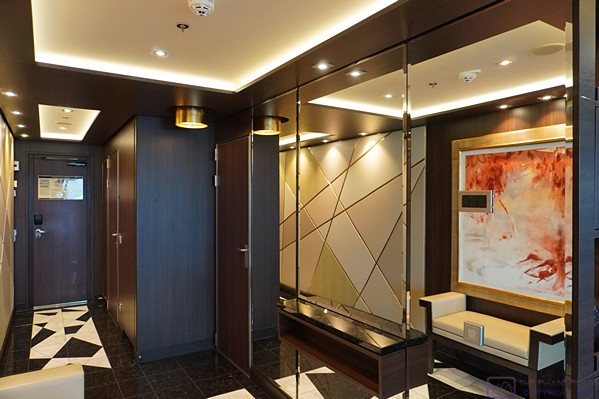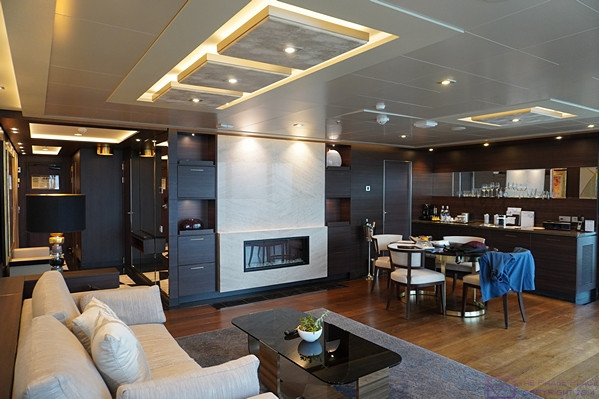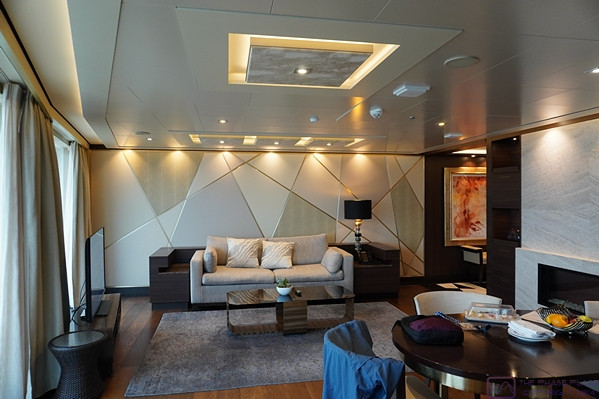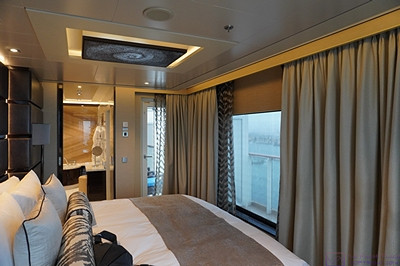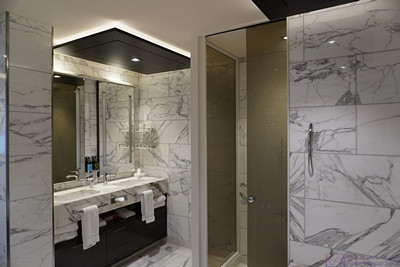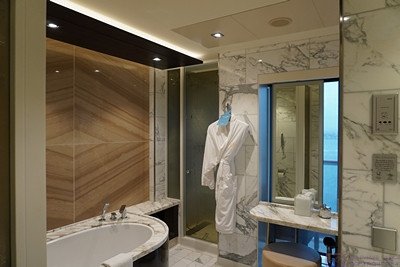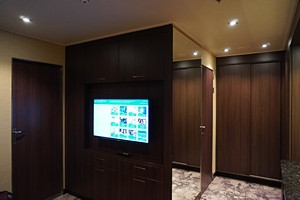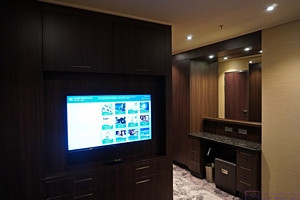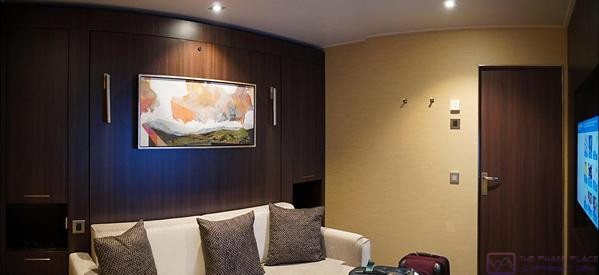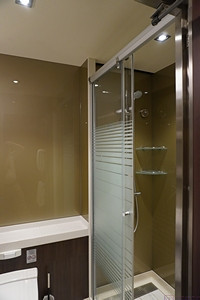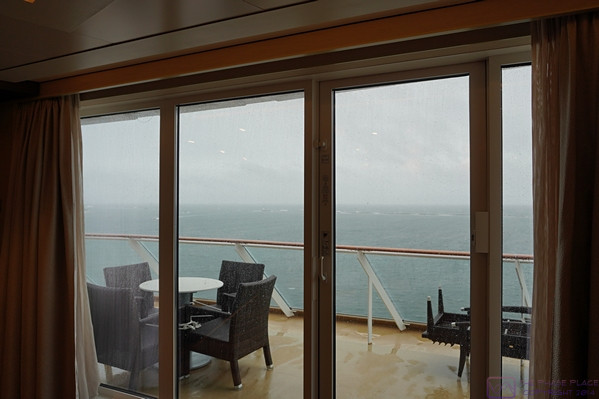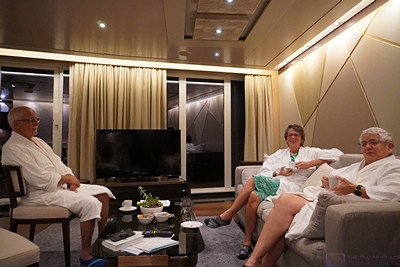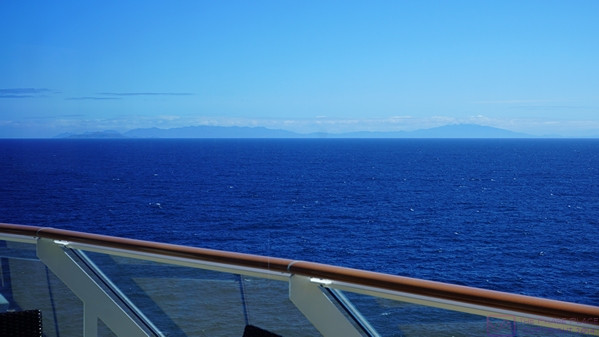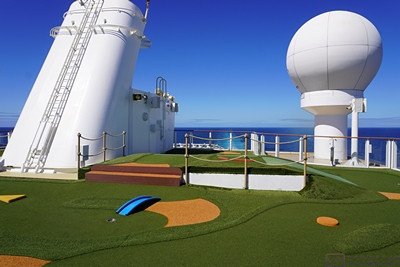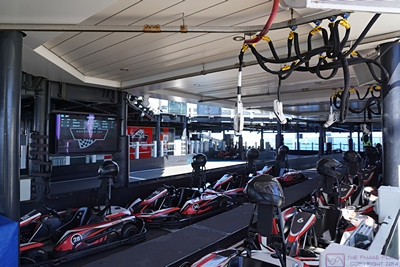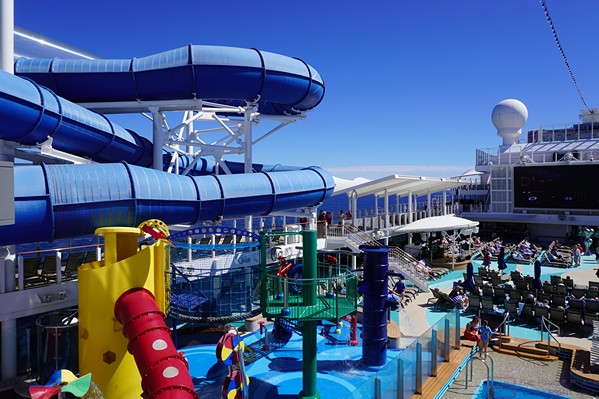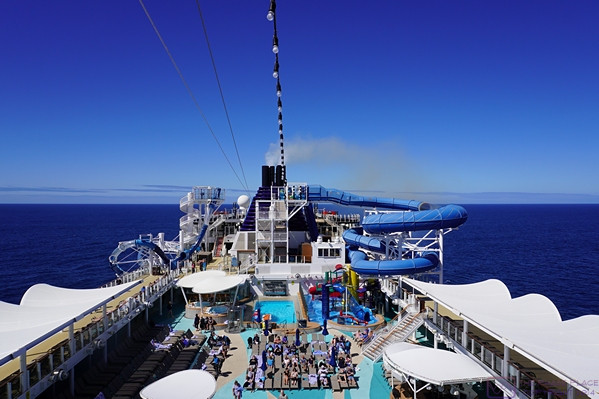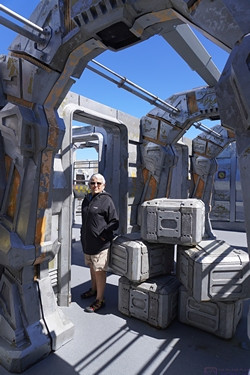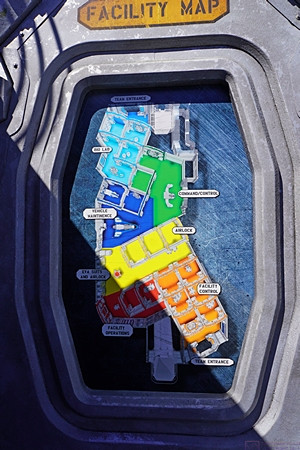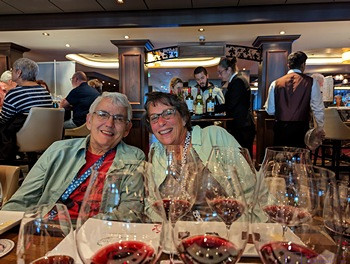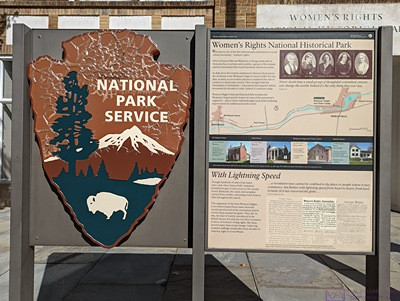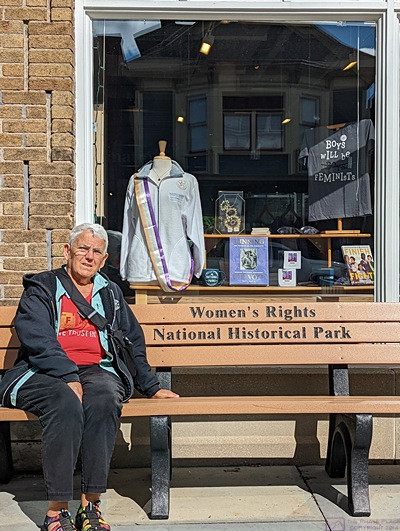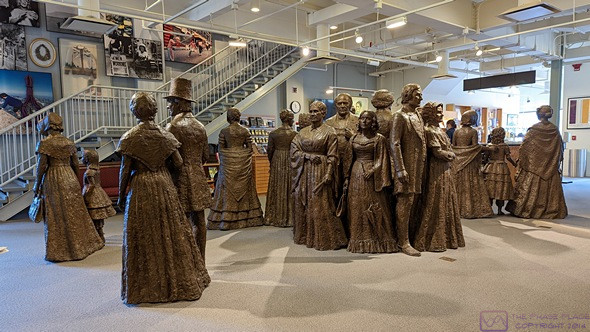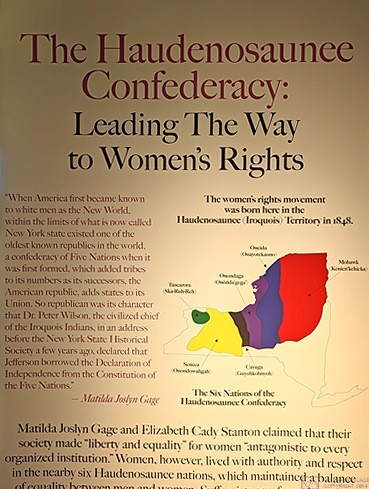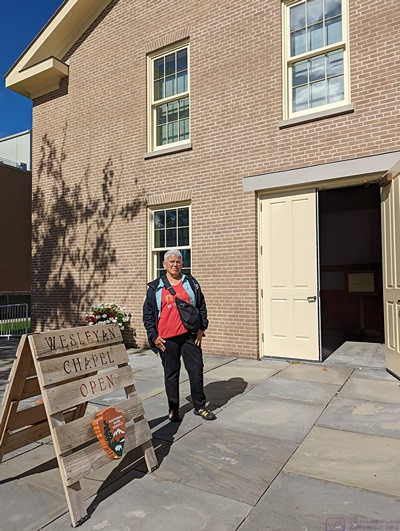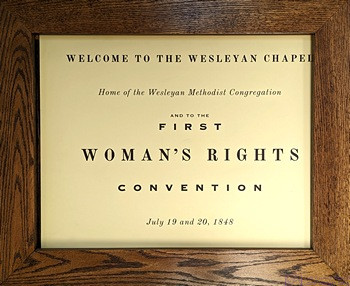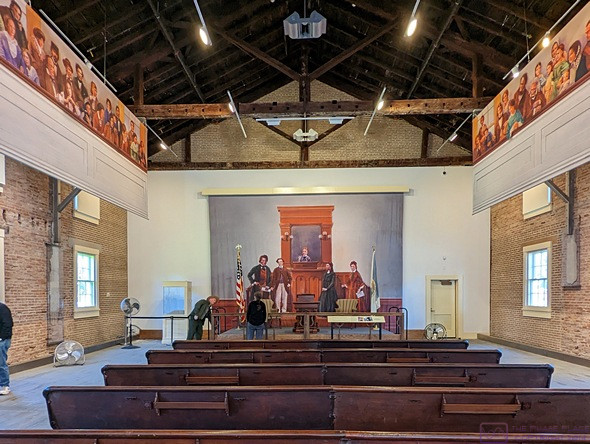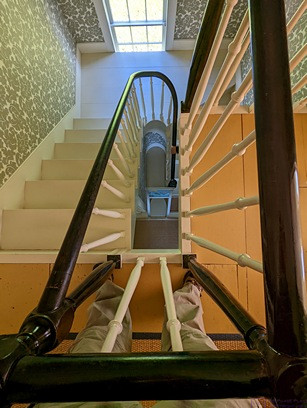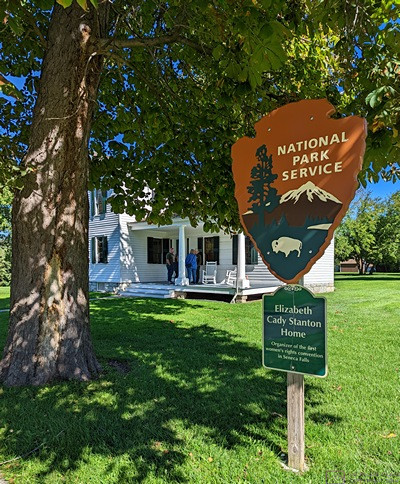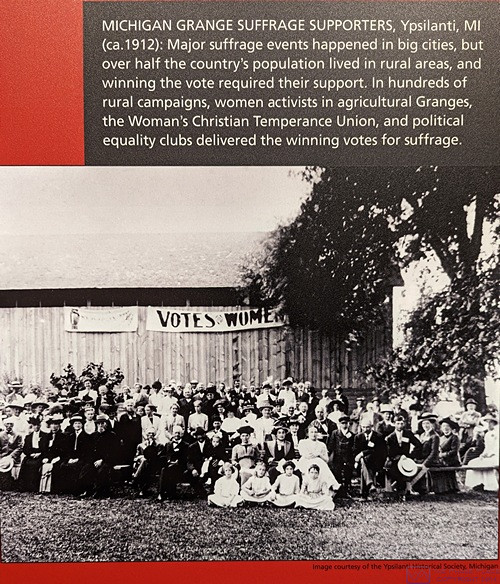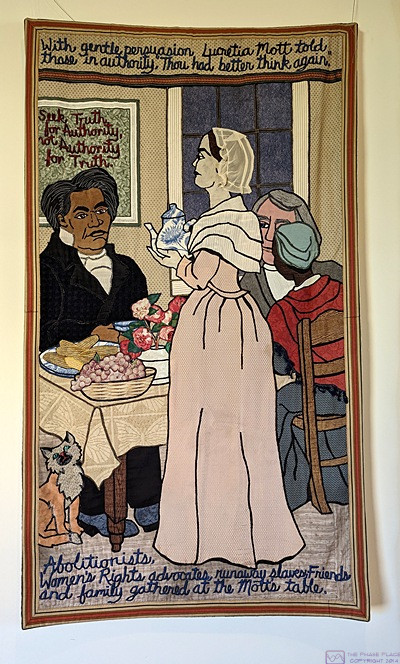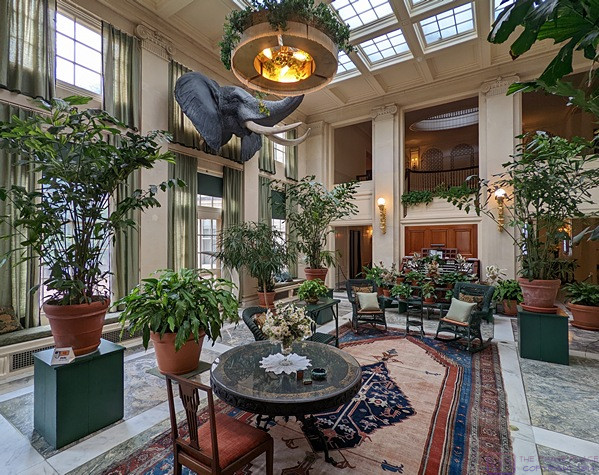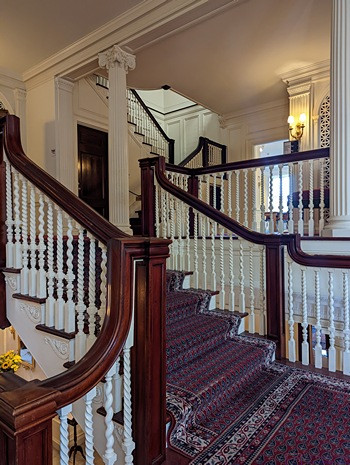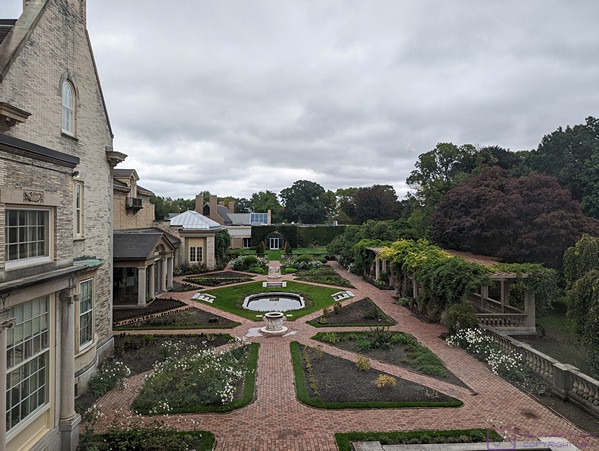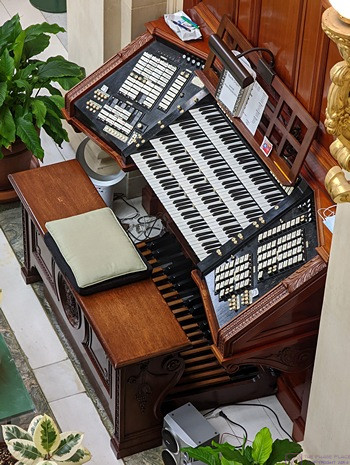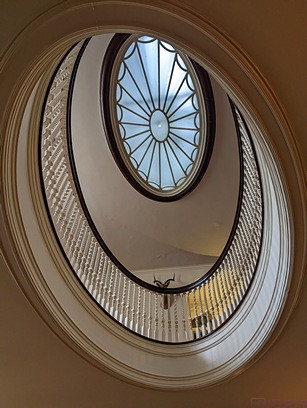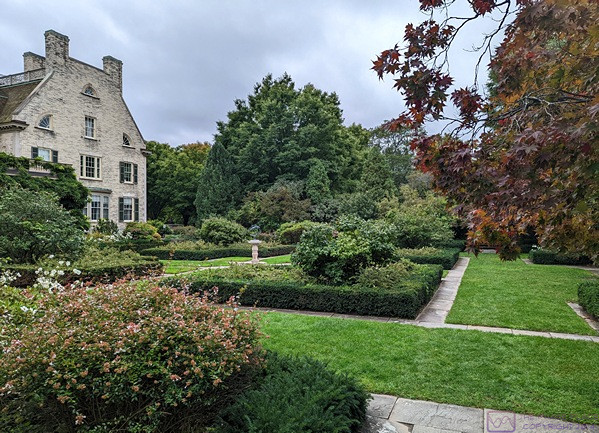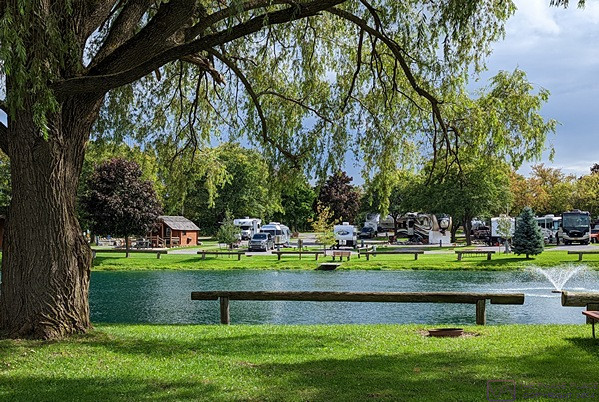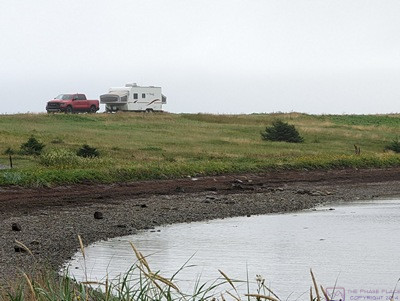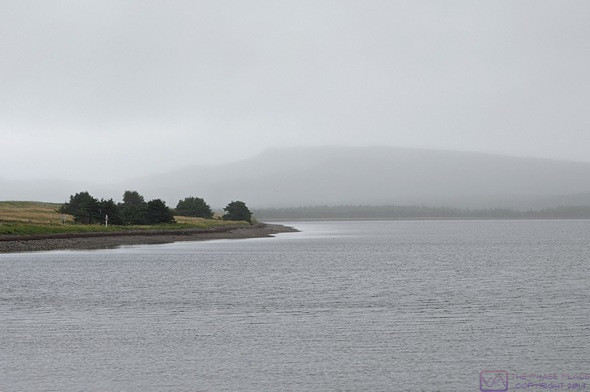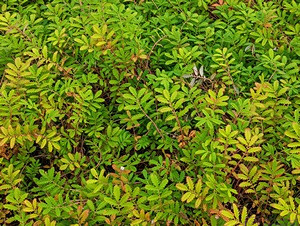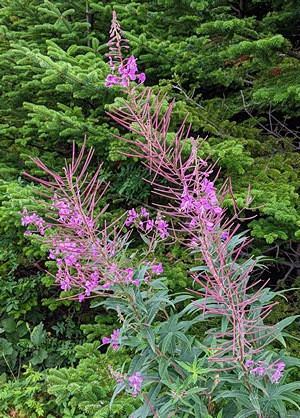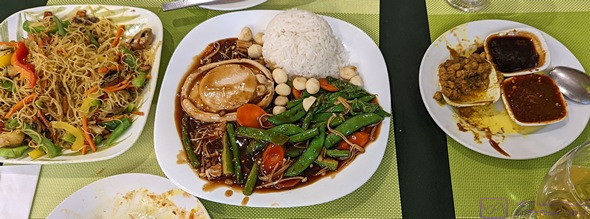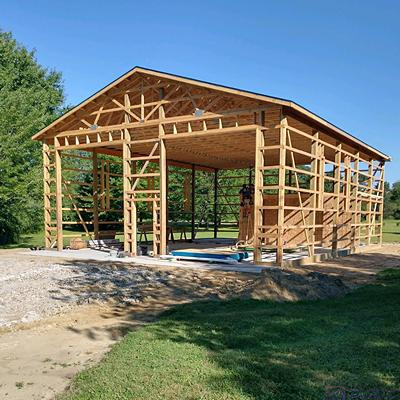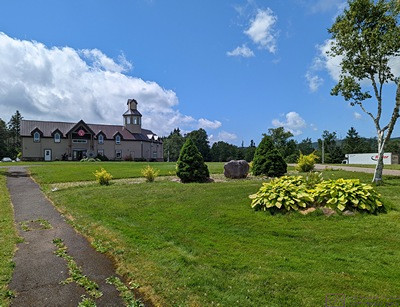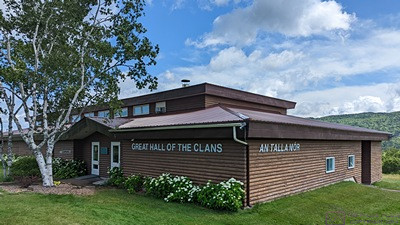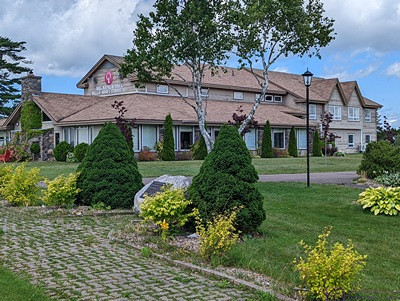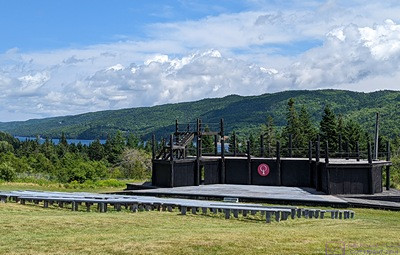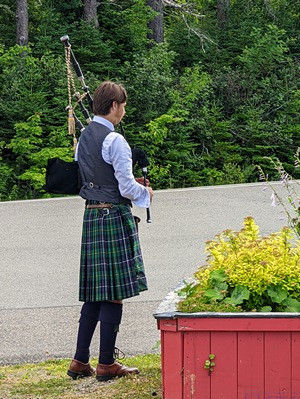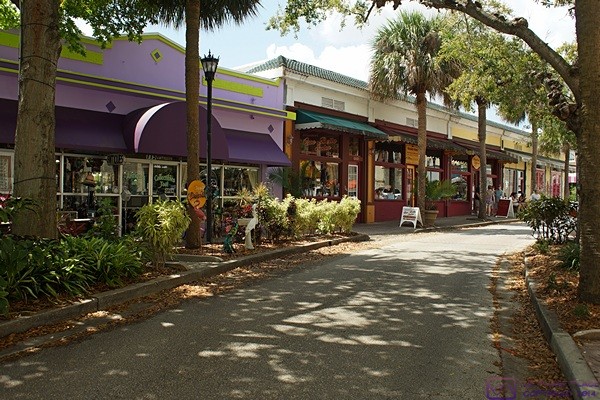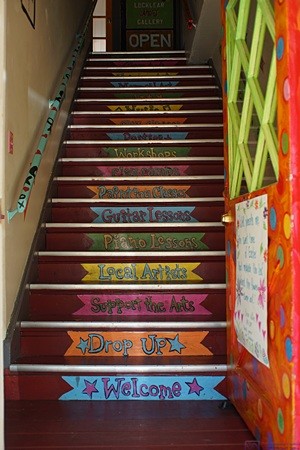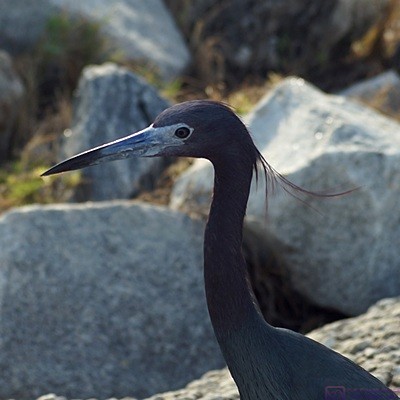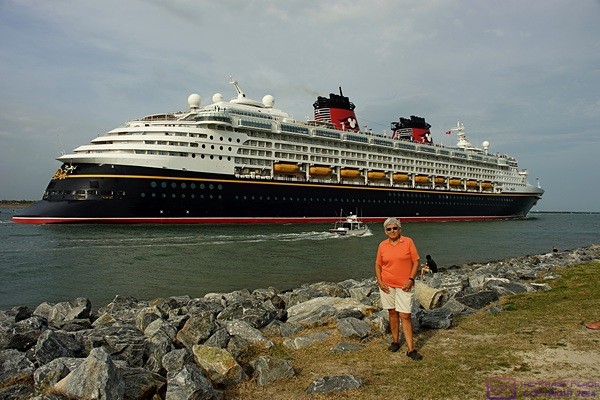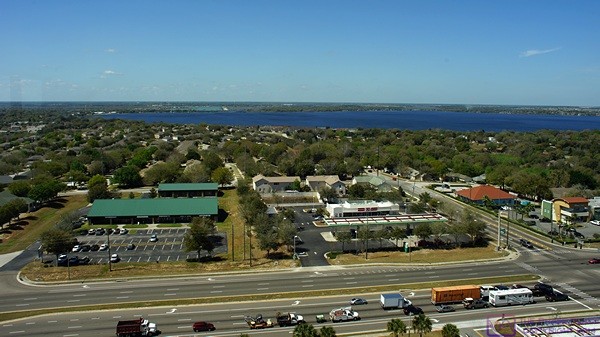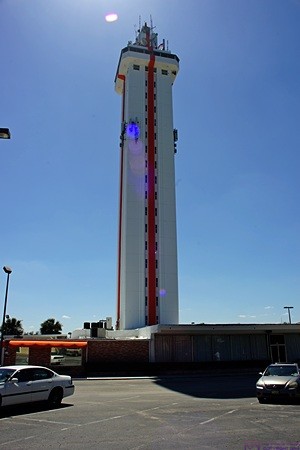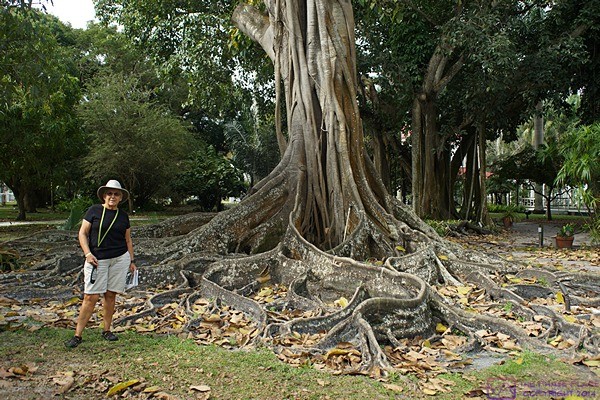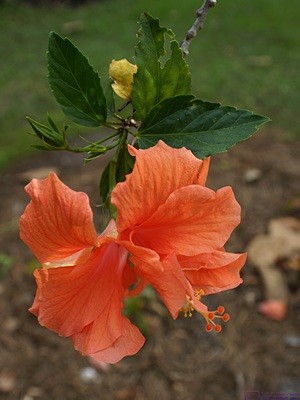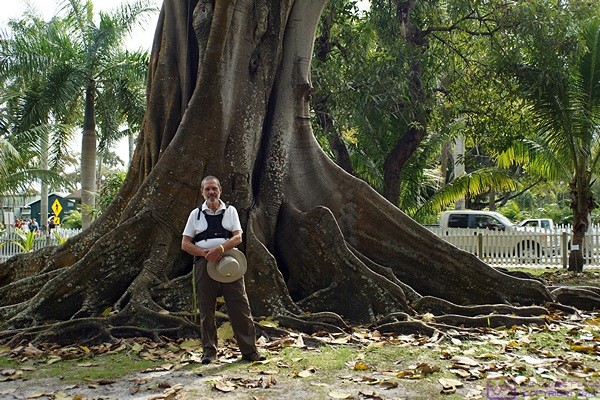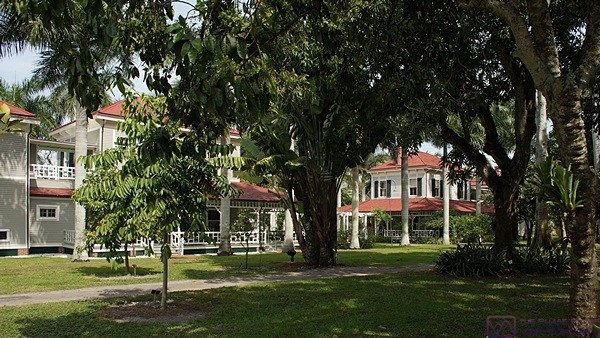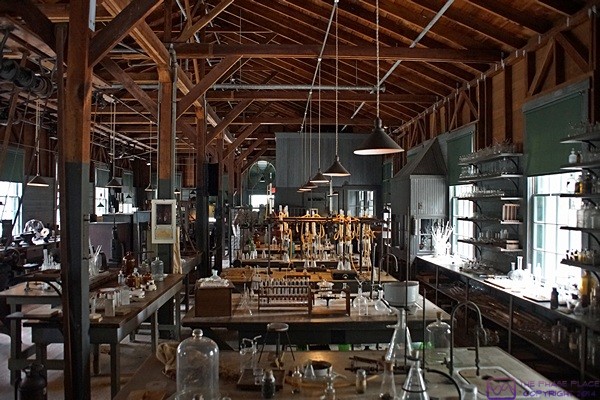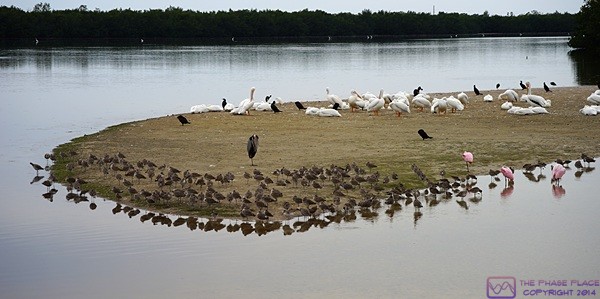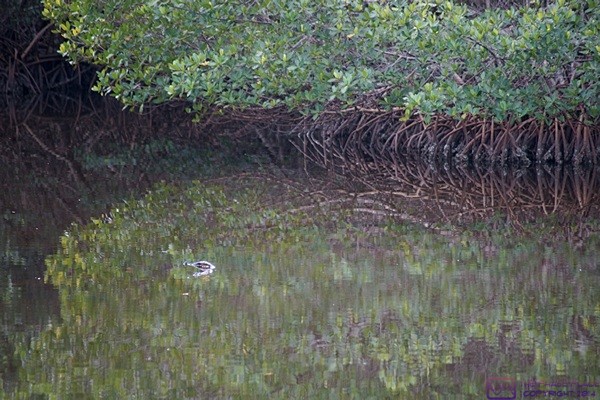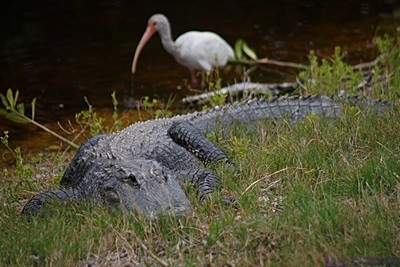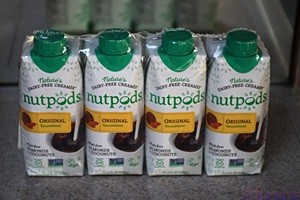2016/03/18 (F) R. V. Detailing
I was up at 7:30 AM, fed the cats, and made coffee. Linda got up at 7:45 and got dressed even though she was obviously not feeling well and probably did not get a good night’s sleep. I cleaned the cats’ litter tray and then got dressed. We were expecting Nick’s R.V. Detailing sometime between 8 and 9 AM so we wanted to be up, dressed, and done with breakfast before they arrived. Nick called at 8:20 to let me know he was running late and expected to be here around 10 AM.
We woke to overcast skies but by 8:45 the clouds had thinned considerably and we had direct sunlight on the driver side of our motorcoach. A couple of days ago the forecast was for a 100% chance of rain today, not good for washing and waxing an RV outdoors, but that changed to 0% with overcast skies, which was perfect for the task at hand. Either way, the high temperature was forecast to be 87, which is probably warmer than ideal for Nick, but it will be what it will be.
The delay in Nick’s arrival gave me time to finish my coffee and doodle on my iPad for a while before getting to work. Linda went back to bed while I finished getting the outside of the bus ready for detailing. I was able to unsnap all of the new windshield covers using the Zip Dee Awning rod except for one snap and the entry step stool got me up high enough for that. I needed the 3-step stool, however, to get the covers off of the upper windshield wipers. Linda came out in time to help me roll up the windshield covers, put them in their mesh storage bag, and store them in the front bay. I moved the two Coleman bag chairs and the folding plastic side table to the pad area behind the coach house. We went back inside to await Nick’s arrival and worked at our computers. Linda eventually went back to bed.
Our Verizon billing cycle ends at midnight tomorrow night and as of 8:30 this morning we had 1.7 GB of data remaining out of 12. We have done well managing our limited data plan this winter by taking advantage of free Wi-Fi connections to the Internet at Williston Crossings RV Resort (WCRVR), Big Tree Carefree RV Resort (BTCRVR), and now Florida Grande Motor Coach Resort (FGMCR).
The Internet connection at WCRVR was outstanding; fast and usable from our coach. The Wi-Fi at BTCRVR and FGMCR was only available at the clubhouse buildings, but at least we had that. The speed at BTCRVR was slow but usable while the speed at FGMCR has been pretty very good. (Our Verizon cellular data speed at Florida Grande has also been the best we’ve seen this winter.) We added 2 GB to our data plan in mid-January for three billing cycles by downloading and activating Verizon’s Go90 app. We have not used the app, and don’t intend to, but the extra 2 GB of data certainly has helped and will get us through the remainder of this winter season.
We don’t stream videos so for us the main data management trick has been to defer as many updates as possible for our phones, iPads, and computers until we are connected to the Internet via a park Wi-Fi system. We were forced into this tactic when needed to upgrade our computers to Windows 10 while we were at BTCRVR in January. While that has meant taking our devices to a clubhouse, we have often combined this with doing the laundry. Both BTCRVR and FGMCR also have libraries (FGMCR’s was especially nice) which provided comfortable/quiet places to sit and read or use another device while one updated.
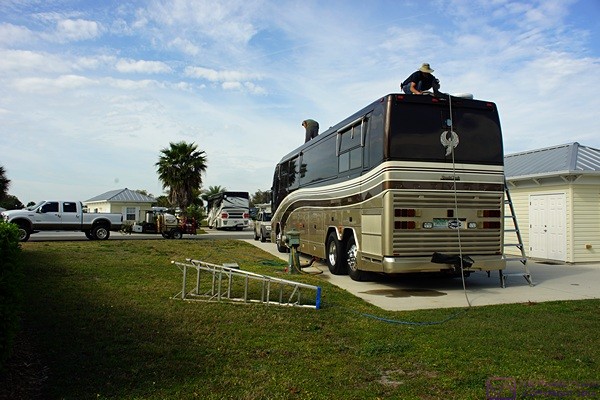
Nick’s Detailing cleaning up our coach at FGMCR in Webster, FL.
Nick and his helper showed up around 10 AM as promised and got to work detailing our bus. The trailer that Nick tows behind his F-250 has a pressure pump, a water heater, a pair of tanks for de-ionizing water, and a large plastic tank for holding the de-ionized water. It also has large reels for long hoses and the various spray wands and other tools needed for their work. They even carry a large rotary brush for cleaning concrete, which is one of their other services.
Linda spent most of the day in bed. She rarely gets sick but this is the second time this winter, and both times it has hit her hard. I took a few pictures of the Nick’s equipment, and of the two of them working, and then retreated inside the bus to work at my computer. Other than an occasional e-mail my focus was on editing and uploading blog posts. I uploaded the ones for December 1 through 6 to our website and edited the ones for the 7th through the 14th.
UPS delivered my Prevost parts order around 2 PM so I took time out to check it. I had four packages with tags whose Prevost part numbers matched the packing slip which matched what I ordered. I did not, however, open the individual boxes. I also took a few minutes to upload the February and March 2016 issues of BCM to our Dropbox and e-mailed the link to Steven Gullette. Steve was out team leader on the July 2016 Habitat For Humanity build in Sheridan, Wyoming and my 2-part article was about that experience. I got a text from Joe letting me know that he was headed our way and found a place to stay. He was going to check in and get a shower and would see us first thing in the morning. I texted back to confirm and let him know that the parts had arrived from Prevost. Linda got up around 4:15 PM and had me send a text message to Mara letting her know that we would not be able to make it to the water skiing show tomorrow in Winter Haven.
Nick and Jesse finished up at 5 PM. They had also pressure washed the car for an extra $10 so the total was $310. That was 12 man hours of work plus equipment and product and seemed fair to me. (I knew the price in advance.) They used Turtle Wax Platinum automotive wax, and it looked good. They applied it with a buffer and rubbed it out by hand. I’ve cleaned and waxed our coach by hand, so I know how much work it is.
I was putting the water softener, pre-filter, and bag chairs away when René and Ruth stopped in their golf cart. They are long-term renters here. This is their 4th season at Florida Grande MCR and they rented a site for an entire year but do not plan to be here all of that time. They noticed that we had a vendor here last week (Bill and Brenda Phelan) making our windshield covers and wanted to know where we got the tire covers. I chatted with René for quite a while before we walked back to the golf cart and included Ruth in the conversation. They have rented a site for a month at one of the luxury motorcoach resorts in Petoskey and wanted to know more about the State of Michigan. I agree to e-mail some information to them later this evening.
Linda was still under the weather and wasn’t hungry but I convinced her that it might be good for her, physically and mentally, to go for a walk around the resort. She agreed and we took a slow stroll around the front/main loop. Back at the rig I had a bowl of granola for dinner and got a call from Pat (& Vickie) Lintner to check on the progress of our brake repair. They also wanted to know if we would be interested in going to Epcot for a flower show sometime while we are at Jetty Park. They would drive as they already have a season parking pass. They also have season passes to the Disney World complex but we would have to buy day passes for $100 each. We said we would consider it when Linda was feeling better, but I doubt that we will shell out $200 just to spend seven hours looking at flowers no matter how spectacular they are.
We have had some expenses this winter that we had not planned on, but we were glad to be able to get tire and windshield covers from Bill and Brenda Phelan while in south-central Florida and consider them a necessary investment. They are well made and they work, and Bill and Brenda are fellow converted bus people running a small business that we wanted to support. We were also glad to be able to get our motorcoach washed on January 1st in Arcadia and then get it washed and waxed today at FGMCR. We have a lot invested in our home on wheels and taking care of the paint is just one of many necessary maintenance expenses.
The problem with the driver side tag axle brake, however, was something we just did not see coming. As of this evening it is not yet resolved and thus the final cost is still unknown and unpredictable. It’s hard to consider spending $200 to look at flowers right now but our view of that may change if/when the brake problem is resolved and the final cost is known. What this brake failure has raised, however, is the necessity of also rebuilding the passenger side tag axle disc brake caliper and both of the steer axle disc brake calipers. The cost just for parts is approximately $500 per hub plus $280 per axle for brake pads, if needed. In round numbers that is $2,500 for the four disc brakes not including labor. I expect Joe will be working on this for 4 to 8 hours tomorrow just to keep us on the road, so that’s more cost.
I don’t begrudge Joe his pay, he earns it and deserves it, and parts cost what they cost; it’s all part of owning a bus. What I don’t like is having this happen on the road where ready solutions might not be at hand or we might be forced into a solution that is more costly than it should be. But most of all I don’t like how it unexpectedly interrupts our winter and planned activities. Perhaps that indicates that I do not have the necessary “roll with the punches” mindset for the converted bus lifestyle, although I think I have handled it reasonably well in the 6-1/2 years we have owned this bus. Linda pointed out that our two prior winters were relatively trouble free but the fact is that we had issues with the bus both seasons. At this point I do not have as much confidence in it as I want and need to have in order to fully enjoy it, but I will keep working towards that goal.
Linda went to bed at 10 PM and I continued to work on this draft blog post. I found a PBS fundraiser concert on WUSF channel 16.1 featuring The Smothers Brothers, the Kingston Trio, and many other folk groups and musicians of the late 50’s and 60’s. When it ended at 11 PM I switched to channel 16.4, which is the Create sub-channel, and watched an episode of GlobeTrekker before going off to what would probably be a less than completely restful sleep.
2016/03/19 (S) Braking News
I was up shortly after 7 AM, anticipating Joe’s arrival at 8 AM, and made coffee. He texted at 7:30 that he would not be here until closer to 9. That gave me time to enjoy my coffee and put the finishing touches on yesterday’s rather lengthy blog post. When I tried to upload the Word file to our Dropbox I discovered that my iPad was not connected to any of our Wi-Fi networks. It asked me for the password for each one I tried, even after restarting it twice, and when I finally entered them it would still not connect. My computer was still online via its usual Wi-Fi connection, so I knew that our network was functioning. I will probably have to shut everything down and restart it, but I wasn’t about to get into that this morning.
Linda got up at 8:30 still looking and feeling like death warmed over. I poured her some coffee and then went out a few minutes later to remove the hub cap and lug nut covers. I noticed that the sky to the north, northwest, and west was a solid mass of very dark clouds so Linda pulled up The Weather Channel radar on her iPad. We knew that the probability of rain at our location today was forecast at 100% with the possibility of thunderstorms, but we were not happy about what we saw in the radar image. There was a large band of rain stretching from north of us southwest into the Gulf of Mexico well south of our latitude. The band included larger clusters with cores of strong rain indicated. Linda put the summary in motion and the entire band was drifting due east with movement along the front from SW to NE. There was no doubt that we would get rained on this morning, it was just a matter of when it would start, how intense it would be, and how long it would last.
At 8:50 I drive up to the trash dumpster and then drove to the clubhouse. There was a car parked by the gatehouse so I walked over there. The gate attendants were there so I gave them my name and site number as well as Joe’s name and explained why he was coming to visit us. Joe arrived at 9:10 AM and a few minutes later drove right past our site. I quickly phoned him and told him to turn around. He did not have his “camper” (bumper-tow trailer) with him so he pulled onto the pad and drove to the very back to get his tools as close as possible to the rear of the bus where he would be working. He had his dog, Gracie, with him. Gracie is at least part Pit Bull Terrier with perhaps some boxer. She has a dark brown, slightly brindled, coat and is a pretty dog. More importantly, she is very sweet, very well-behaved, and very mindful of Joe, who has trained her well and gently. As Joe got ready to work I grabbed my camera.
Joe got right to work on the driver side (LS) tag axle wheel and did not need any power tools. He loosened the lug nuts using a 12x torque multiplier and a standard torque wrench. The torque multiplier is a special tool designed just for this purpose. It has an arm that fits over an adjacent lug nut to keep the tool from turning, thus forcing the torque to be applied to the target lug nut in the socket. We also have one of these tools along with a 3′ long torque wrench, both of which I bought from Butch last year.
Once Joe had the lug nuts broken loose he had me start the bus engine and raise the tag axle. As happened to the other day it did not lift the tires clear of the pad. He had me switch the suspension to Level Low mode and raise the rear end so he could position his chassis stands under it. He then had me lower the rear of the bus until it was resting on the stands. Finally, he had me raise the tag axle and this time the tires lifted clear of the pad.
Joe checked to see if he could turn the tire. He could, although he indicated that it had a lot more drag than it should. I told him that had not been able to turn it at all yesterday. He loosened and then removed all of the lug nuts and then removed the wheel/tire and rolled it behind the bus out of the way. It’s a big thing; 42″ in diameter, 12″ wide, and 100 pounds. Working on buses is not for sissies and weaklings, although as an owner the two most important and powerful tools needed are a cell phone and credit card.
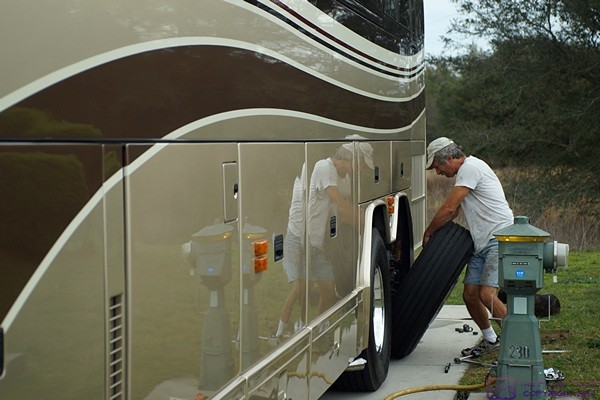
Mobile mechanic Joe Cannarozzi removes the DS tag tire/wheel to get access to the brake.
With the tire/wheel out of the way Joe removed the dynamic wheel balancer and was finally able to access the disc brake assembly. The assembly includes the caliper, the automatic slack adjuster, and the pneumatic brake actuator. The entire assembly is mounted to a bracket (torque plate, or “spider”) that is part of the fixed portion of the axle via two large steel mounting pins that allow the caliper to move (slide) when actuated. When facing the axle hub from the outside end the mounting points are at approximately 9 o’clock and 4 o’clock with the caliper and brake pads to the lower left towards the front of the vehicle. (On the passenger side the caliper is to the lower right, again towards the front of the vehicle.) The only other connection to the disc brake assembly is the air line that attaches to the brake canister. The tag axle brakes are deactivated when the tag axle is raised so there was no air pressure in the line and Joe disconnected it.
The mounting pins are locked in by what Joe calls “wedges” which are metal pins with a partial circular notch machined out at roughly the midpoint. The mounting pins have a slightly reduced diameter at their midpoint. The notch in the locking pin engages the reduced diameter and locks the mounting pin in place. The locking pin, in turn, is pulled up snug by a castle nut which is then secured by a cotter pin so that nothing can vibrate loose. With the locking pins removed Joe was able to tap the mounting pins out and wiggle the assembly to get it loose from the rotor and then lower it to the ground. Easier said than done; the disc brake assembly is very heavy, awkwardly shaped, and not balanced.
The first thing we both noticed was how the brake pads were worn. The front and back faces of each pad were not parallel and the change in thickness was mirrored. That is to say, the thinner end of one pad was opposed by the thicker edge of the other pad. This suggested to us that the entire disc brake assembly was not square to the rotor and that over time the pads had become worn to match this misalignment. That, in turn, suggested that the wear pattern on the pads could be forcing the caliper out of alignment on the slide pins and that this might finally have gotten to the point that that caliper got bound up on the slide pins and could not retract.
The fixed mounting holes have pressed in bushings so Joe inspected those and said they looked and felt OK. We also inspected the mounting/slide pins and said they appeared to be alright. I fetched all of the parts that I ordered from Prevost and opened the box with the new slide pins. Joe compared the fit of the new pins and the old pins in the existing sleeve bearings and said that he could not detect any difference. He had about a dozen replacement sleeves and checked the old and new pins in one of the new sleeves. Again, he could not detect any difference. The sleeve bearings are pressed in and pressed out. Joe did not have the specialized tools needed to do this but also thought it was unnecessary work.
When Joe went to remove the larger inside brake pad he had a very difficult time getting it out. Part of the pad holder is supposed to slide between two machined faces causing it to move straight in and out, but it was wedged tight. Joe thought this was another possible reason why the brakes were dragging. Once he got it out and removed the other (outer/fixed) pad he tried using a hand file to ease the fit. I suggested that we try one of the new brake pads instead and he agreed.
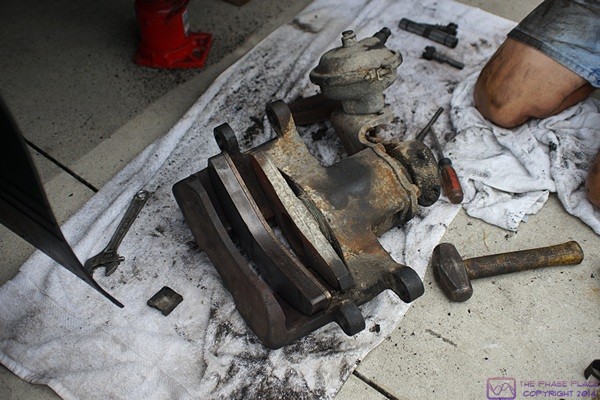
The DS tag axle air disc brake caliper.
Before installing the new brake pads Joe used a wire brush to thoroughly clean the parts of the caliper that involved moving pieces and got a considerable amount of rust, brake dust, and general fine debris to come loose. He also backed off the automatic slack adjuster and was of the opinion that the main actuator mechanism was moving freely and probably not what had cause the brakes to bind. At that point Joe thought that disassembling the caliper and trying to rebuild it on site was a bad idea and I was inclined agreed. The kit has a lot of parts and doing this outside in the rain did not seem like a good idea. The new inner pad was a better fit than the old one so he installed it along with the new outer pad. He then reconnected the air line to the brake canister.
Now came the moment of truth; could the disc brake assembly be reinstalled (at all), and if so, without causing excessive drag on the rotor discs. As I mentioned before, the assembly is bulky and heavy, but the answer to the first part was ‘yes.’ The answer to the second part was ‘sort of’, but ‘sort of’ is a much better answer than ‘no.’ Joe was a able to turn the hub by hand but it was harder to turn than he wanted. He decided to have me start the engine and slowly pump the brakes. Each time I released them I paused while he turned the hub 1/8 to 1/4 turn. What he was trying to do was get the new brake pads to seat and get the caliper to move straight in and out. After several times around he was satisfied with the way the wheel felt as he turned it. It still had a bit more drag than he wanted but he thought it would be OK. Short of driving to a shop like American Frame & Axle in Tampa or Prevost in Jacksonville, this was the best we were going to do as a roadside repair.
A light drizzle had started around 10 AM at which point I put my camera away, got out my raincoat, and got out an umbrella which I held over Joe as best I could while he worked. By the time Joe had the brake assembly reinstalled it was raining harder; not a downpour or thunderstorm, but a steady rain, and I had already put all of the new parts away in the front bay. Joe reinstalled the dynamic wheel balancer and then got the tire/wheel back onto the mounting studs. He put all of the lug nuts back on finger tight and then used the torque wrench to snug them up and pull the wheel flat against the hub. He then had me lower the tag axle, which did not require me to start the engine, and tightened the lug nuts to 650 pound-feet using the 12x torque multiplier with the torque wrench set to 65 lb.-ft. Why 65? There is some loss in the gearing of the torque multiplier and Joe has found that treating it as a 10x device seems to be perfect.
Joe gave me a dollar amount for the service call and Linda wrote him a check. I feel that he has always been fair with us and provided technically competent service with good value, so I have never argued with him about what he charged me or tried to negotiate a slightly better “deal.” That kind of negotiating, over what amounts to pennies in the larger view, just indicates to someone that I don’t value their work or that I think they are trying to take advantage of me or even cheat me. In the end all that does is create ill will, which is ultimately not in my best interest. When Joe, or anyone else, works on our bus I want them to be glad to do the work and happy that we are their customer; there’s too much riding on it to have it any other way.
Joe got all of bus tools packed up and then we chatted for a while before he took off. His timetable from this point on is a little loose but he thinks he is going to be in Williamston, Michigan, sometime in early April. That’s only 30 miles from our house, so we discussed the possibility of him coming to our place at that time to at least service the other three disc brakes. That would require us to get home, of course, but with the mild winter up north that might be possible. We do not have any plans beyond our scheduled departure from Jetty Park on March 29th.
After Joe left I explained to Linda what he found, what he did, and why he thought the brake was fixed and would probably work properly now. I then sent a short text message to Butch Williams, Chuck Spera, Pat Lintner, and Ed Roelle updating them on the status of the situation. These are four of my five “go-to” bus guys, the fifth being Bill Gerrie from Ontario.
Pat called me right away. He and Vickie we’re glad to hear that the problem was probably resolved and we would be arriving at Jetty Park on Monday as scheduled. Linda had looked at the website for the home and garden show at Epcot Center and had me indicate to Pat that we would like to go assuming she is sufficiently recovered from her illness and we can find a nice weather day.
Not long after I got off the phone with Pat I got a call from Chuck. Chuck’s interest in our brake situation is based on more than just the concern of one friend for another. He and Barbara have an H3-40 VIP Liberty Conversion that is only one year newer than ours. That means he likely has the same exact brake components as we do and is potentially facing the same failure/repair/maintenance issues as us.
While I was on the phone with Chuck Linda checked the Livingston County Road Commission website and found that the Spring Seasonal Size and Weight Restrictions had been lifted from all of the roads. That meant we were clear to return home at any time. We have had a good winter in Florida, and are looking forward to our week at Jetty Park, but we are not feeling the need to linger here to avoid freezing temperature back home. Indeed, the last week here has been hot and if that continues we will definitely be ready to leave.
After the phone calls I made vegan cold cut sandwiches for lunch and got out our vitamins. After lunch Linda went back to bed and I started working on the draft of this blog post. Linda got back up around 3 PM. By 5 PM I had finally captured the details of today’s events. Linda spent part of the afternoon researching and purchasing Easter holiday gifts online for our children and grand-daughters. She was out of tissues, so I drove to the Dollar Store in Webster to buy more. When I got back I sat at the desk and edited another week’s worth of blog posts from mid-late December 2015.
As I was wrapping up my work to have dinner Adobe CC notified me that two updates were available. That meant Lightroom and Photoshop, and we have them installed on both of our computers. Our Verizon billing cycle was due to reset at midnight tonight and as of dinnertime we had used 10.927 GB out of 12.0. This a bit of a game with us, and we like to use as much data as we can without exceeding our plan.
Around 6:30 PM Linda started fixing dinner in spite of still feeling pretty lousy. She improvised an Udon noodle dish with broccoli, carrots, onions, and mushrooms and a citrus soy sauce which really gave it a spark. She is taking OTC medications for her “cold” so she had water to drink while I had a glass of Arbor Mist Mango Moscato. It’s growing on me.
I felt the need to get up and move around a bit after dinner while Linda felt the need to rest. I took both of our iPads and my smartphone and walked up to the library in the FGMCR clubhouse to use the resort Wi-Fi to update them. I had 10 app updates on my phone (estimated at 150 MB) and three on my iPad (200+ MB) while Linda had four on her iPad (200+ MB). Rather than compete with myself I updated my phone first and then Linda’s iPad while I worked on this blog post on my iPad. I then updated my iPad. Even though we had 1/12 of our monthly data plan remaining at 7 PM these updates would have used over half of that.
When I was done updating our devices I walked back to our rig. PBS out of Tampa / St. Petersburg was fundraising (again), this time featuring folk/rock/pop musical performances from yesteryear, so we left that on for background entertainment. I uploaded one blog post from December 7, 2015 but was not in the humor to do more this evening. I was monitoring our data usage closely and decided to update Adobe Lightroom on my computer. It was 300 MB so I decided to defer the other three Adobe updates until tomorrow when I can take our computers to the resort library and do them there.
By this point Linda had long since gone to bed so I upgraded her laptop to ESET Smart Security 9 (SS9) which then required activation. That was not the case on my computer and I had to go through a process of converting a username and password to a license activation key and then using that to activate the product. While the upgrade was downloading and installing I installed the My Verizon Mobile app on my iPad. I had to look up our account credentials but it would not let me log in. It was getting close to midnight when our billing cycle would end and was telling me to “try again later.” With that done I started following the procedure on ESET’s support website for updating drivers that Windows 10 is unable, or unwilling, to handle.
The ESET SS9 program was reporting that 16 or 17 driver updates were needed but I had to write them down on a sheet of paper. These are manual, one-at-a-time, updates made by using the Device Manager to select a device, select “update driver,” and then select “search the computer and Internet for a more up-to-date version.” If it finds one it installs it, which might then require a restart of the computer; a tedious and time consuming process for even one update. I did 4 or 5 of these updates successfully but was too tired to do them all. As it approached midnight we had used 11.6 of our 12.0 GB data plan and at the stroke of midnight the usage reset to zero (0). Having successfully managed our meager 12 GB data plan (per monthly billing cycle) for the second month, squeezing out as much data as possible without incurring overage charges, I went to bed.
2016/03/20 (N) FGMCR Finale
Linda got up at 6 AM to take more medication and then went back to sleep on the sofa. I was unaware of that at the time and found out when I got up at 7:45 AM. I sat in one of the captain’s chairs with Juniper on my lap finishing yesterday’s blog post draft and then started today’s. I finally got up at 9 and made coffee.
I worked most of the morning and early afternoon uploading blog posts from December 2015 to our website, taking time out for a few chores, and managed to upload the posts through December 20th. I got a loaf of bread out of the freezer around 10 AM to let it thaw. I made toast at noon for an easy meal. With lots of nice puffy white clouds around, and a forecasted high temp of 79 degrees F, I put out the awnings on the driver (southeast-facing) side of the coach, turned off the residential air-conditioners, opened the windows and roof vents, and turned on the ceiling exhaust fans. I grabbed my Tilley hat and walked the trash down to the dumpster. I love my Tilley hat.
At 1:30 PM I powered down my computer and took it to the library at the resort clubhouse along with my iPad. The music jam was taking place in the main room at 2 PM so I closed the connecting door. That made the volume just about right and I enjoyed the background entertainment while I updated and blogged. The musical genre was “country and gospel” (of course). Not my kind of music, but the musicianship was high enough to be pleasant and the participants were obviously enjoying themselves.
When I first powered up my computer the disk drive light sputtered for a long time and the screen remained blank as though it was having trouble starting. I powered it off, let it sit a minute, and then powered it back on. This time the HDD light came on and stayed on, flickering slightly, which is what it normally does on startup. It took a long time for the startup screen to appear, but it eventually did. This behavior is, unfortunately, not unusual following updates, but the failure to start up could indicate a developing problem with the HDD. I installed a number of updates last night, but had restarted the computer several times without difficulty. Adobe Creative Cloud (CC) notified me that there was an update available for Photoshop CC (2015) but I already knew that; it was my main reason for going to the library to use the resort Wi-Fi connection to the Internet.
With Photoshop updated I turned my attention to updating device drivers. As I described yesterday, this is a manual, one-at-time, process. I got five drivers updated without needing to reboot the computer but the 6th one required a restart. This time the start screen came up fairly quickly and I was able to connect to the resort Wi-Fi and log in without difficulty. I then continued updating drivers. There were two drivers for printers that we do not own, and a driver for the Intel WatchDog Timer (Intel WDT). Try as I might, I could not locate the Intel WDT within the device manager and thus could not update it.
It’s possible the WDT is not enabled in the BIOS of my computer; from what I saw on the web not all manufacturers utilize it. I restarted the computer to make sure things were fully installed and configured, and just to make sure it would (start up). When the HDD light finally went out I checked for Windows 10 updates. It reported that my device was up-to-date but ESET SS9 was still indicating an update to a driver I updated last night. I updated it again and then restarted the machine once again. I let it start up fully and then powered it down and went back to our coach. I will go back later and update Linda’s computer. I will also try to update our Rand-McNally RVND 7710 GPS navigation system, and perhaps our Garmin 465T GPS navigation system as well. There’s a Wi-Fi Room at the west end of the clubhouse and I think I will try working there.
Back at our coach the bed was clear so I got out the computer cases. I also needed the USB tether cables for the two GPS navigation systems. I thought the cables were stored inside the sofa so we had to remove all of the cushions to get access to them. As long as they were off, we rotated them. The cables were not there so I looked in several other places before finally looking under the bed and finding one there. Fortunately it fit both GPS units. I packed up both of our computers, including the power supplies, my iPad, and put the two GPS units in my computer case. I piled everything in the front seat of the car and drove back to the clubhouse, but this time I went to the Wi-Fi room.
The Wi-Fi room has four small desk tables set against the walls and a slightly larger round table in the center of the room. Each desk table has a comfortable office type chair on casters and an outlet strip to supply AC power to portable devices. I was the only person there and picked the desk table in the darkest corner to set up my equipment. I got both computers plugged in to AC power and started them up. There was a wireless access point visible in the room, so I connected to it instead of the SSID I normally use at the other end of the building. I figured the stronger signal would provide a more reliable, and perhaps faster, connection. I then connected the Rand-McNally TripMaker RVND 7710 GPS navigation unit to my computer with an appropriate USB cable and turned it on. Once it connected with my laptop the Rand-McNally Dock software opened automatically and informed me that there was an OS/firmware update available for the device and also a map update.
I did the device update first and it took about 10 seconds. I then started the map update. At one point it told me the download would take 13 hours to complete, and that was after it had been downloading for an hour. The R-M map update process is almost 4 GB of data and often does not complete successful. When that happens everything is lost and you have to start over. Basically, you can’t do the update on a limited/metered data plan, which is why I was sitting in the FGMCR Wi-Fi room trying to do it using the resort’s Internet connection.
With the map download under way I opened ESET SS9 on Linda’s computer to see what updates it thought were available. I tried yet again to install the update for the Microsoft Visual C++ 2012 Redistributable, and once again it did if not seem to work correctly. Windows 10 Update said it was available, said it downloaded it, and flashed the screen about six times that it was installing, before finally indicating that everything was up-to-date. I tried to repeat what the ESET technician did on my machine by locating and repairing the update, but unlike my computer it did not appear in the list. It really looks like I will have to get online with ESET again and gave them work some more of their remote magic.
Next I decided to update some of the indicated drivers on Linda’s computer. I opened ESET SS9 again, went to available OS updates screen, and wrote them down. I was able to update four of the 11 but could not find the other devices in Device Manager. On my computer there was only one driver of any importance that I could not locate, but Samsung and ASUS obviously do not do things the same way. What was surprising is that ESET SS9 is identifying updates for device drivers that do not appear to exist. I restarted Linda’s machine to make are sure everything was OK and it appeared to be.
Two other people showed up (a couple) and were web-surfing and streaming some videos on separate devices. All of which was fine; they had as much right to do that as I had to do what I was doing, perhaps more if they are owners, but I doubt that any of us were getting great data speed. I started the update for Adobe Lightroom CC (2105) on Linda’s computer anyway, knowing that it was approximately 300 MB and would likely take a while. Linda has lost her voice so I texted her the status of my work and suggested that she get out a folding chair and sit outside for a while in the lovely fresh spring air and sunshine.
Another couple came in to Skype with someone but decided to set up their tablet in the Billiards Room so as not to disturb the rest of us (or keep their conversation private, or both). A short time later the first couple left and my map download, coincidentally, speeded up quite a bit. I initiated the update of Adobe Photoshop CC (2015) on Linda’s computer and the map download on my machine, not coincidentally, slowed way down.
I had a brief chat with Butch Williams between 8 and 9 PM EDT. He and Fonda were also preparing to move on tomorrow from their RV Park in Huahauca, Arizona. Their next waypoint was Deming, New Mexico but he did not know if they would make it in one day. I was finally finished with my computer and GPS unit updates by 9 PM (except for our Garmin 465T) and returned to the coach. Linda had held dinner, which I appreciated. We did not have to be up at the crack of dawn so we stayed up a while and watched TV before turning in for the night
